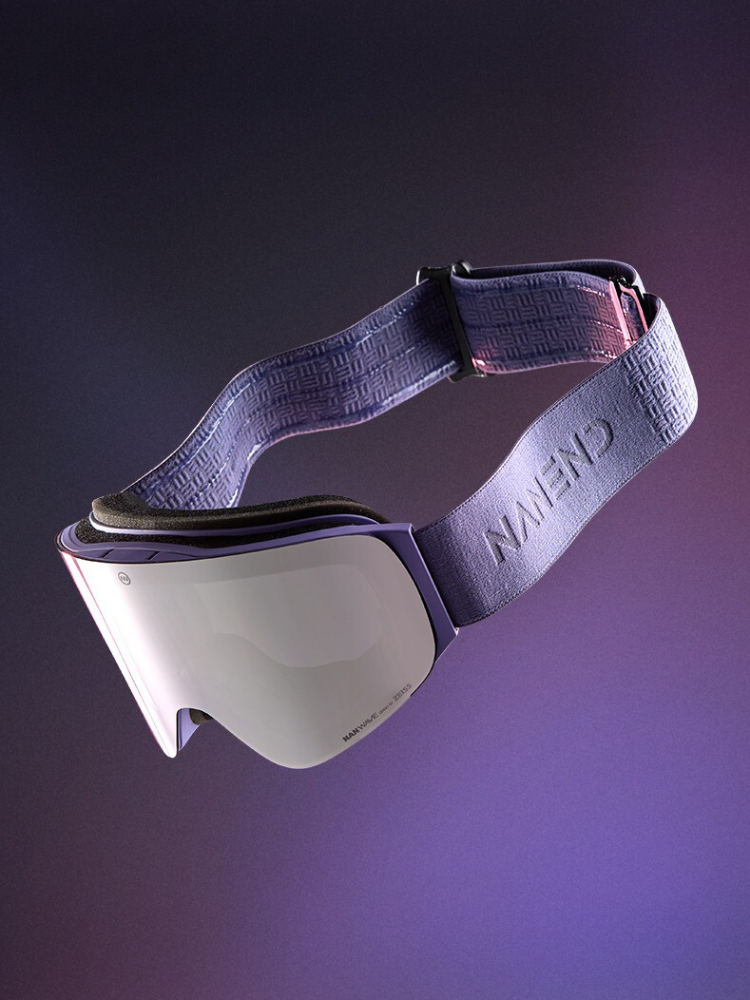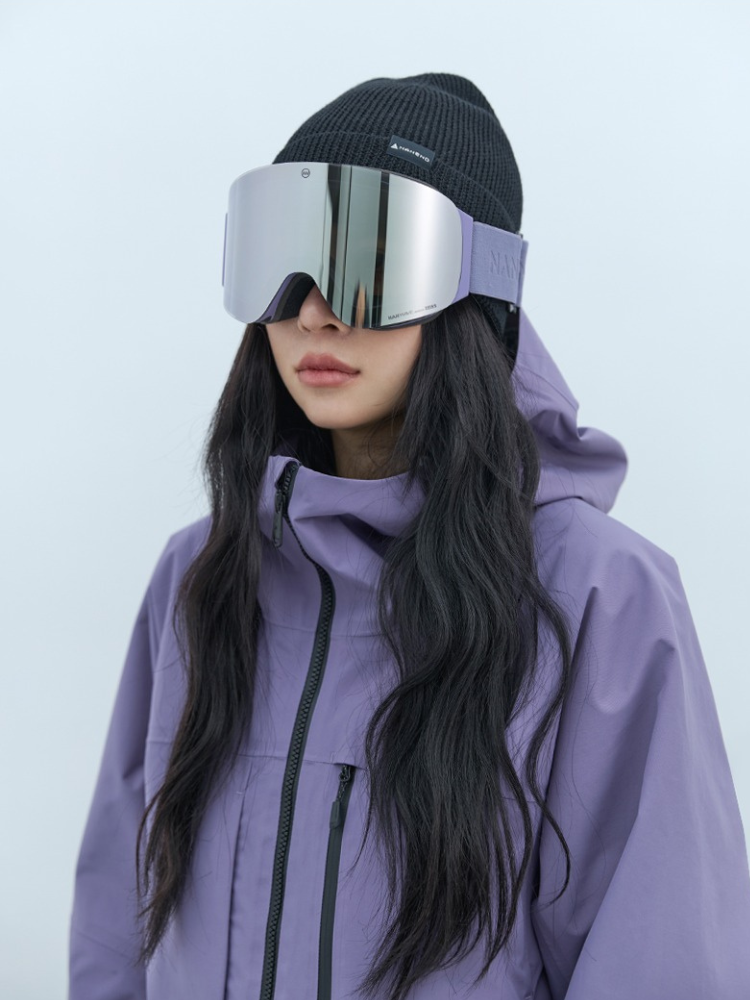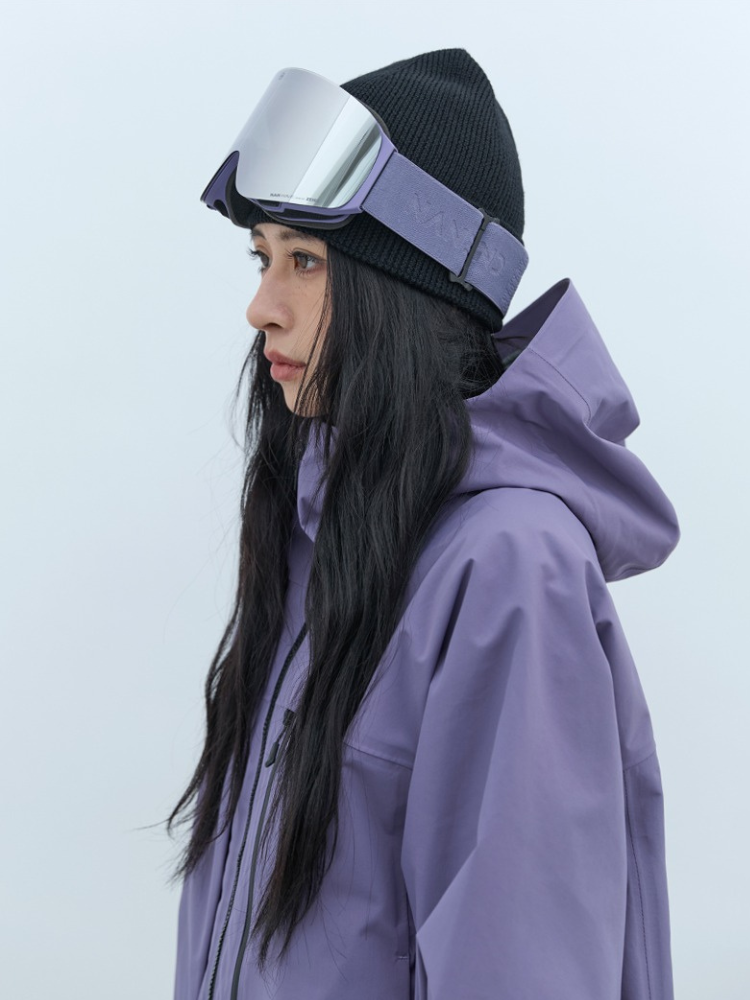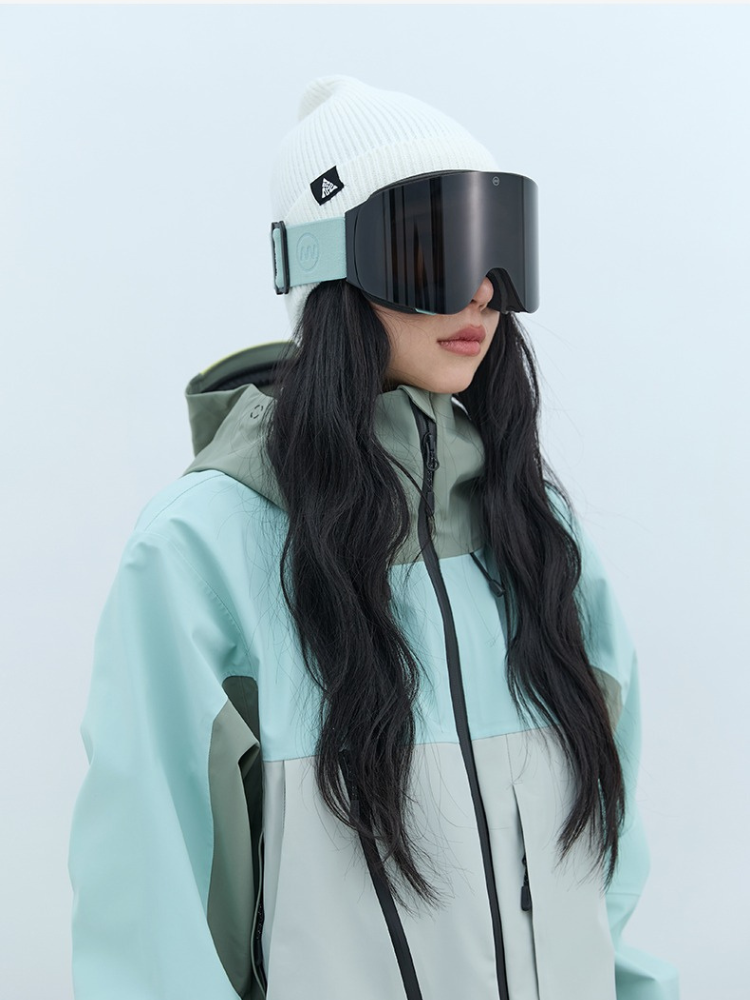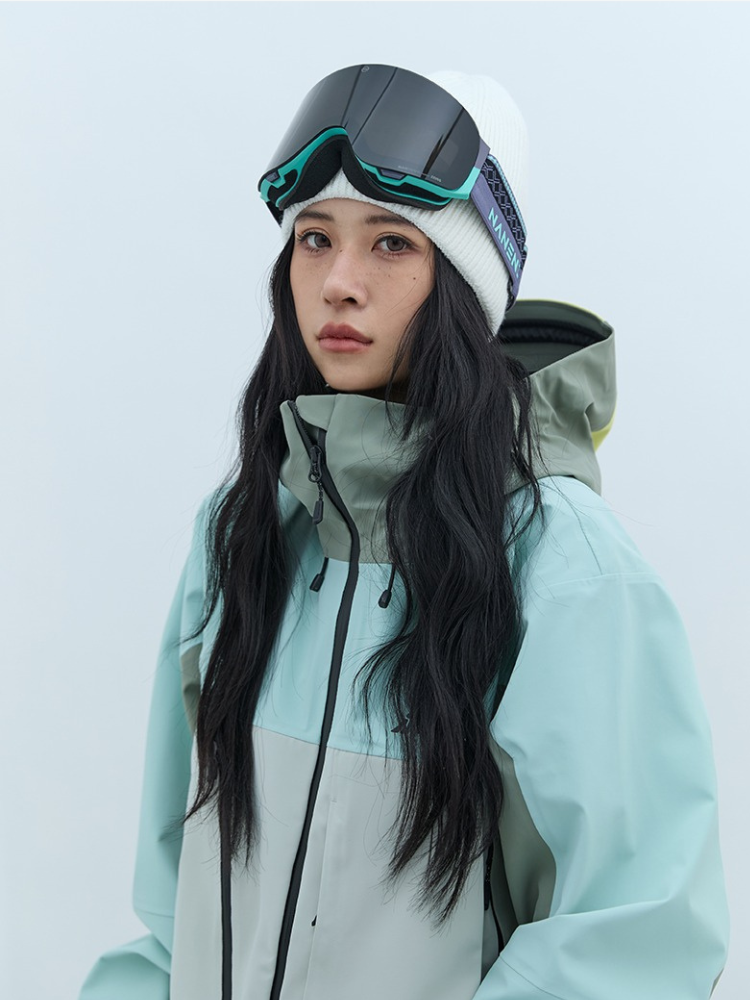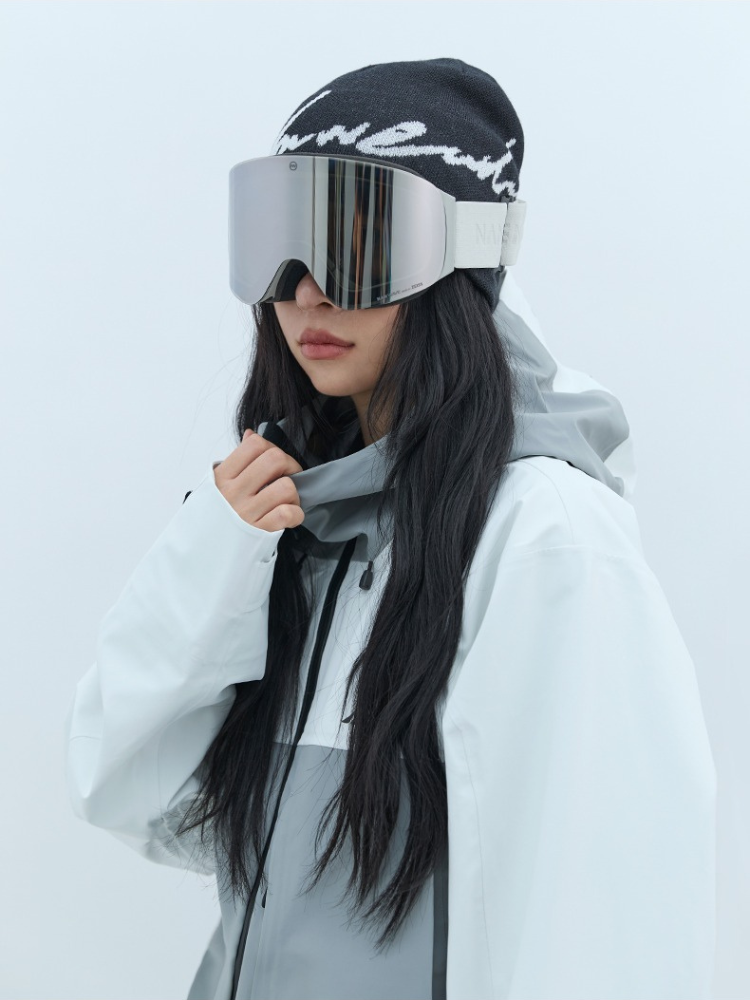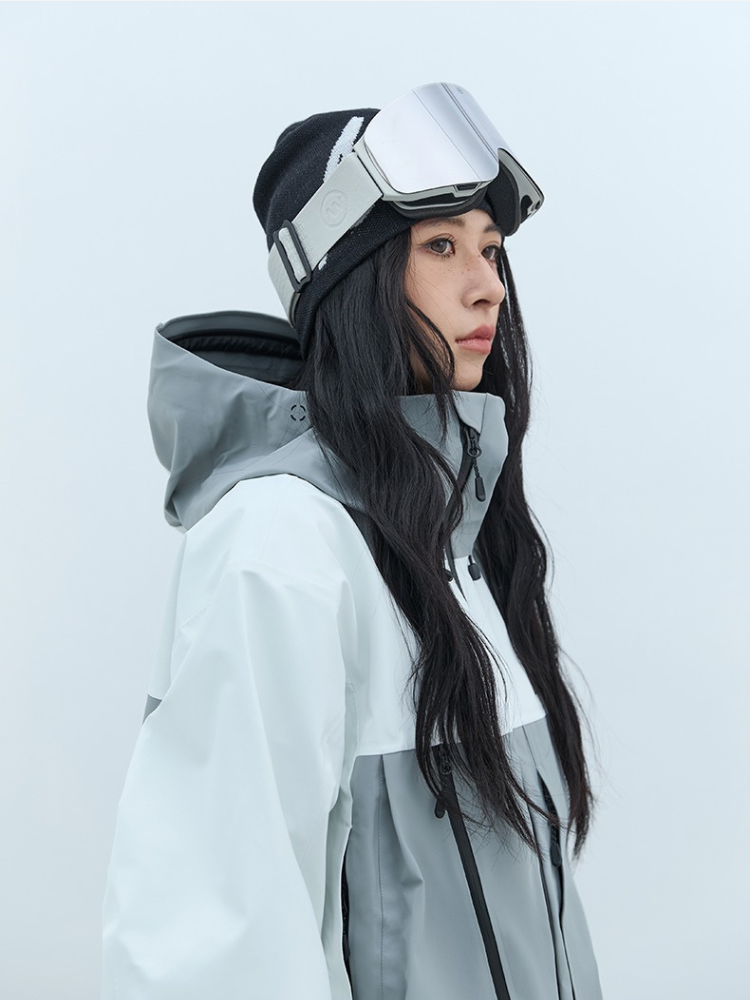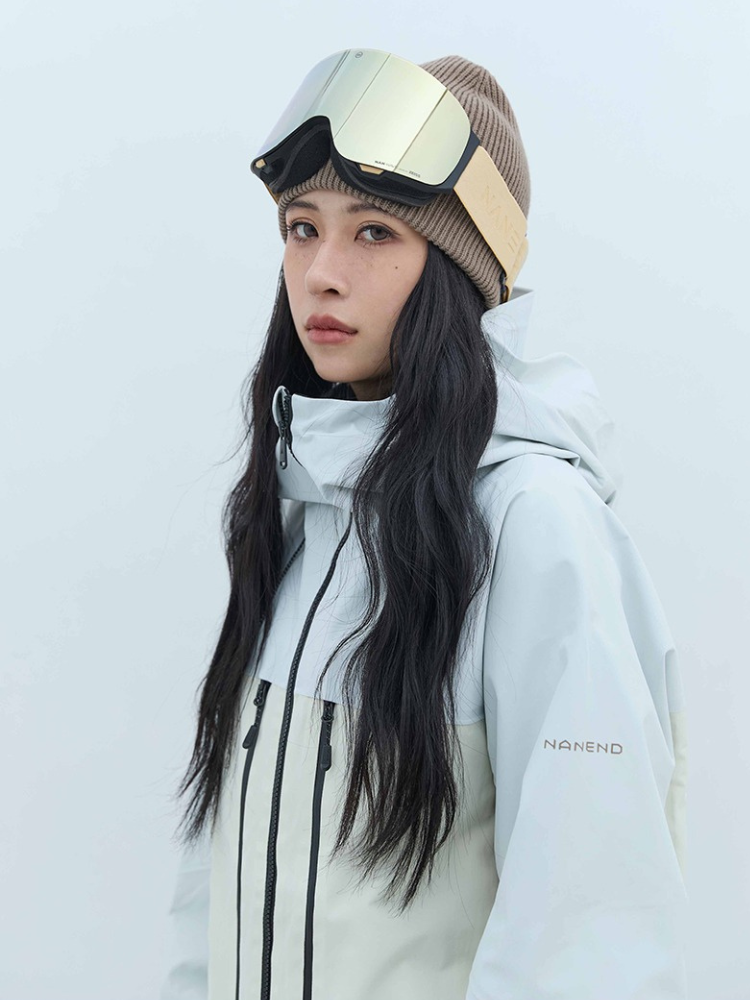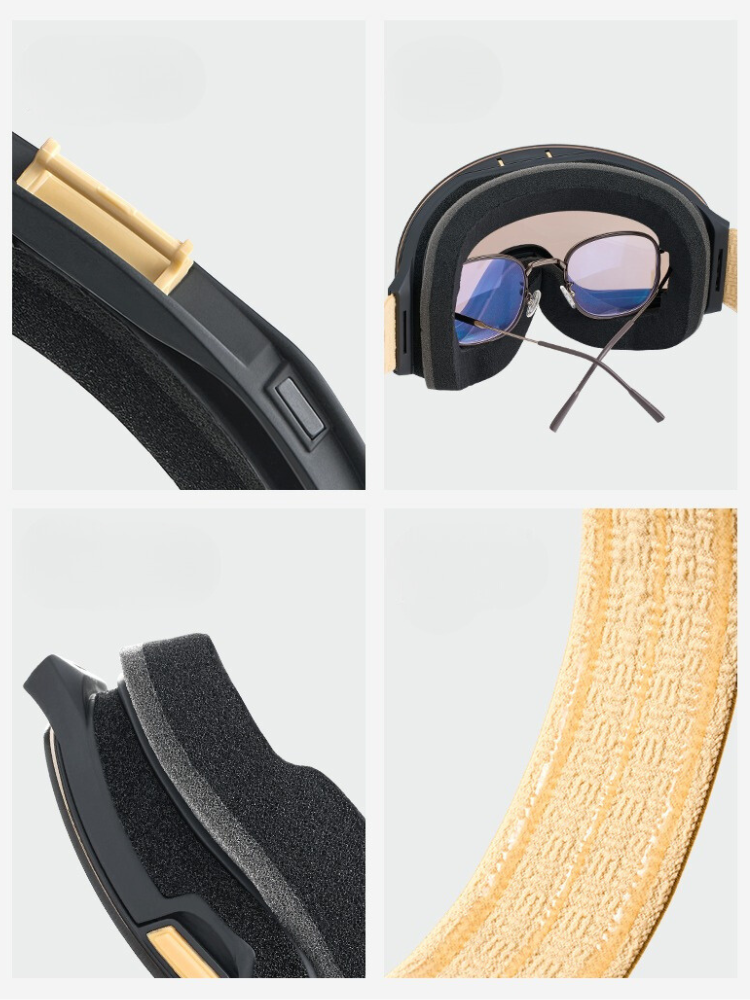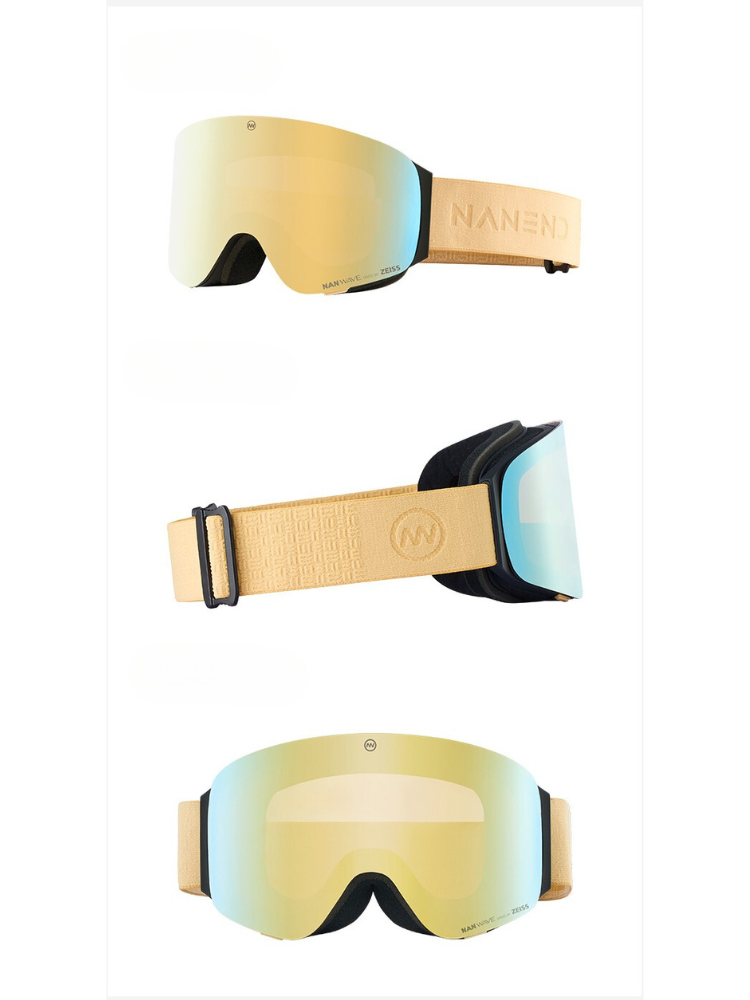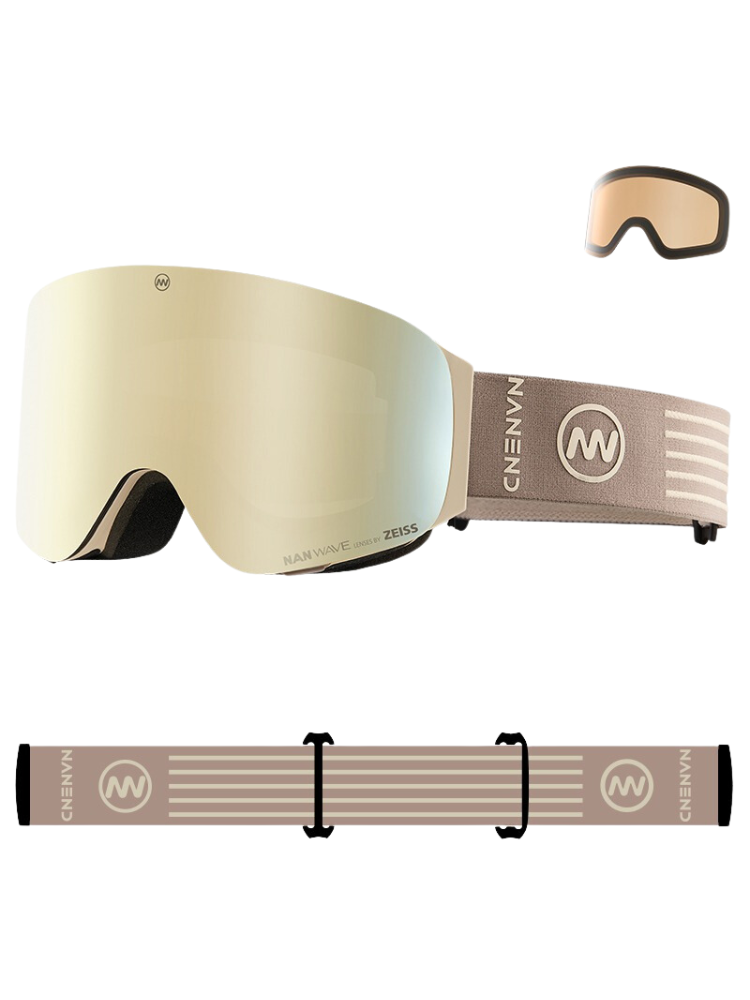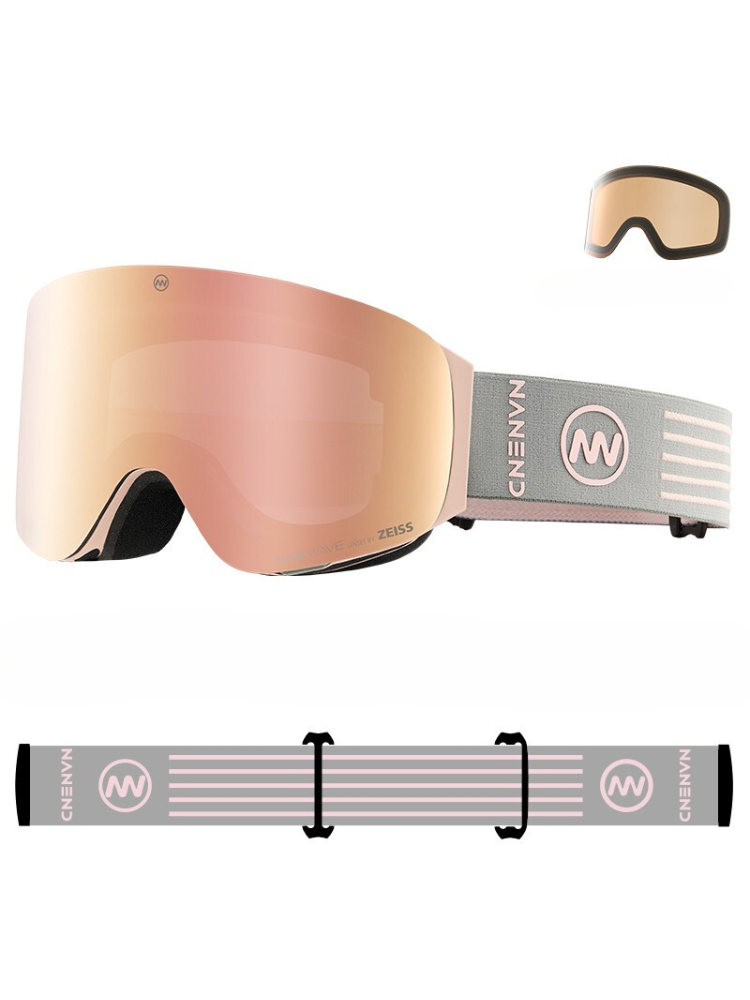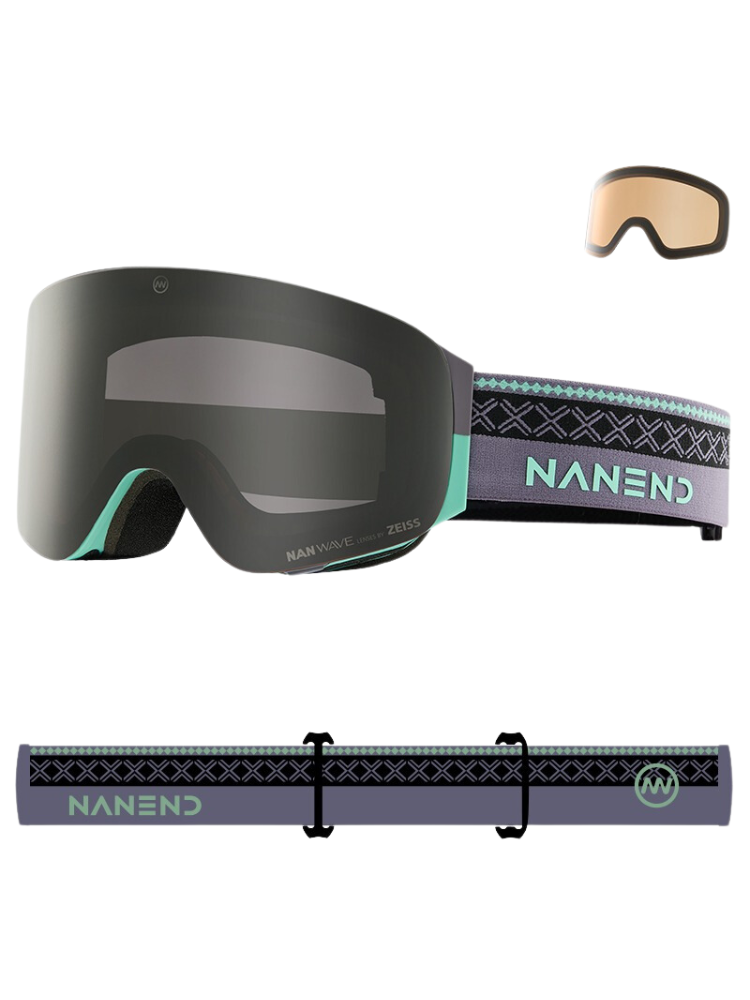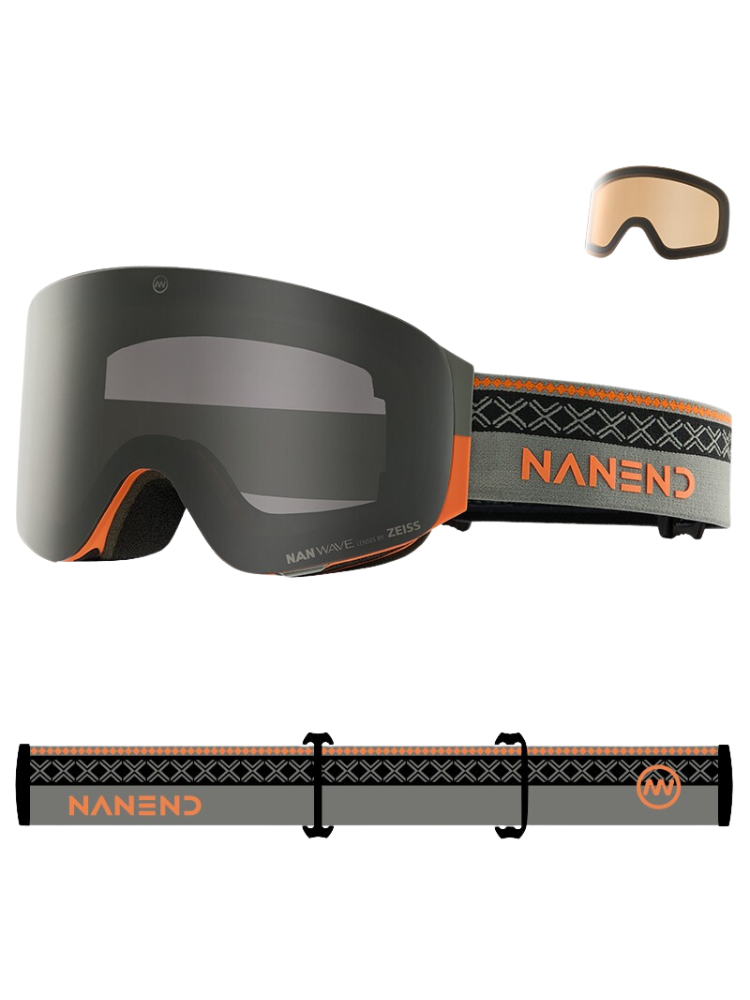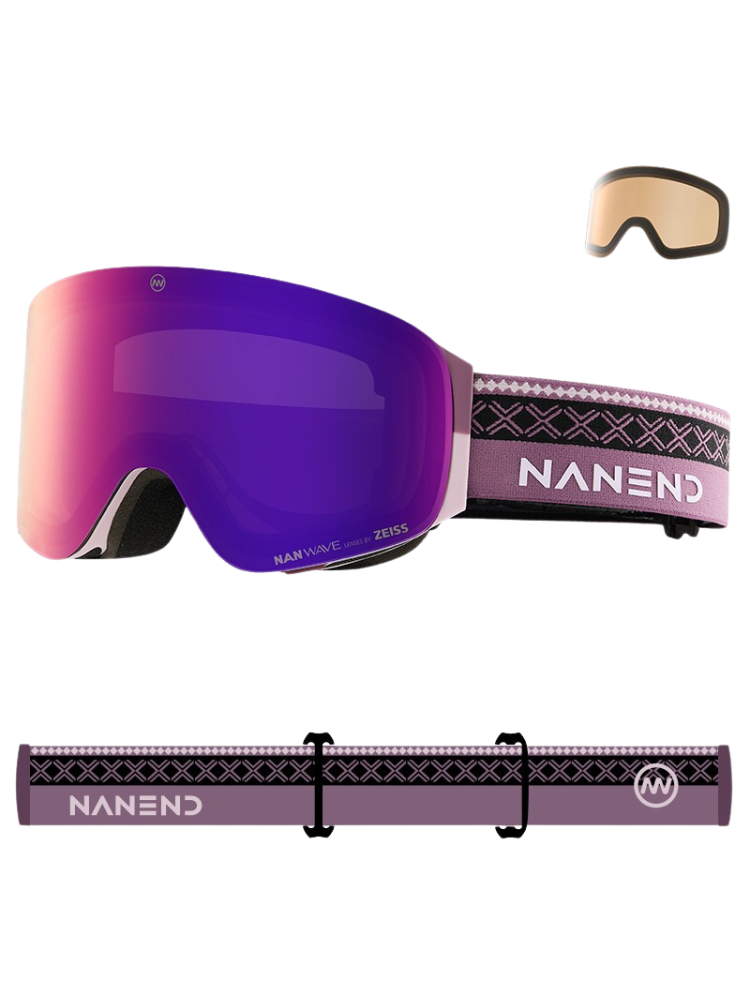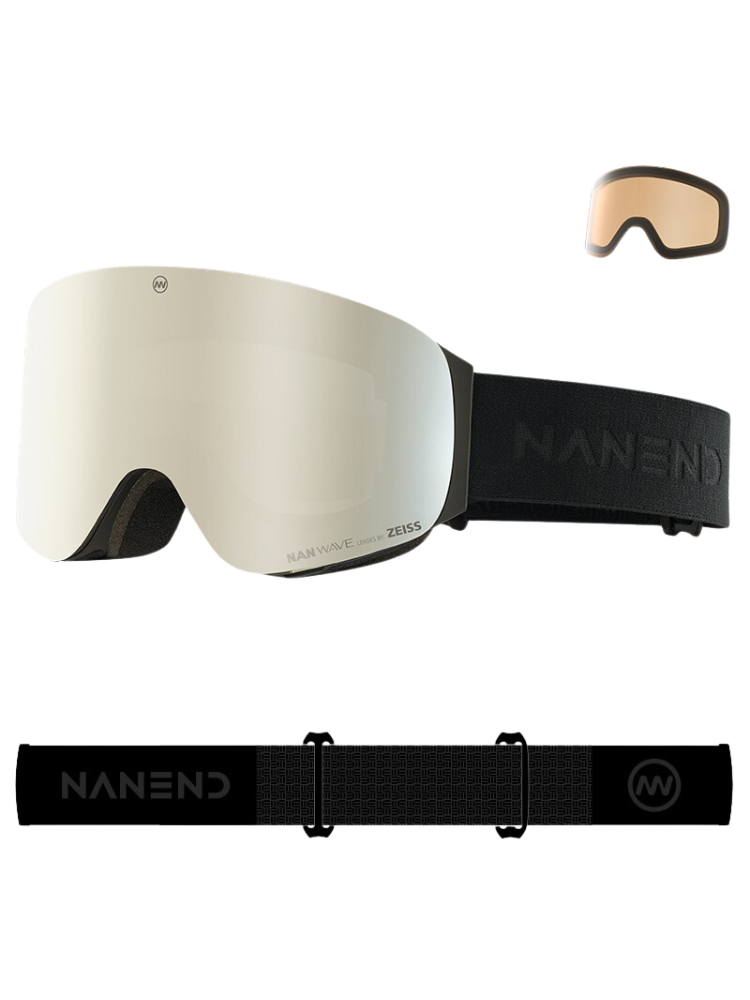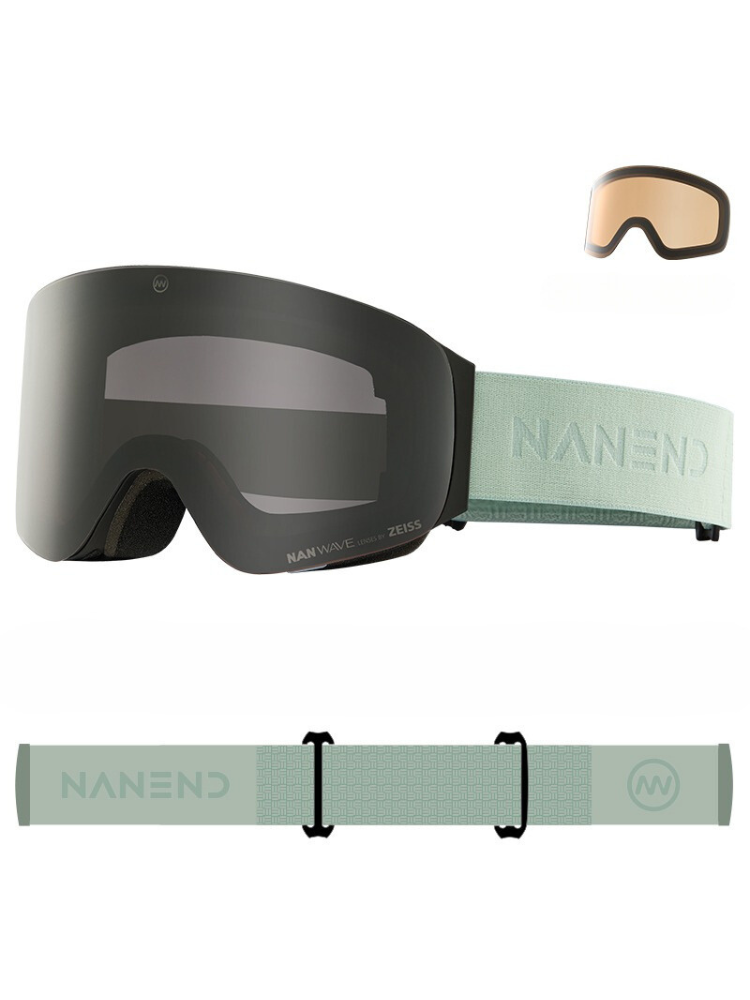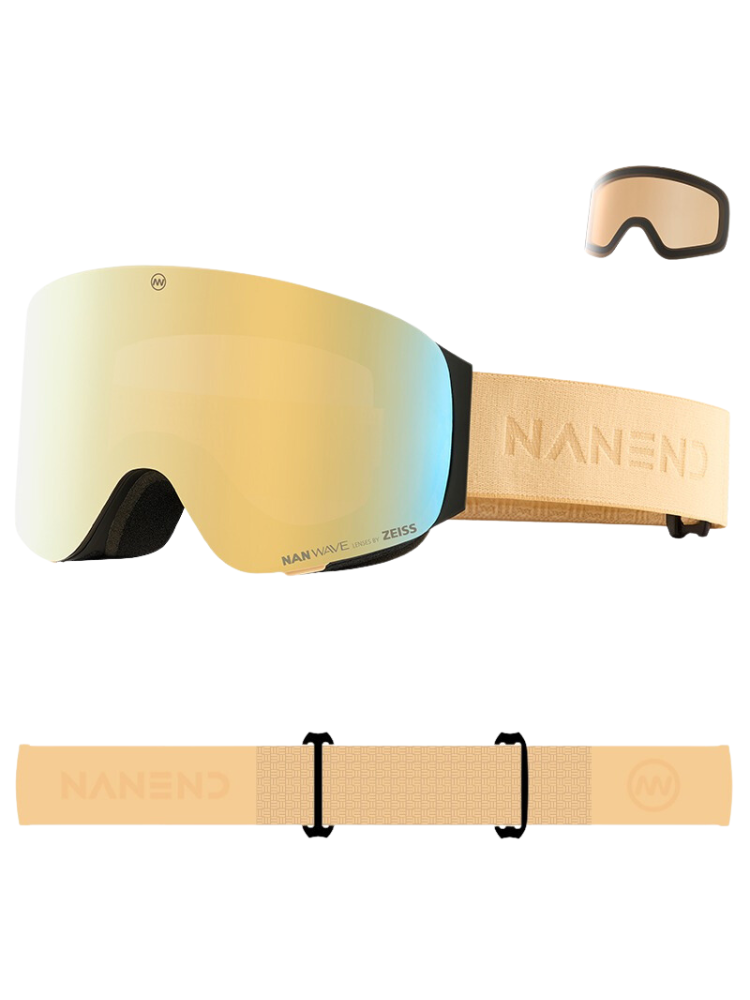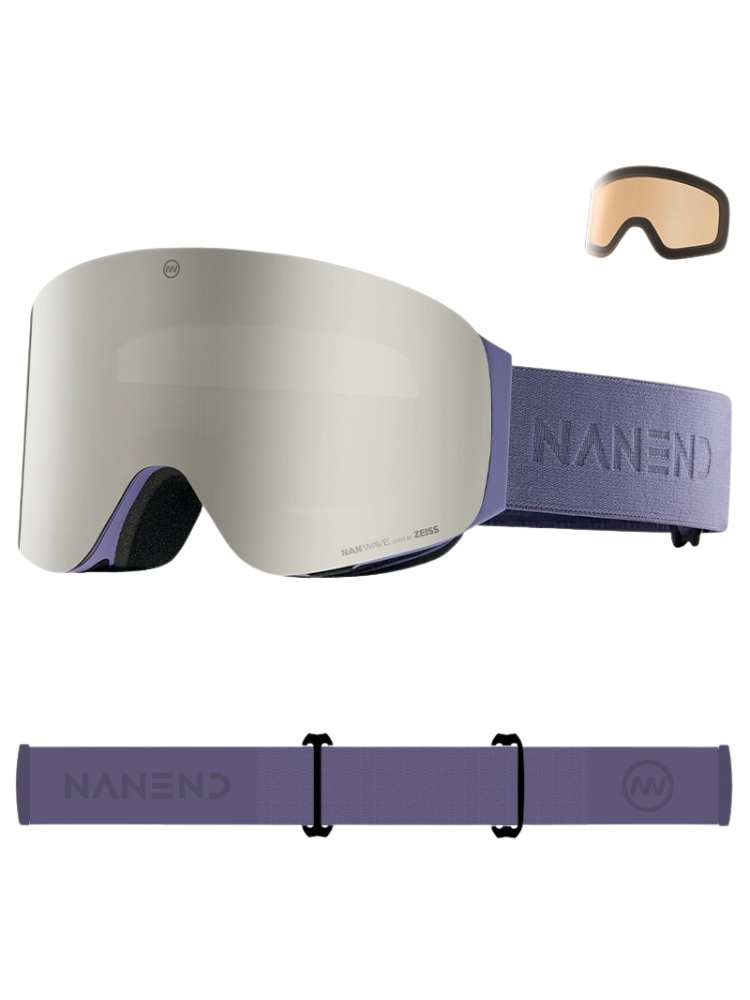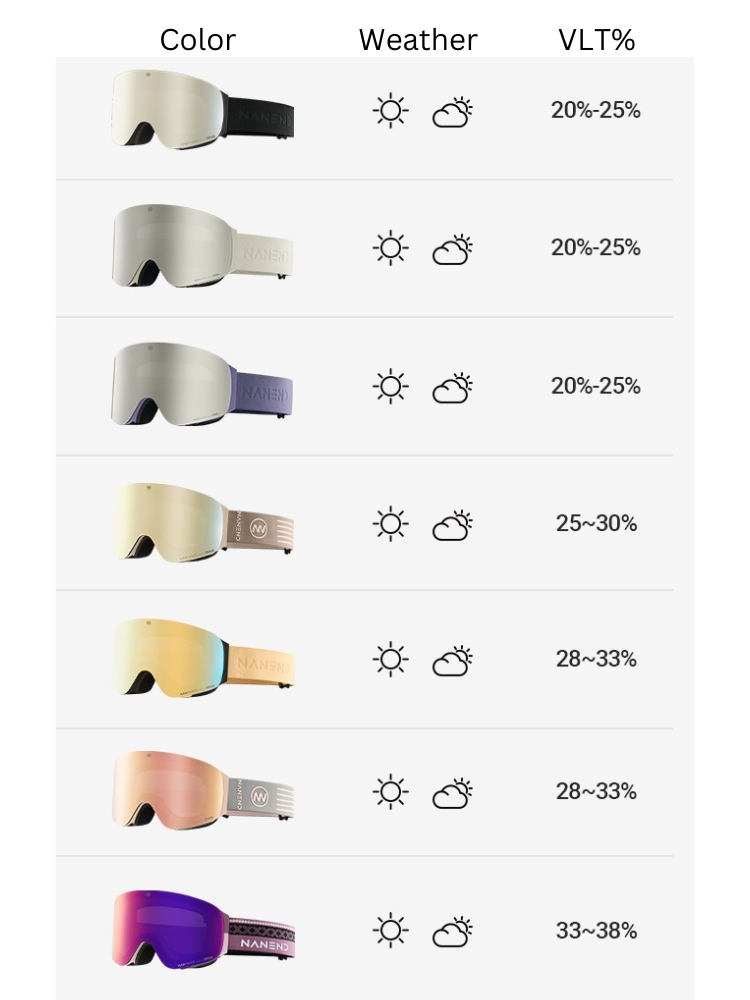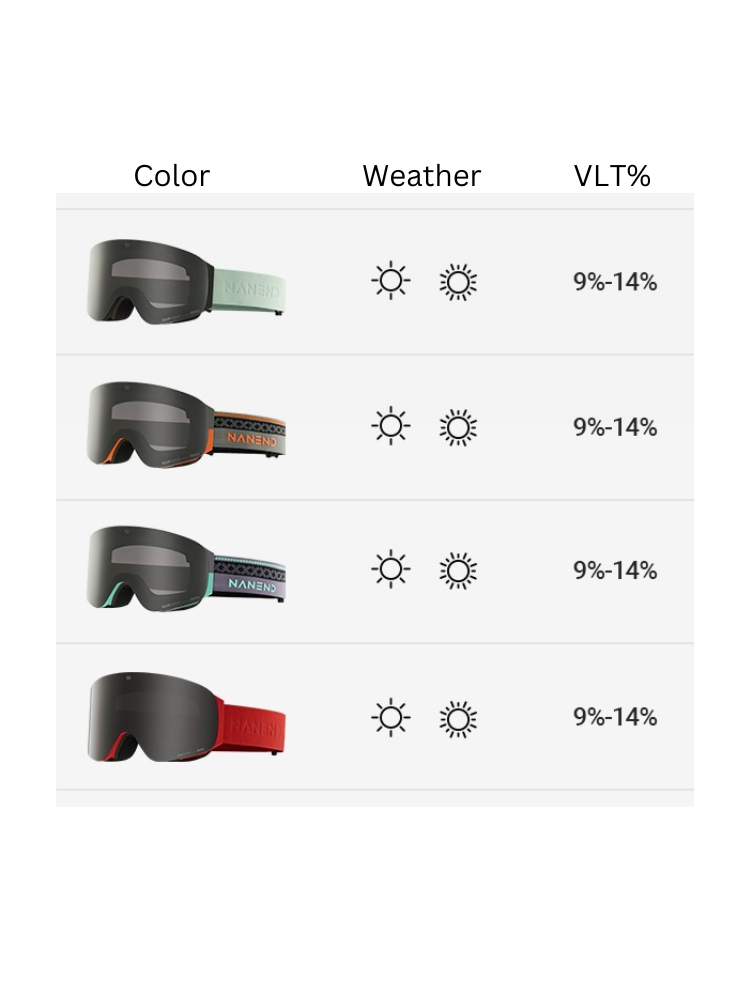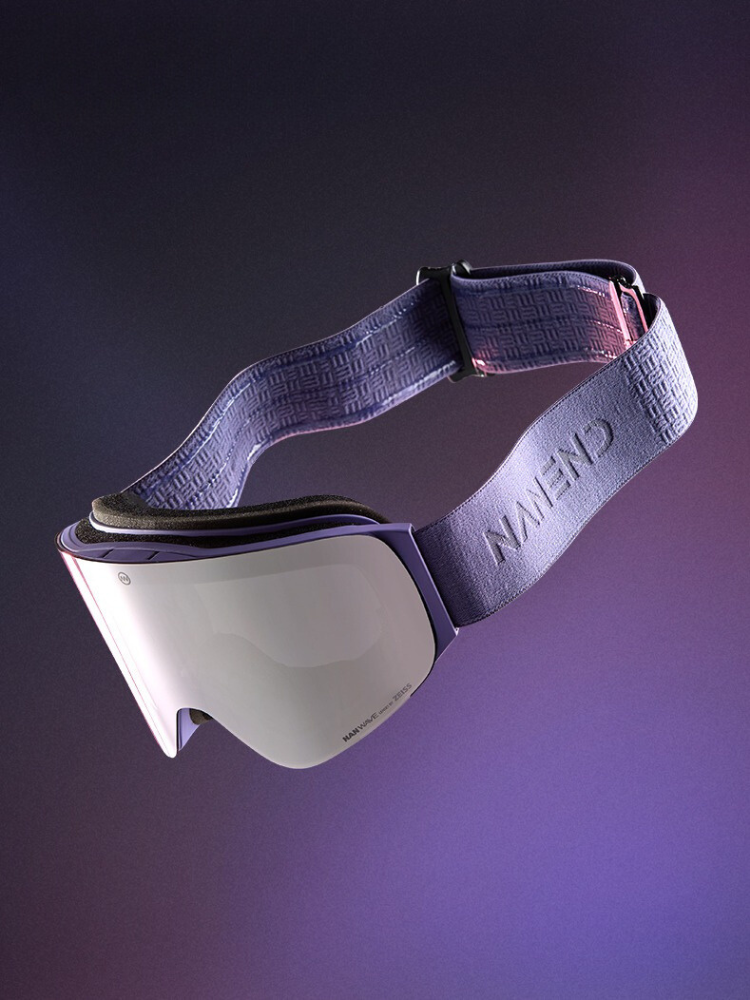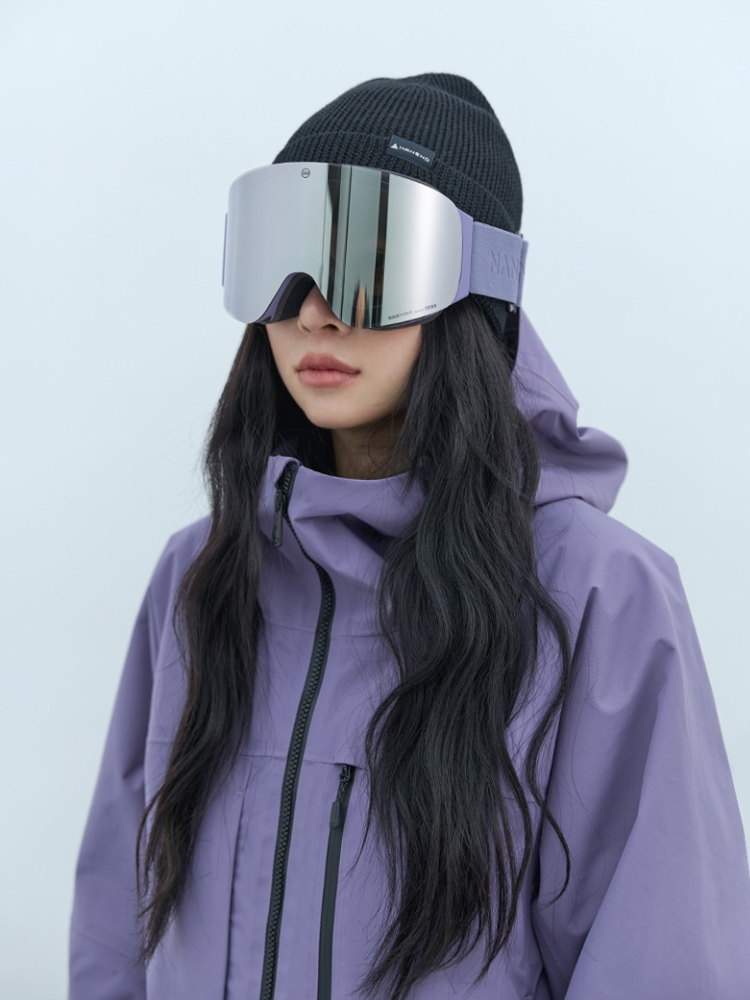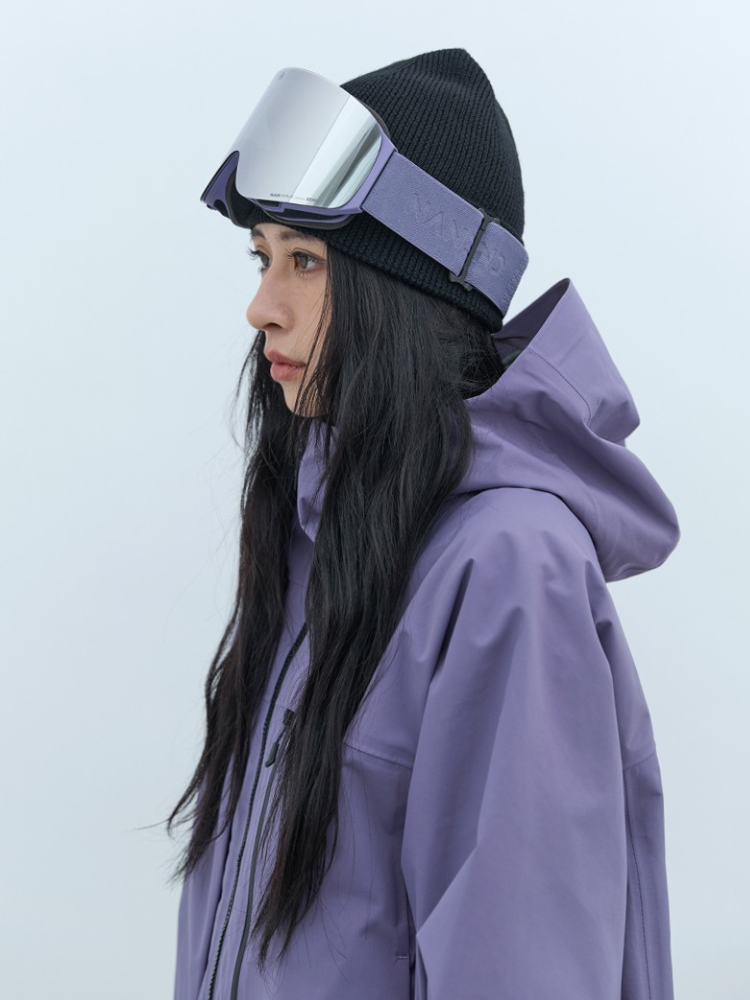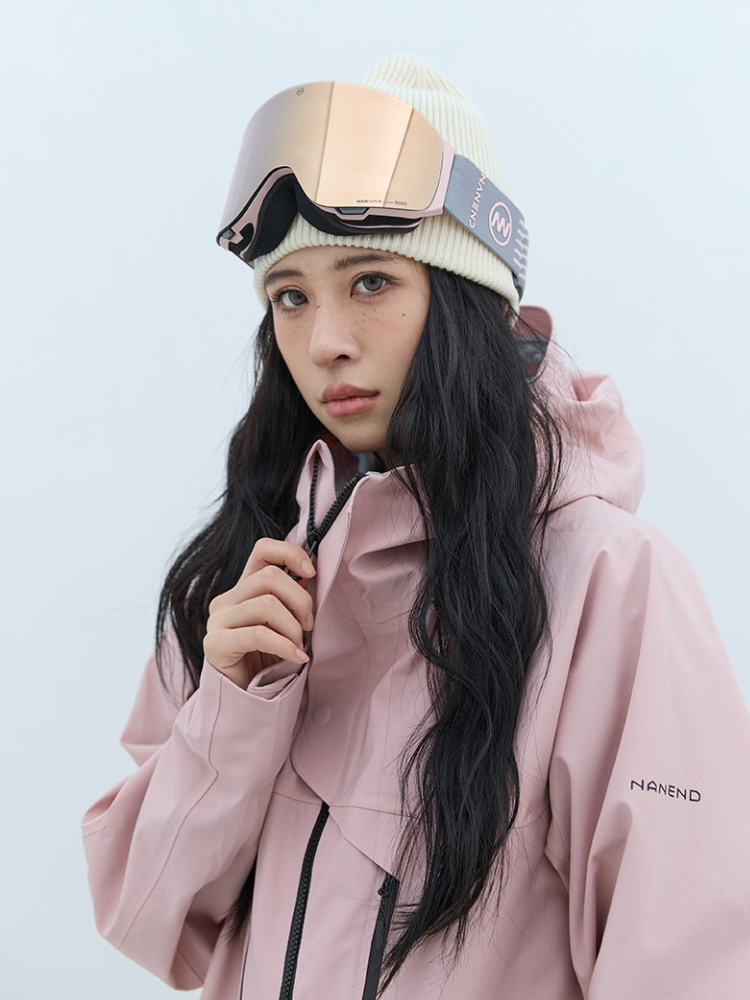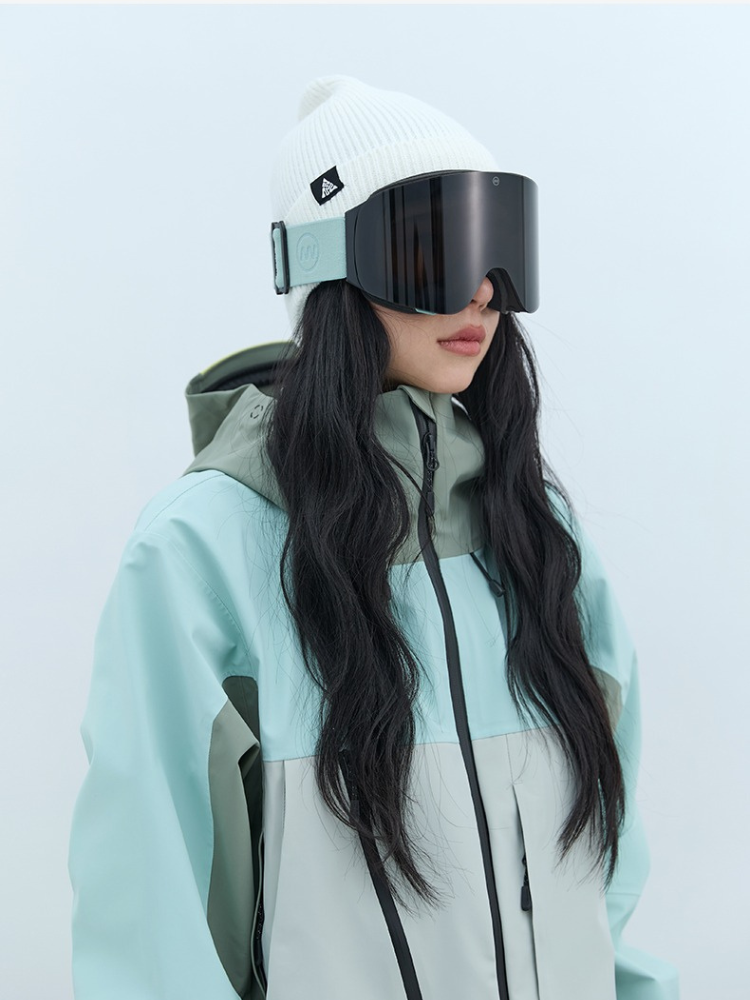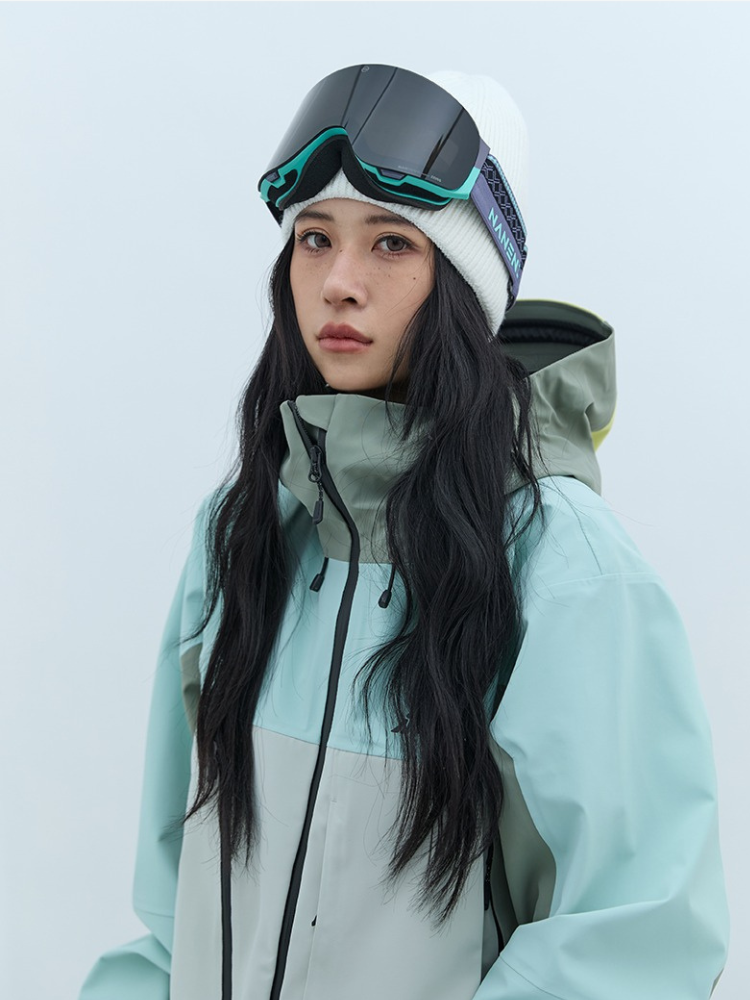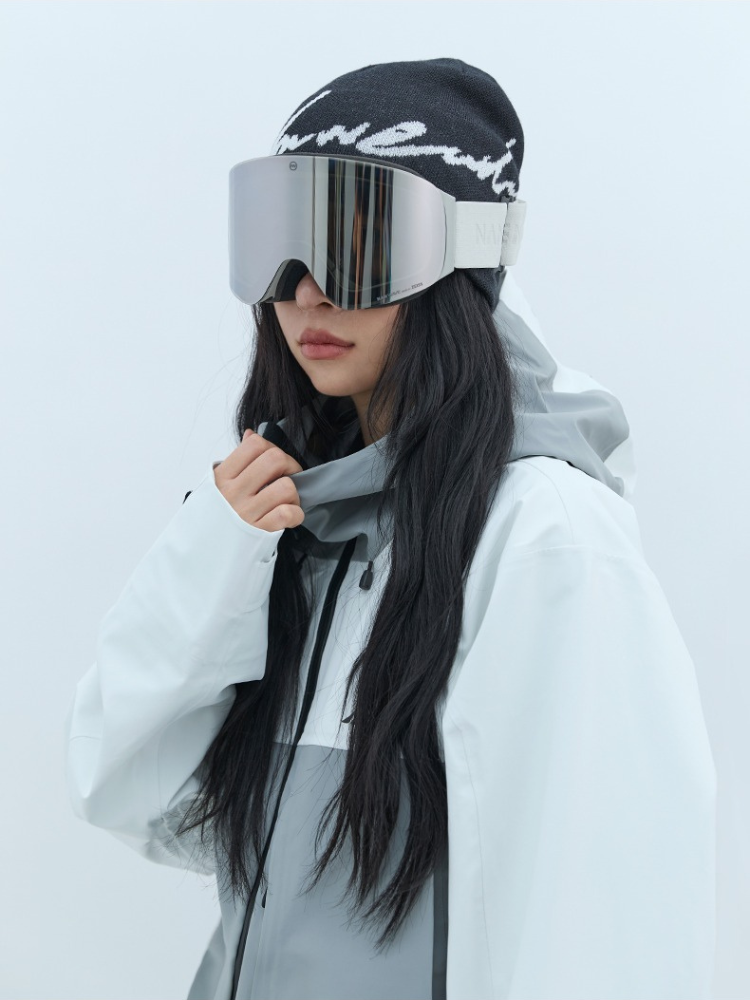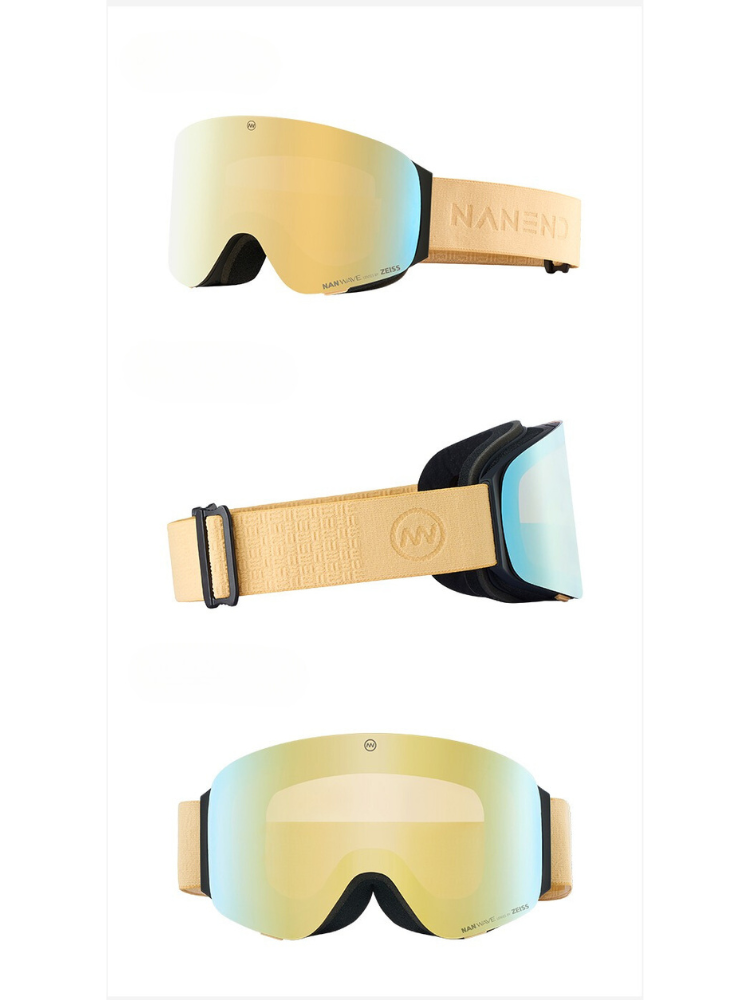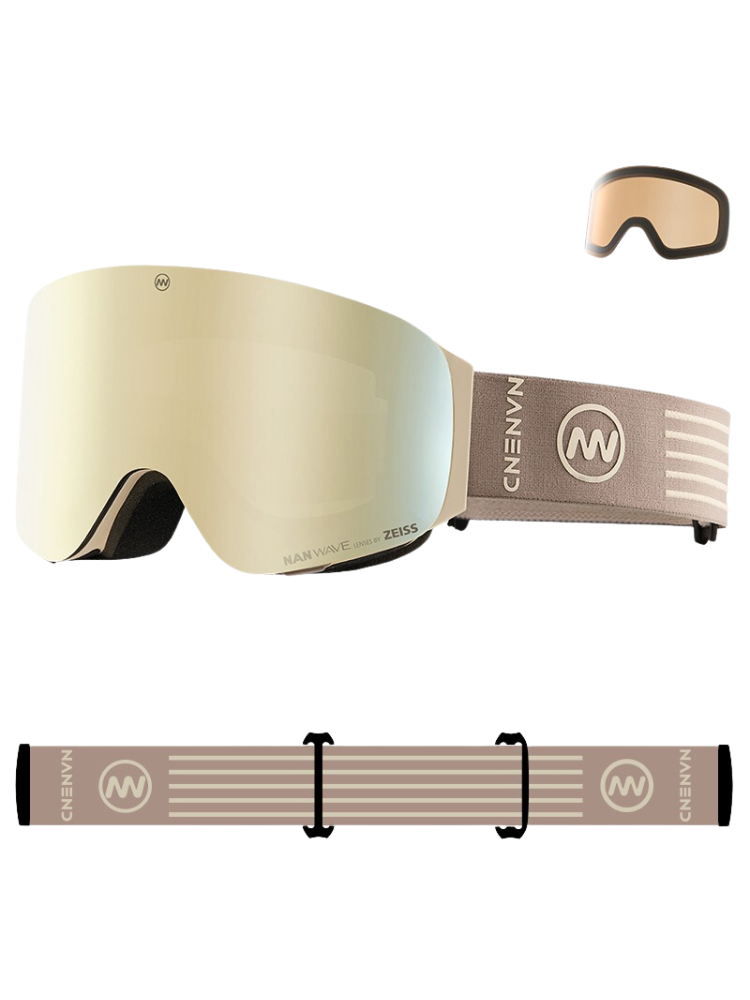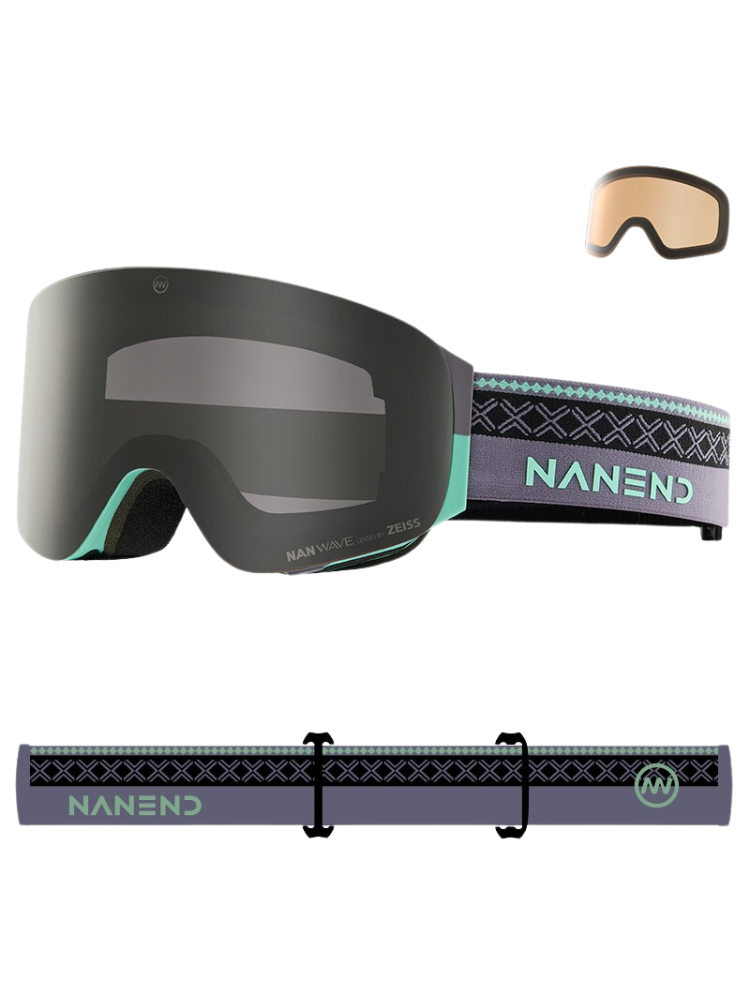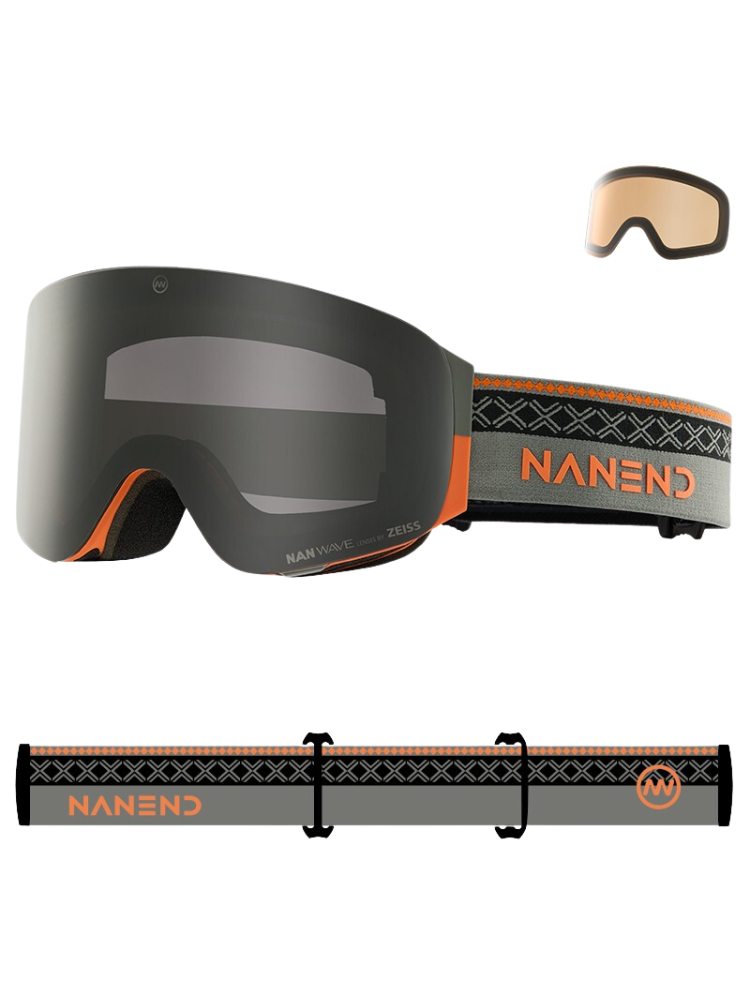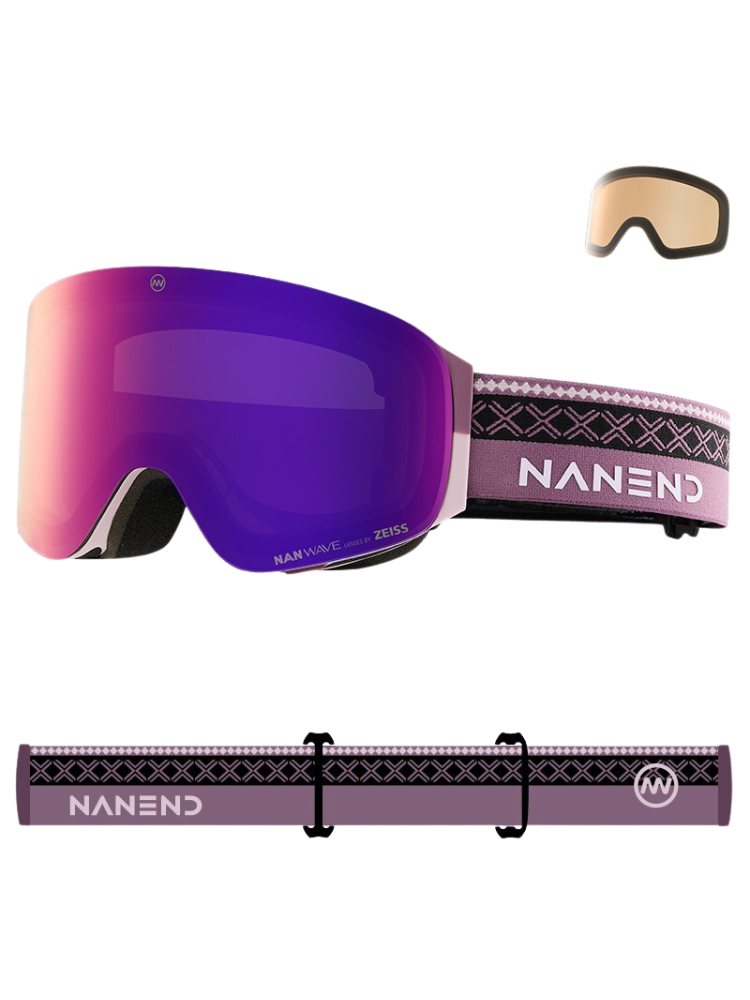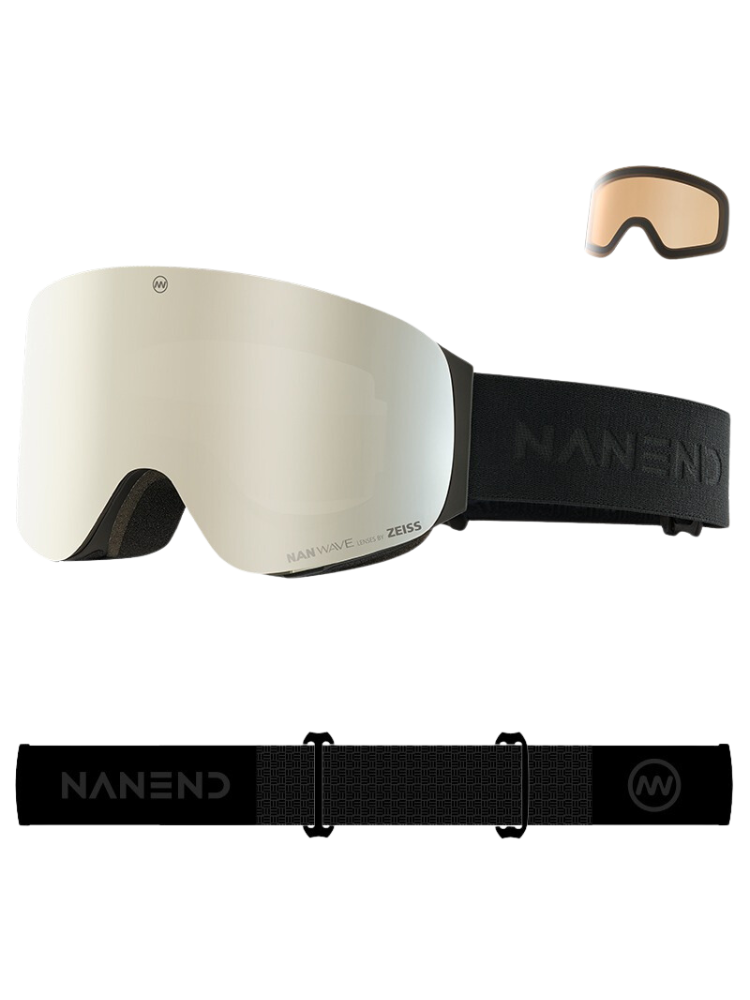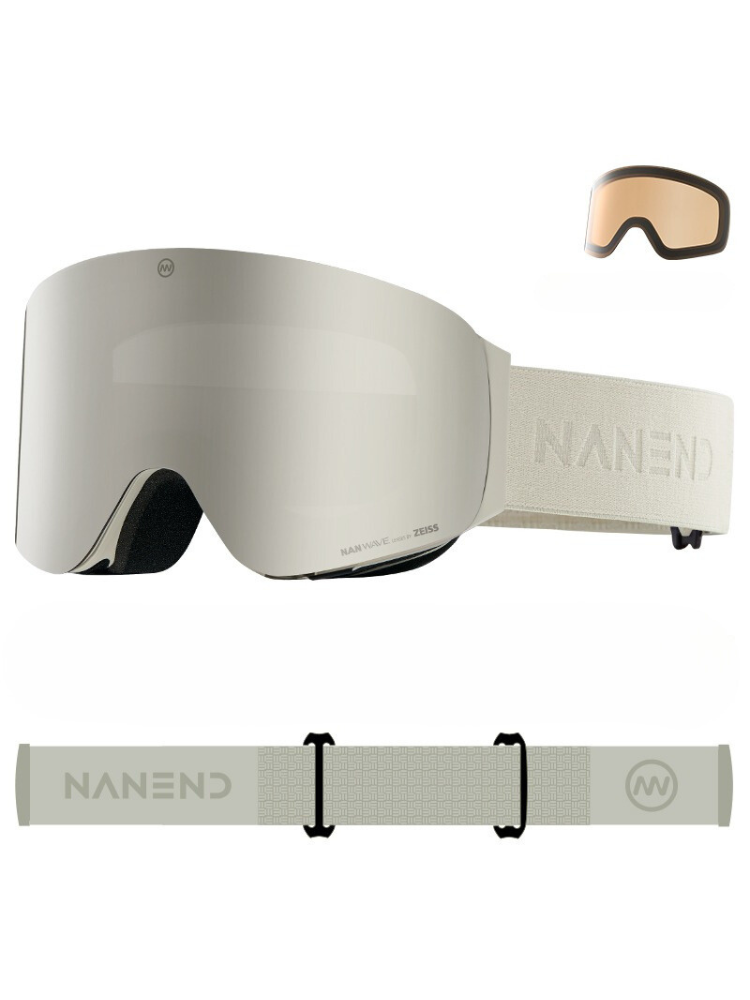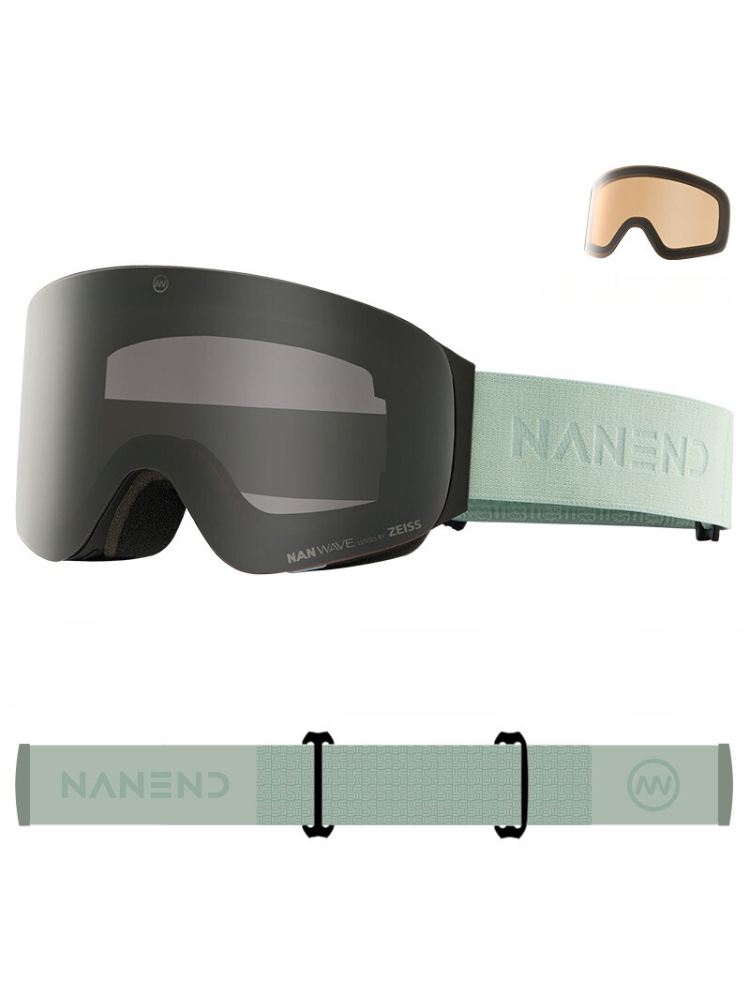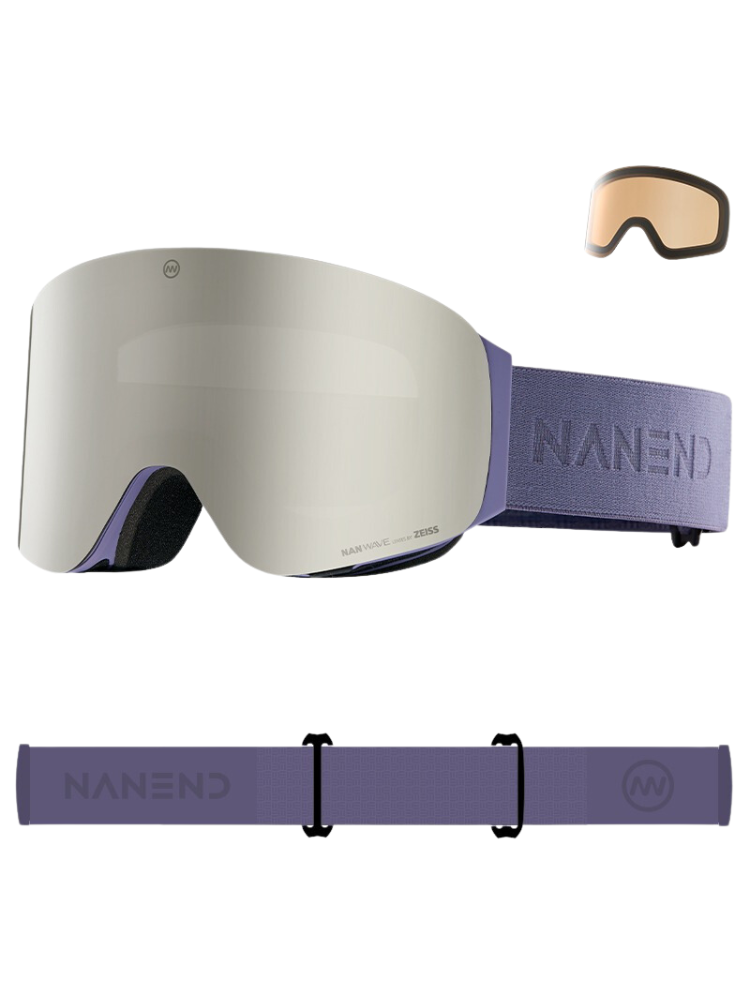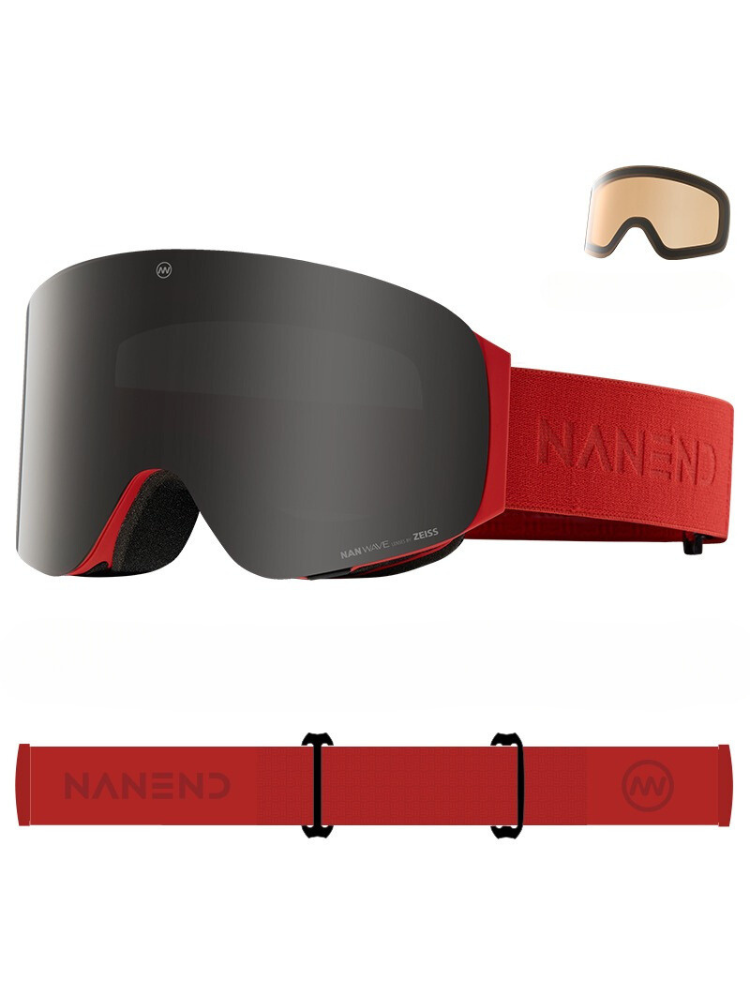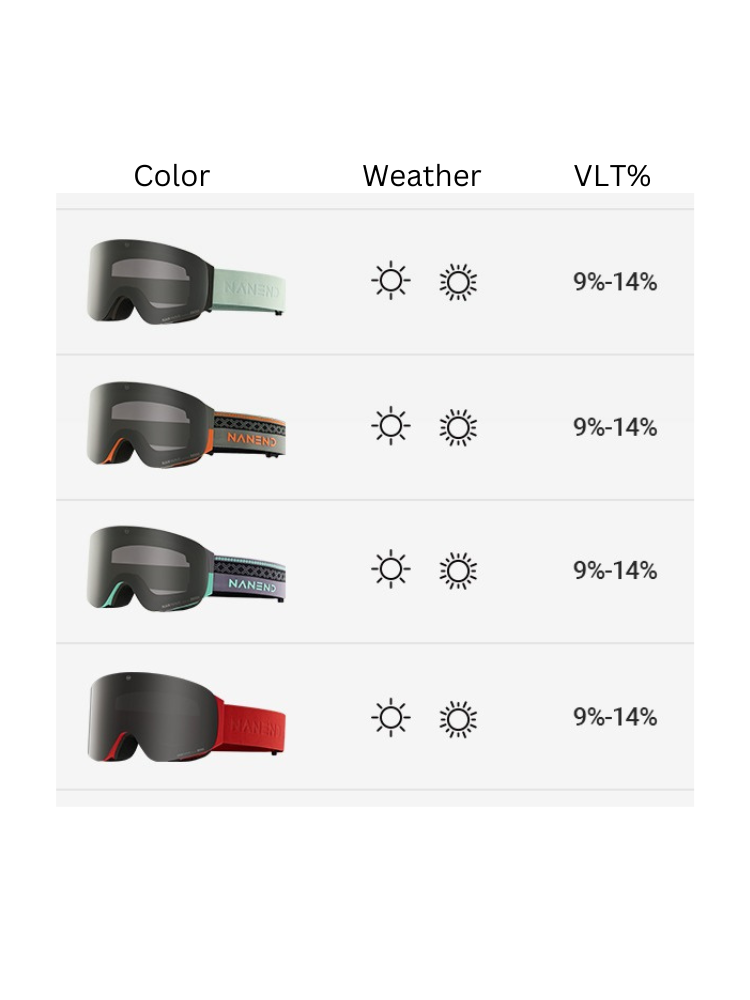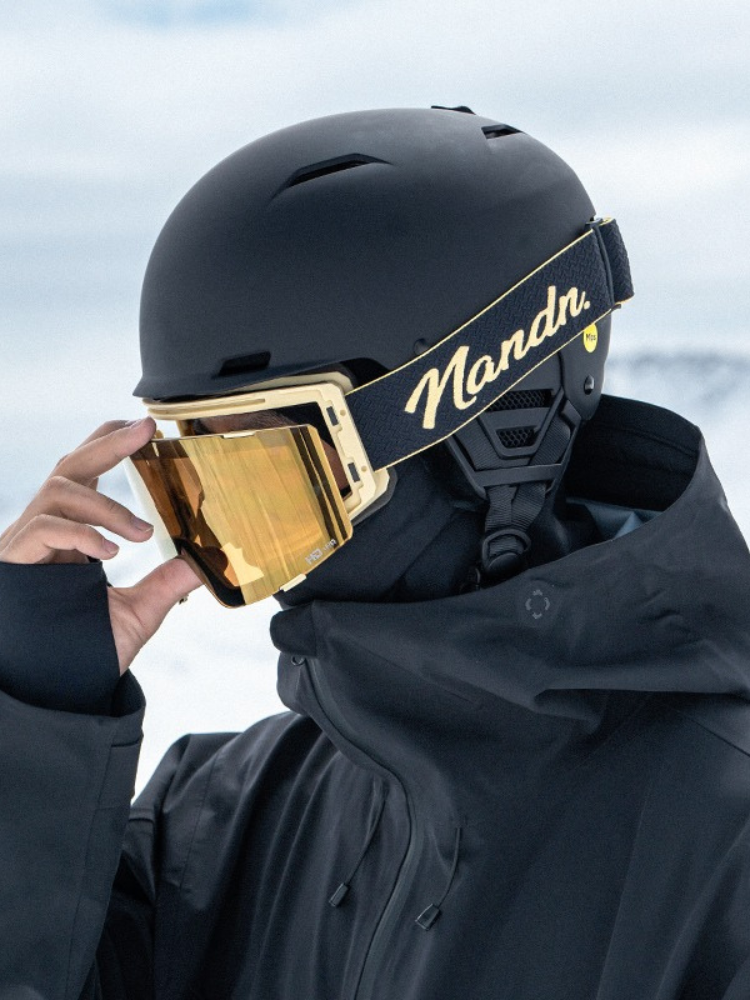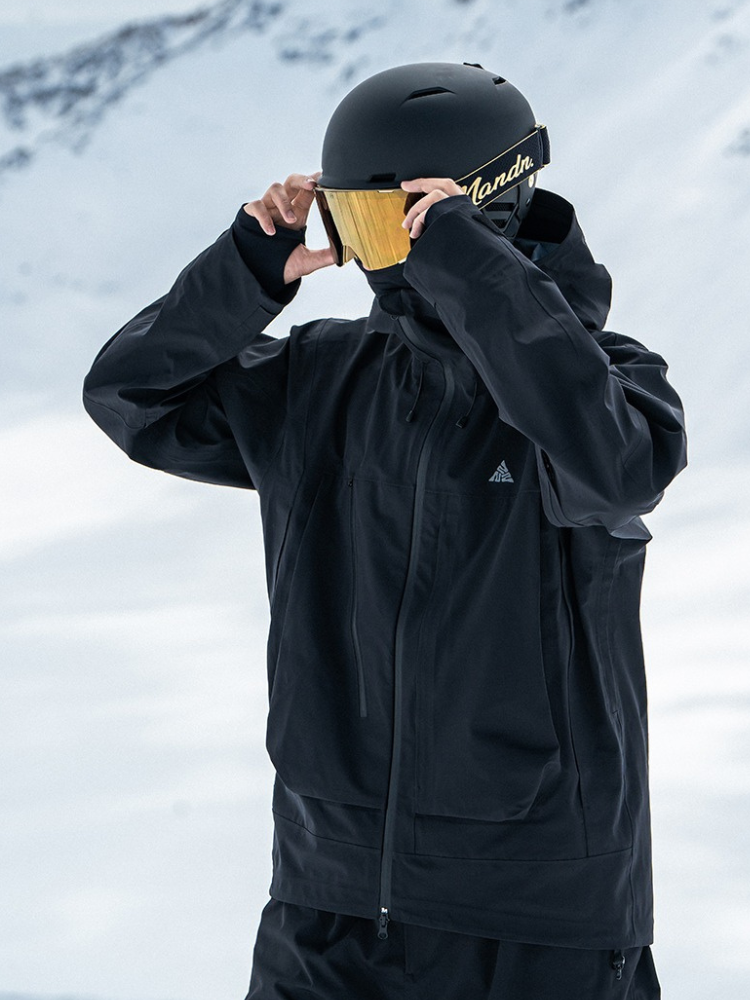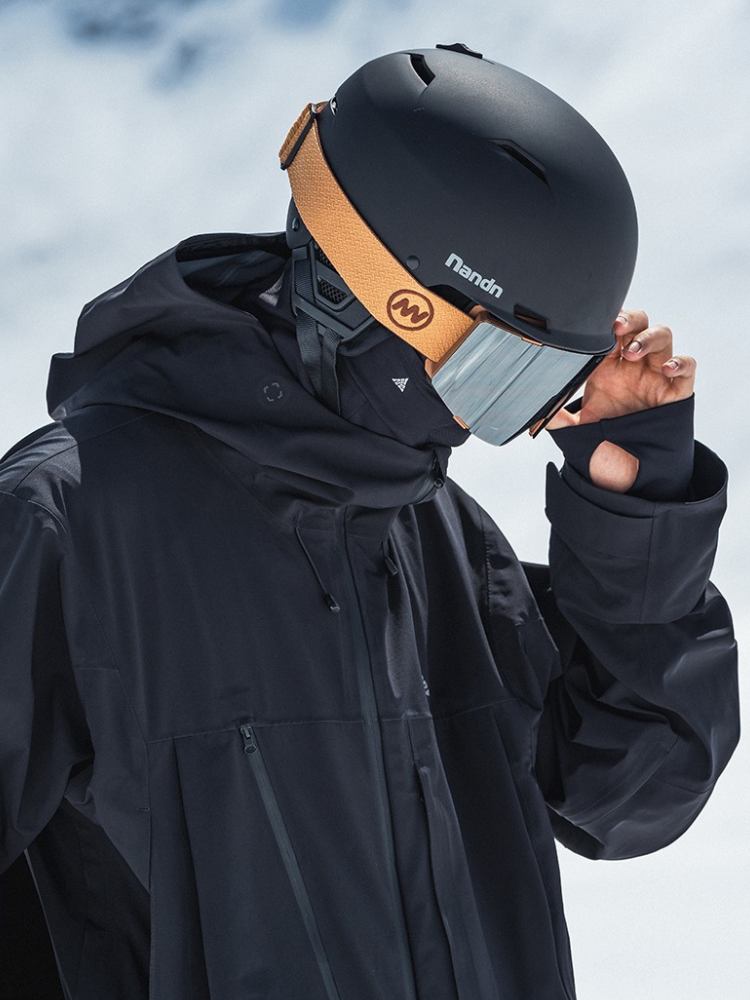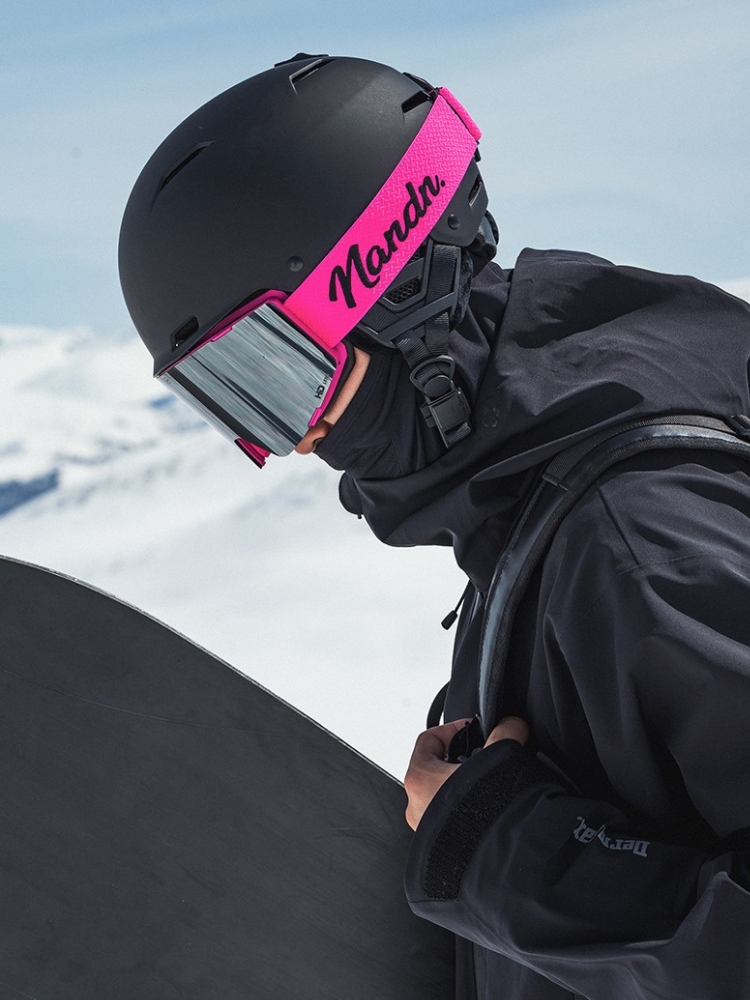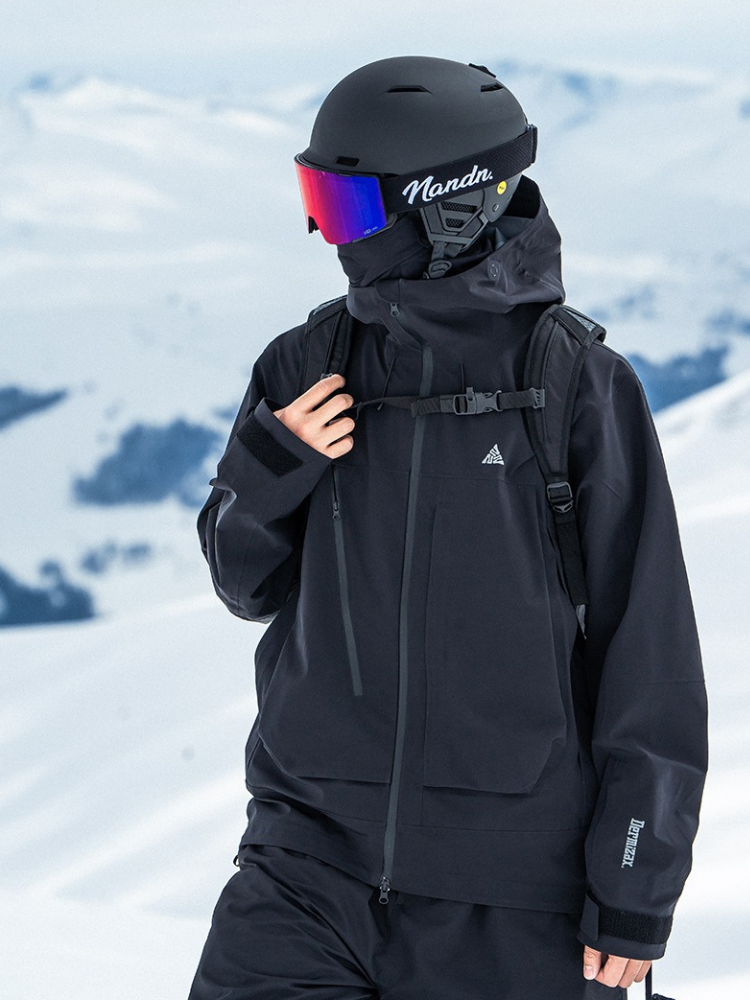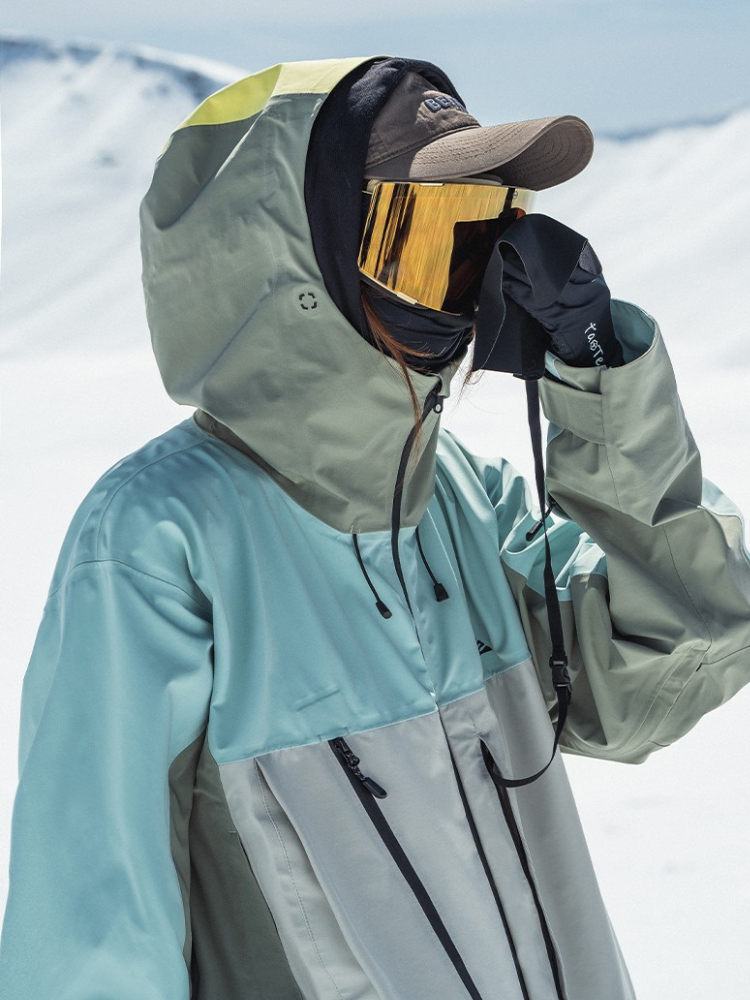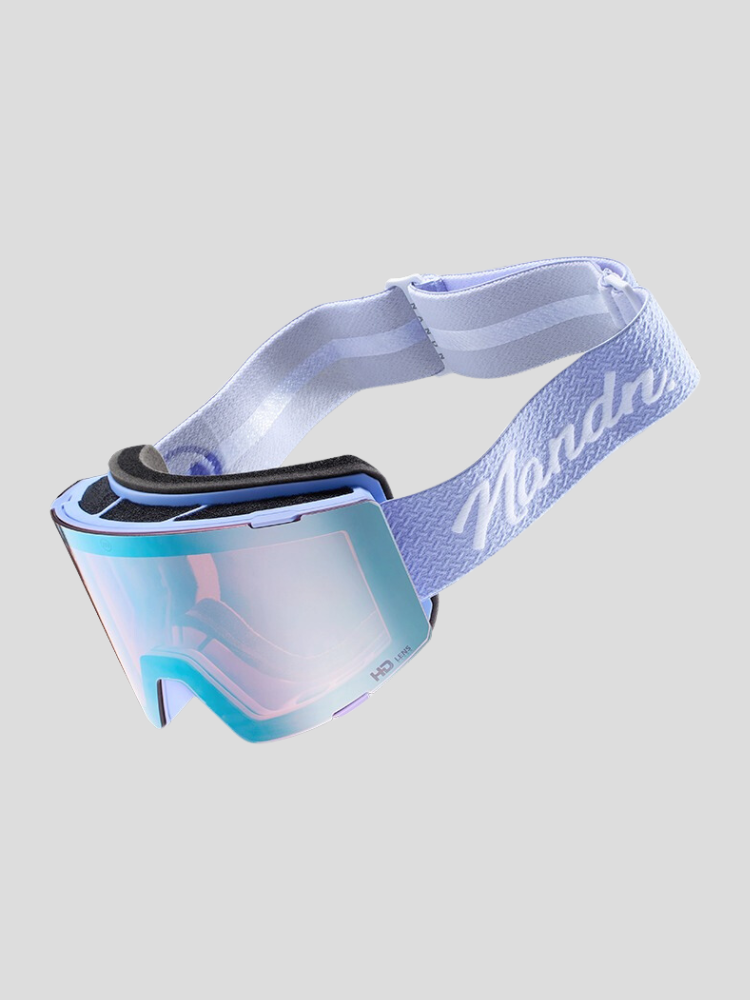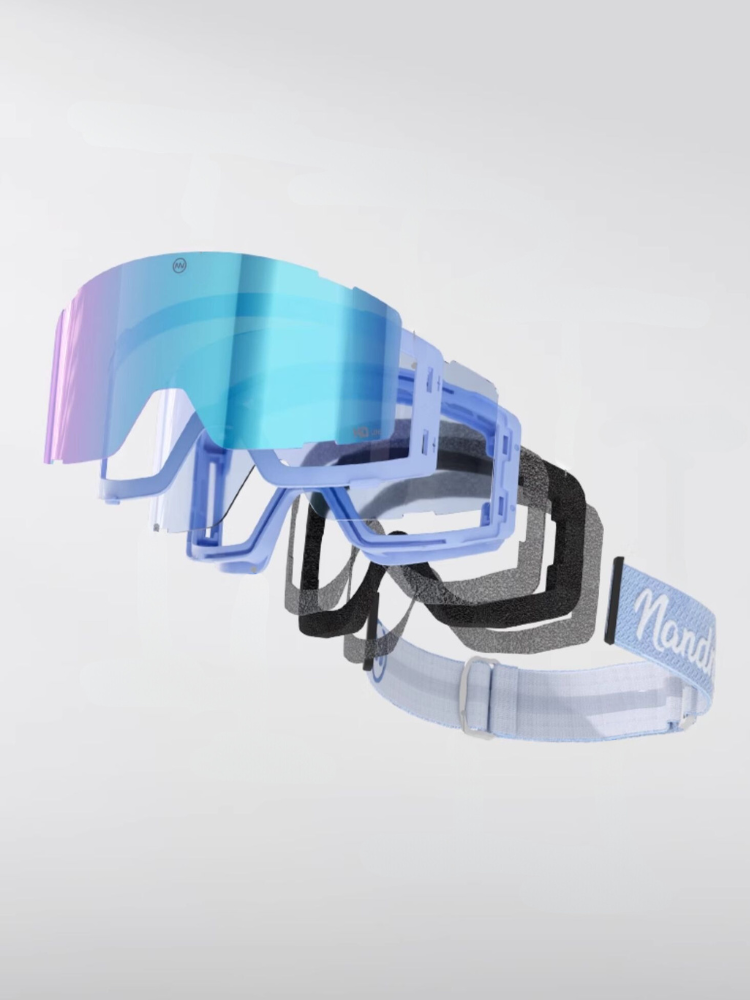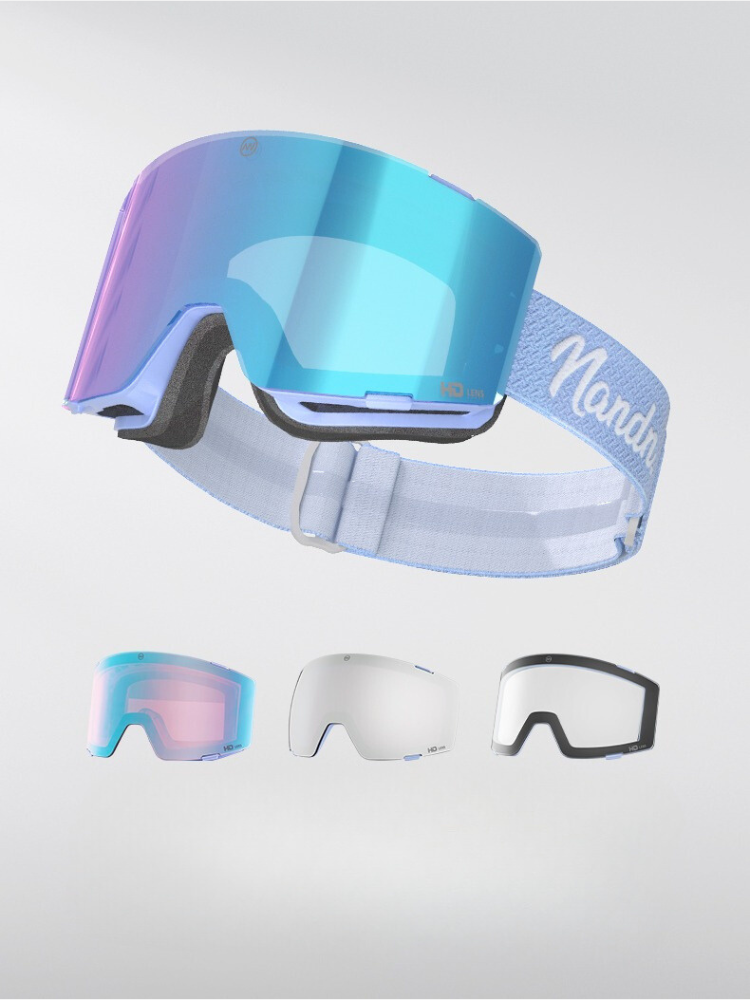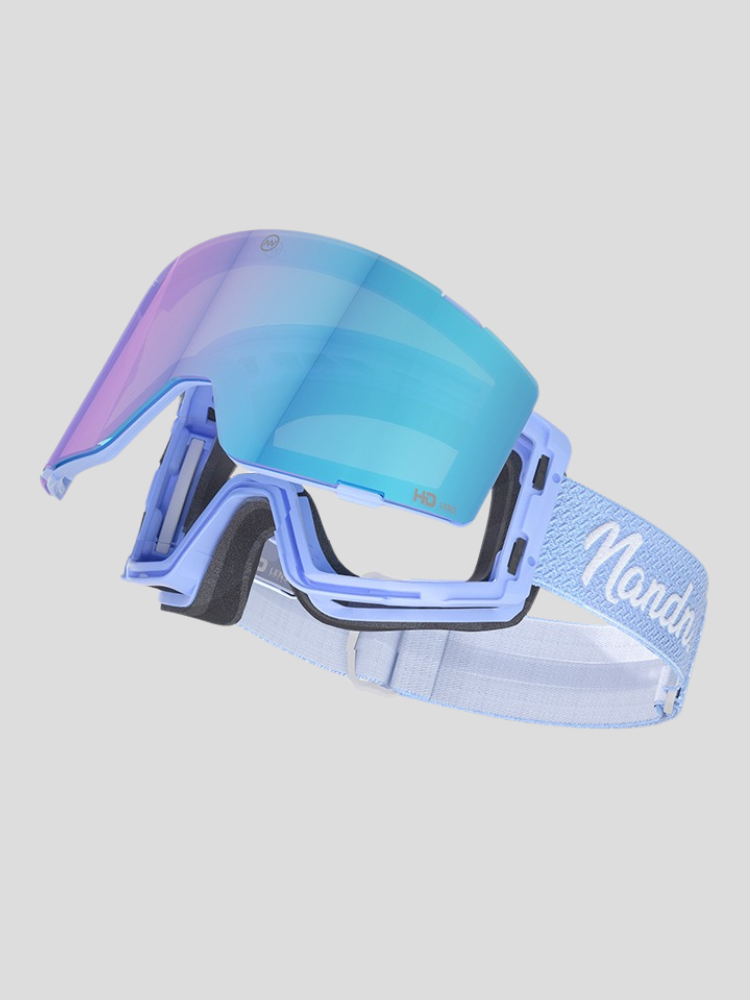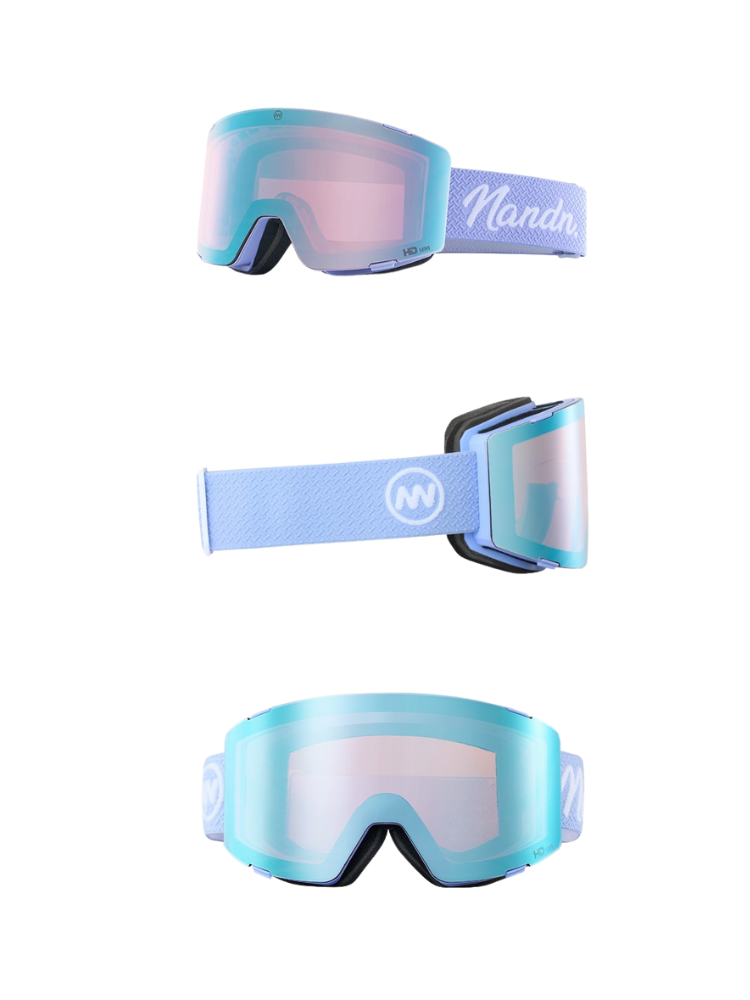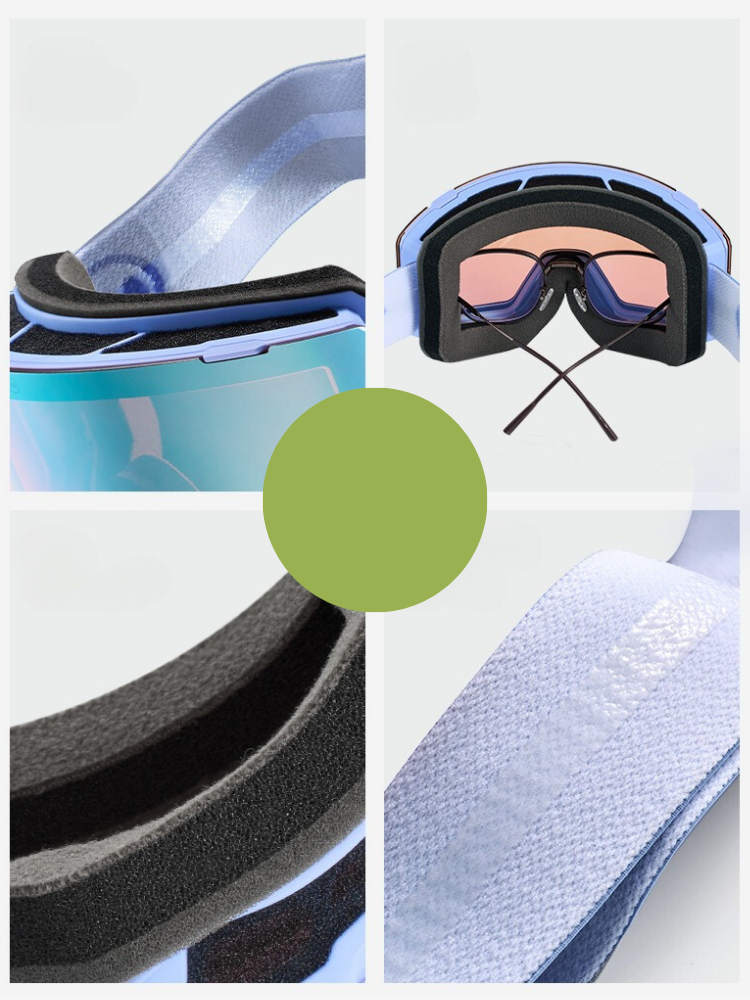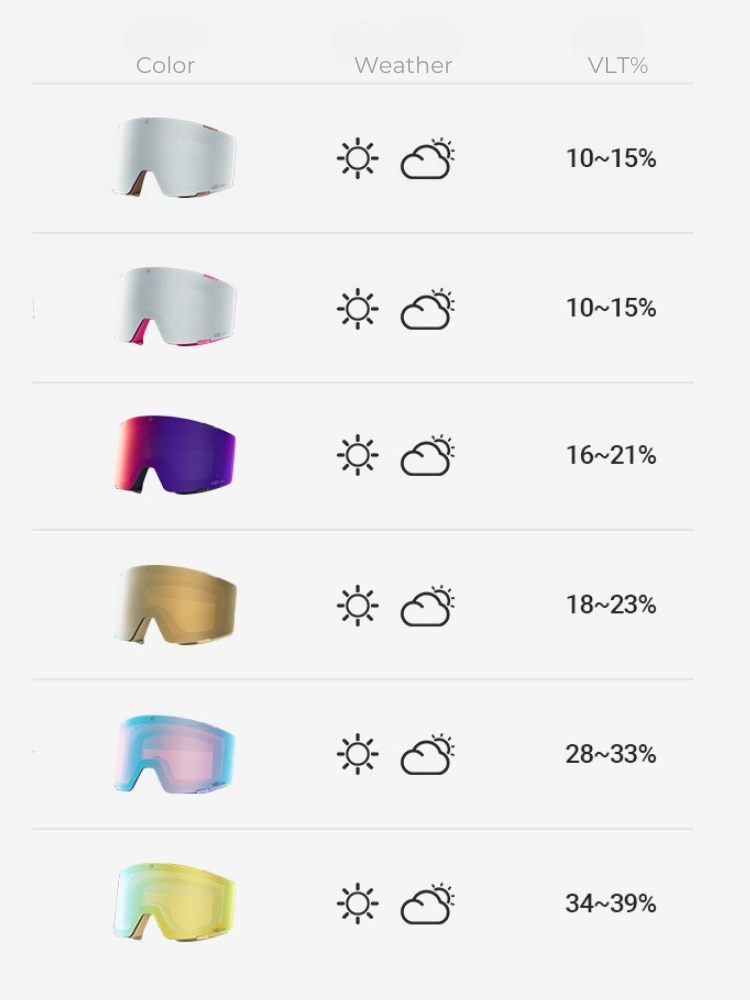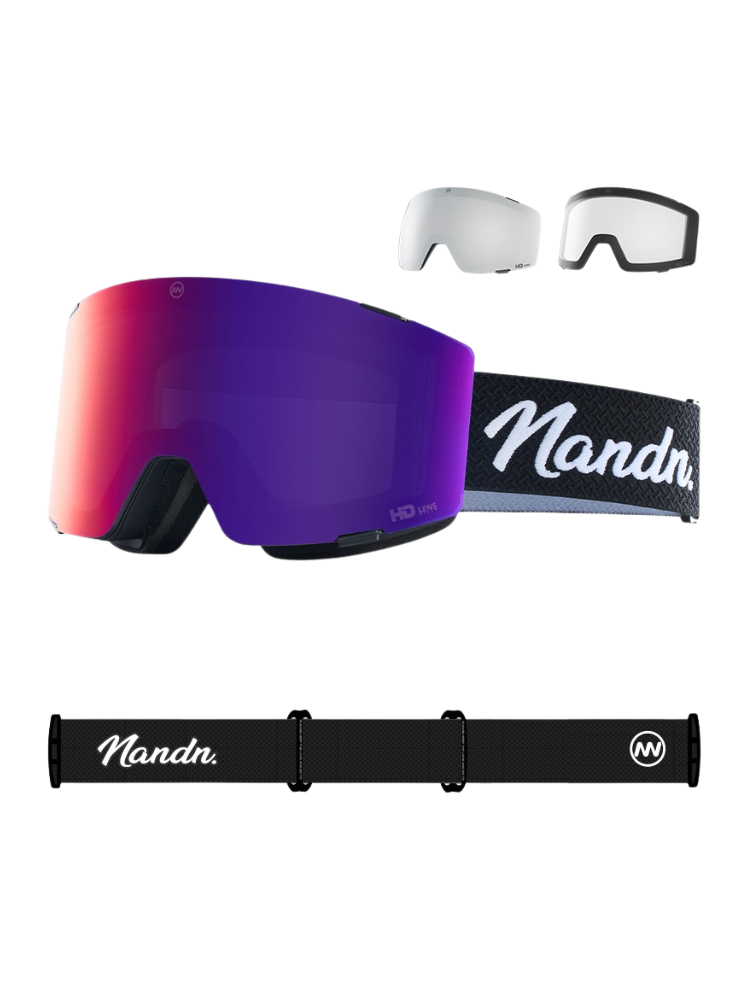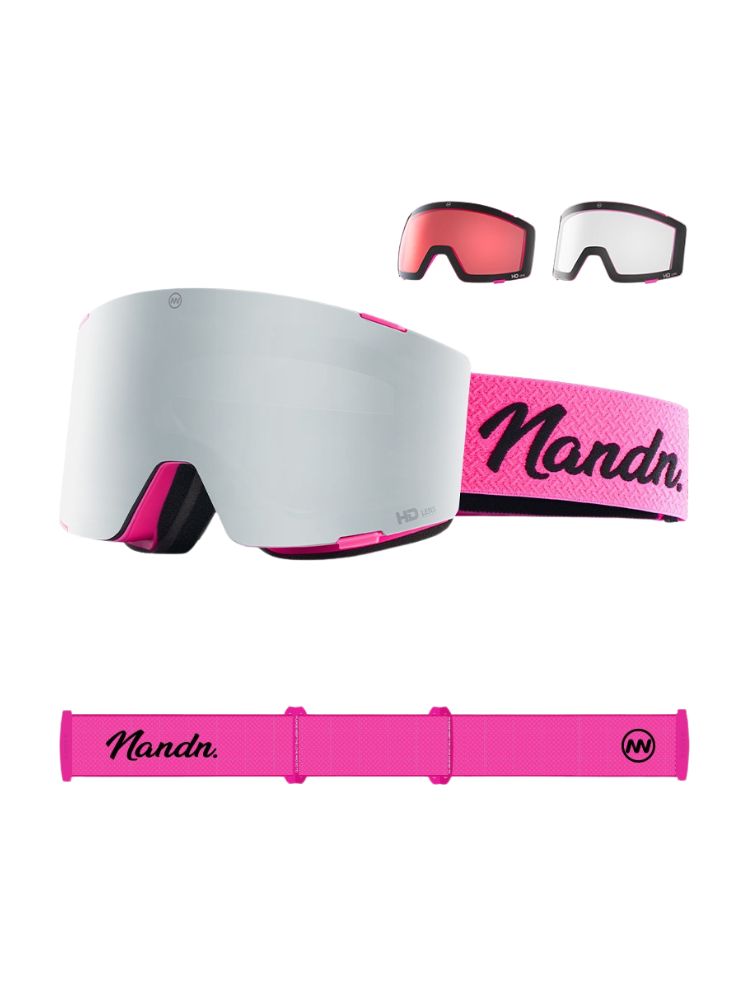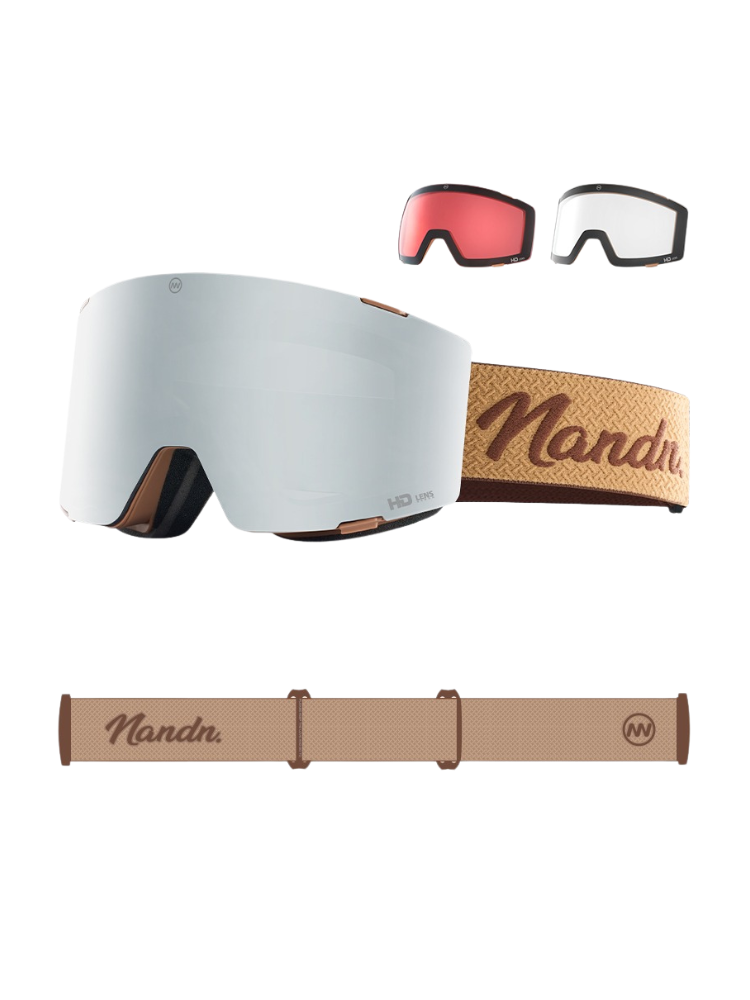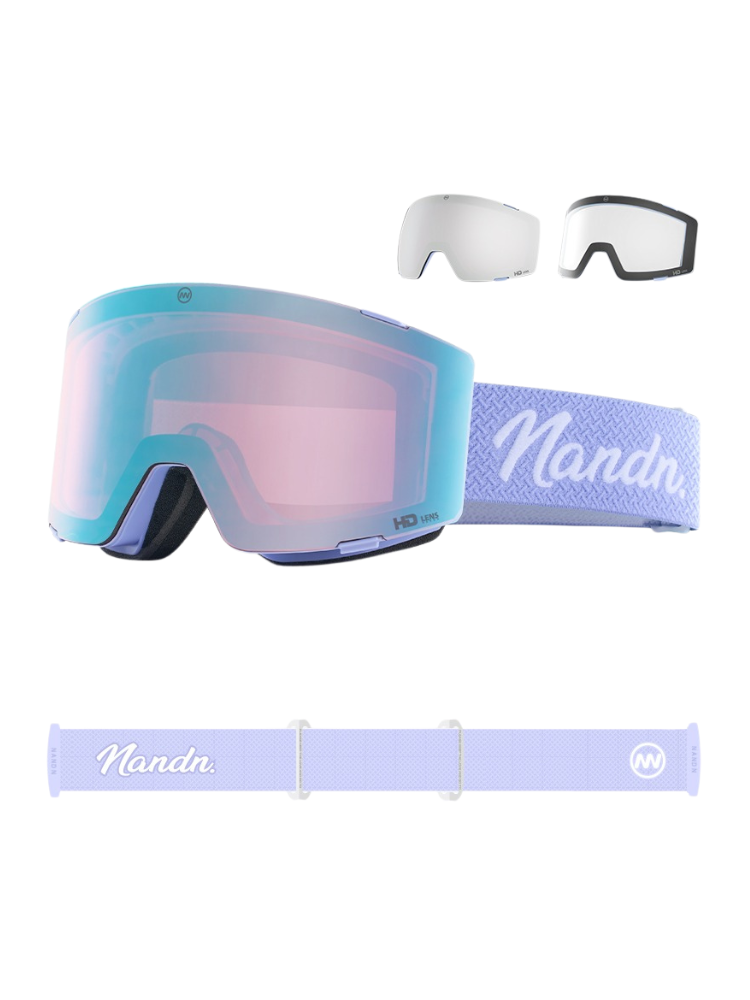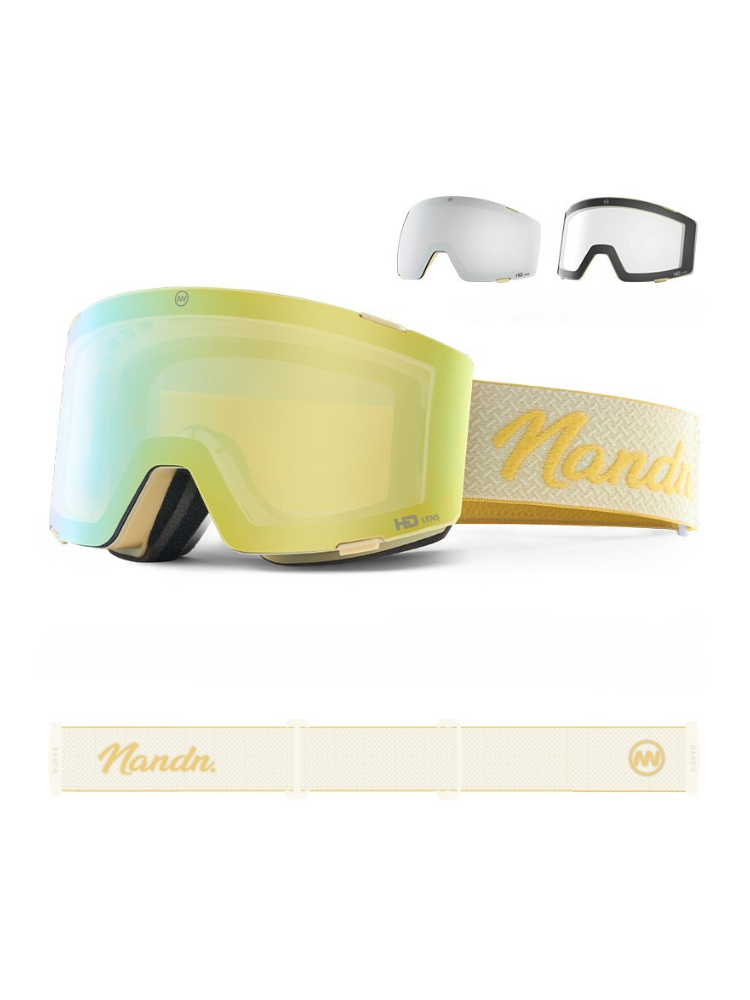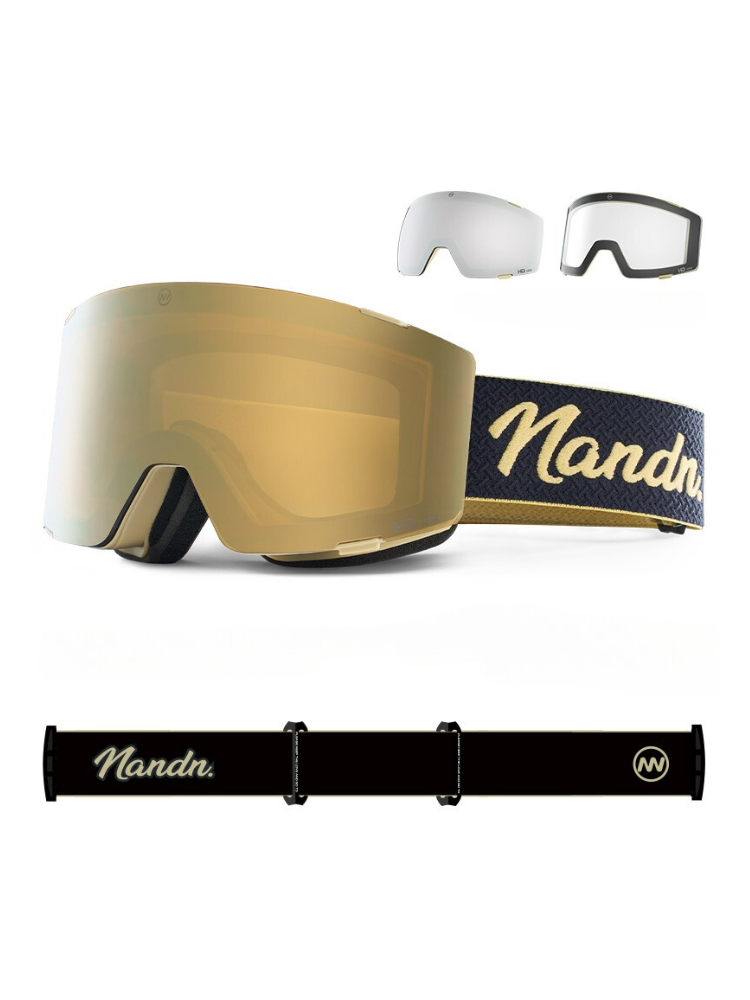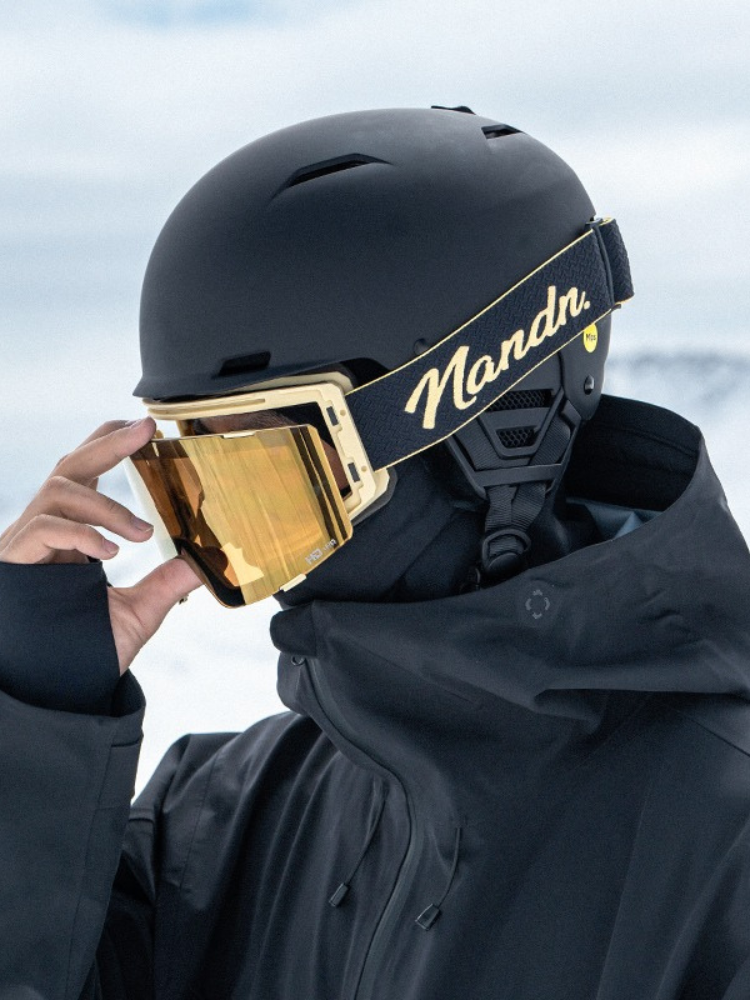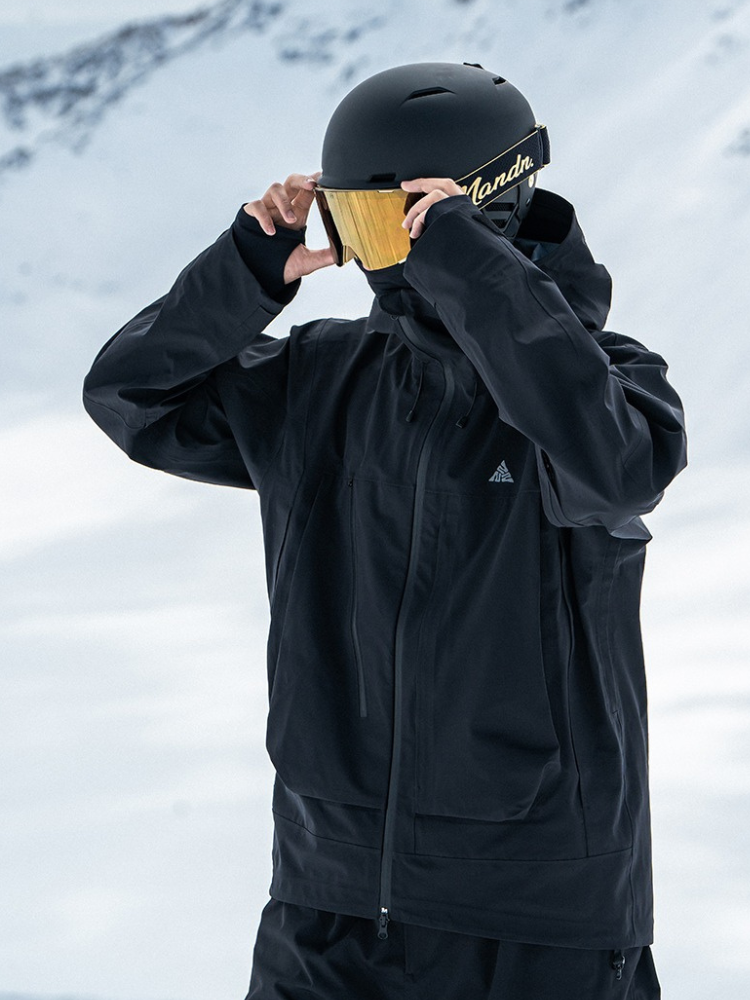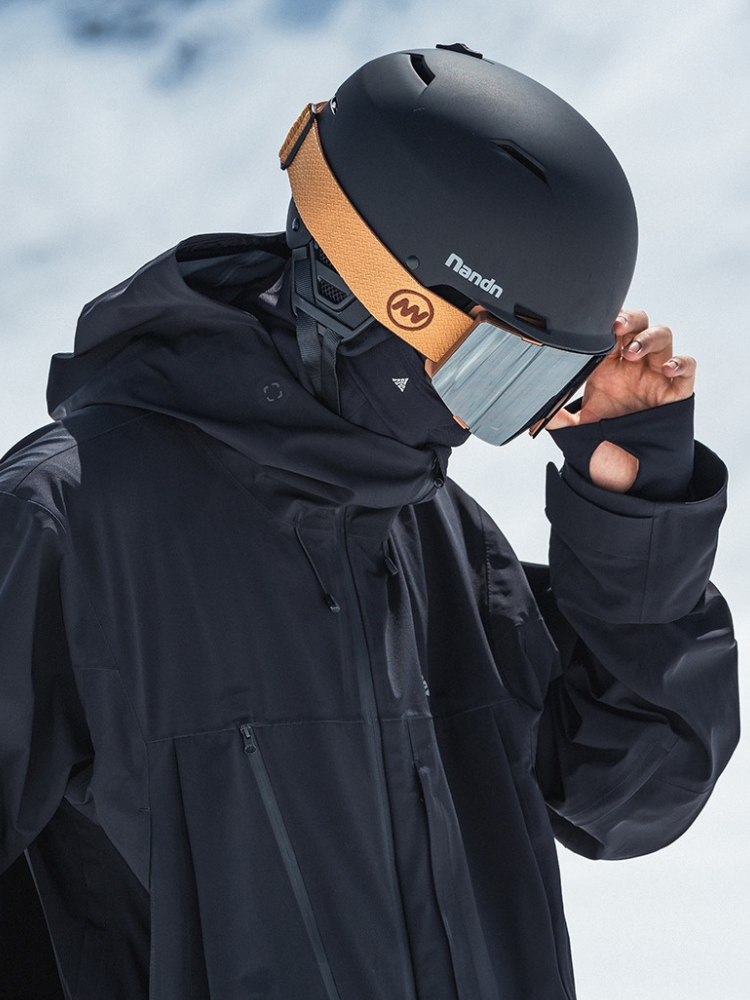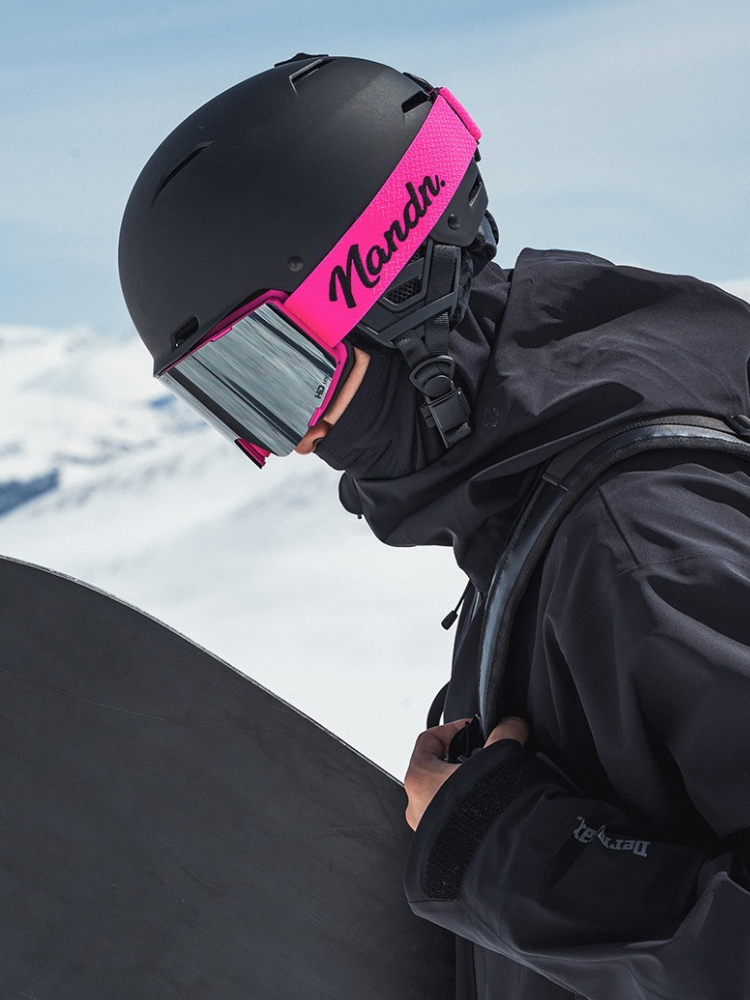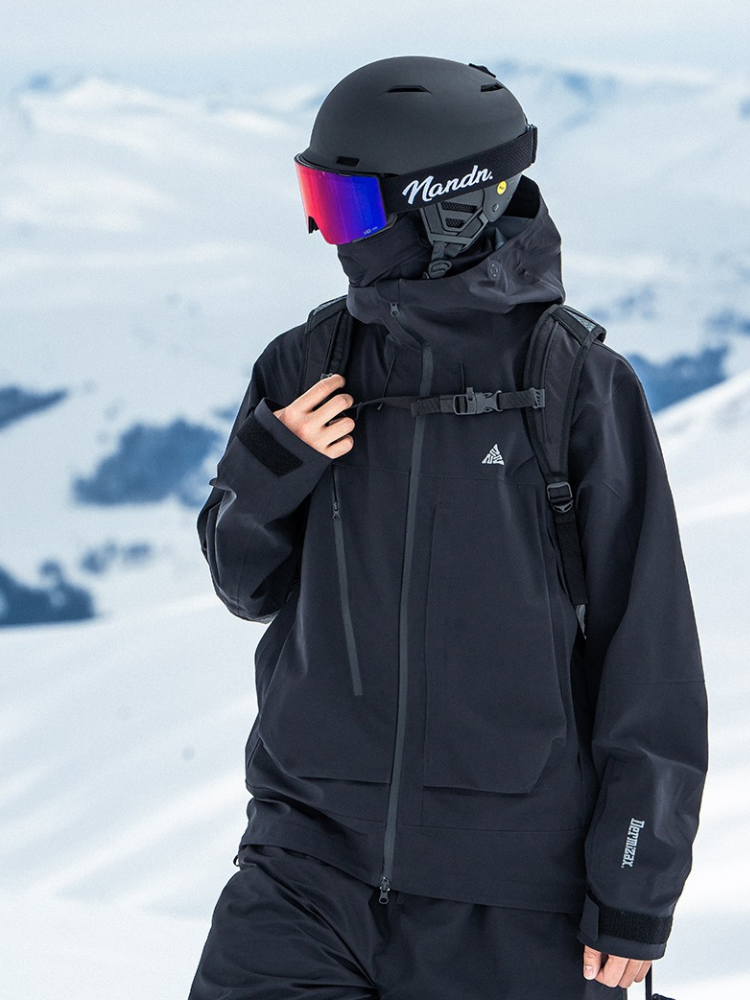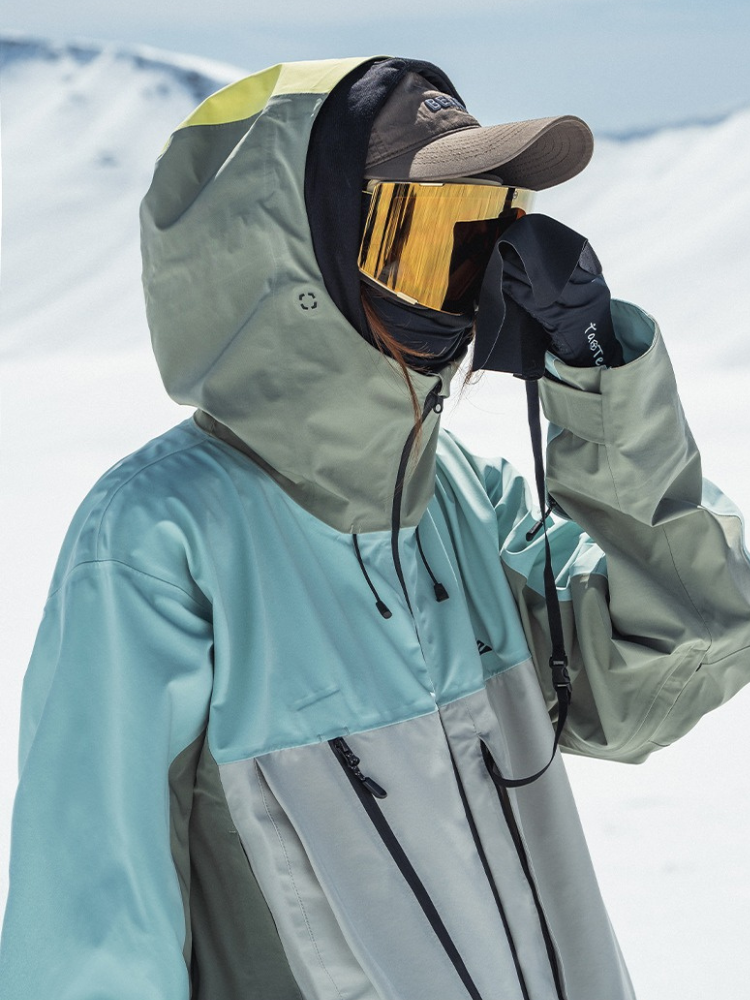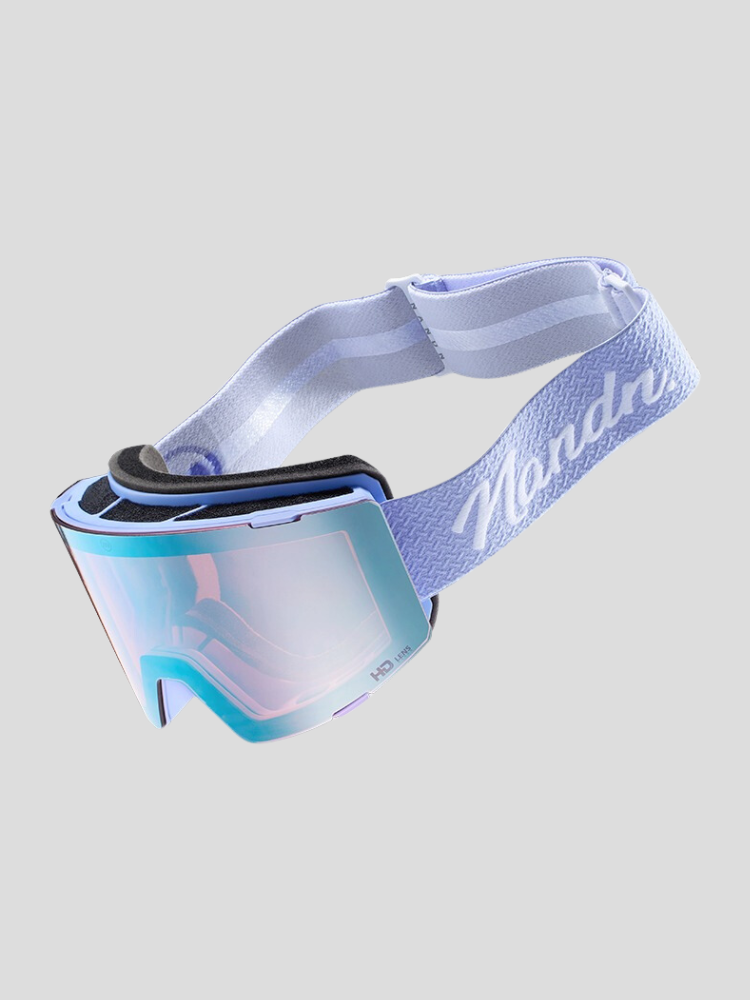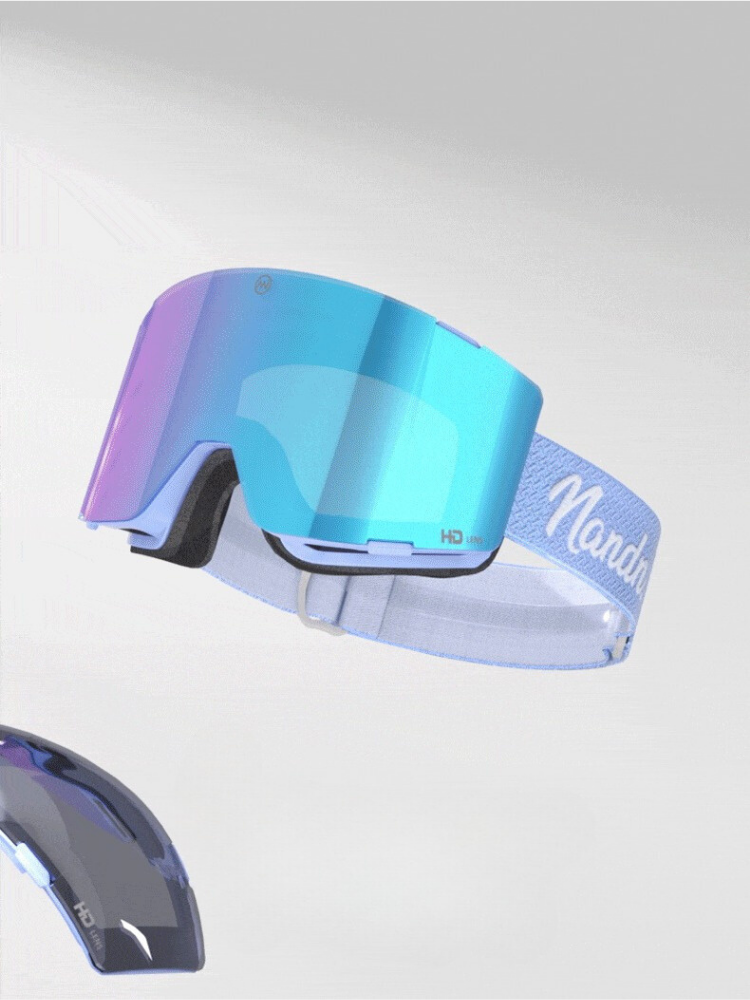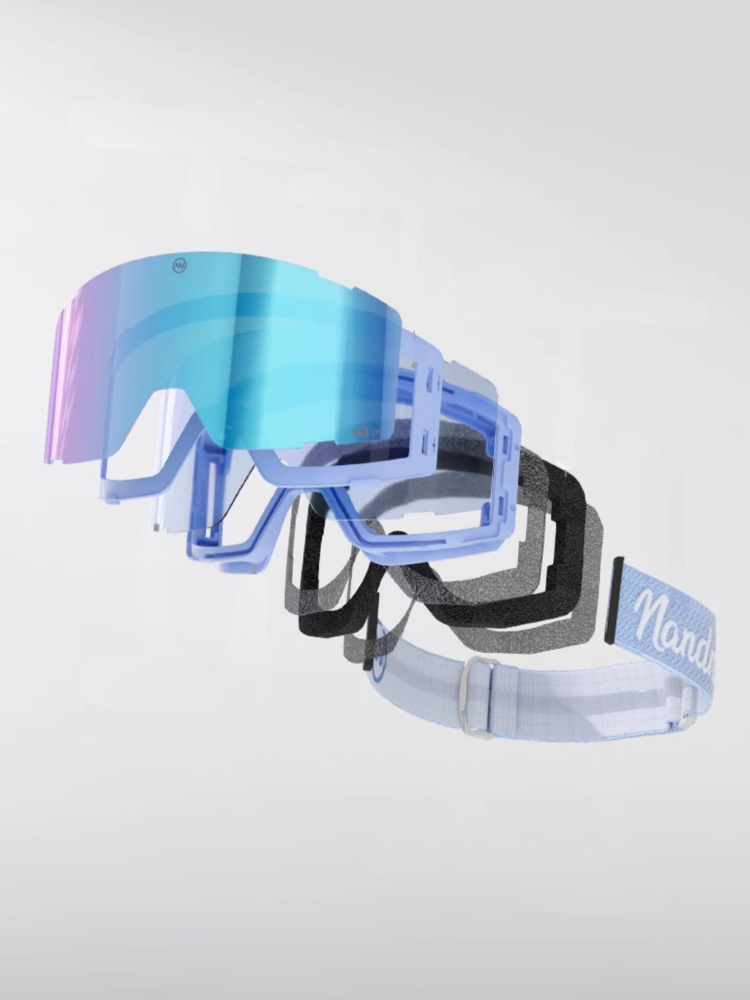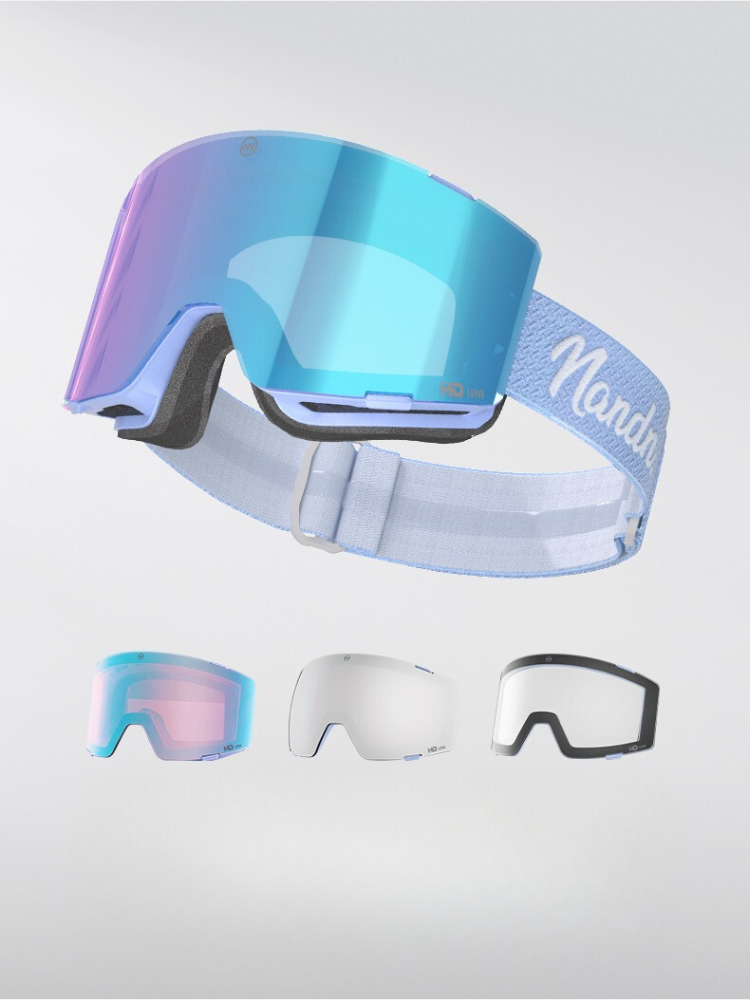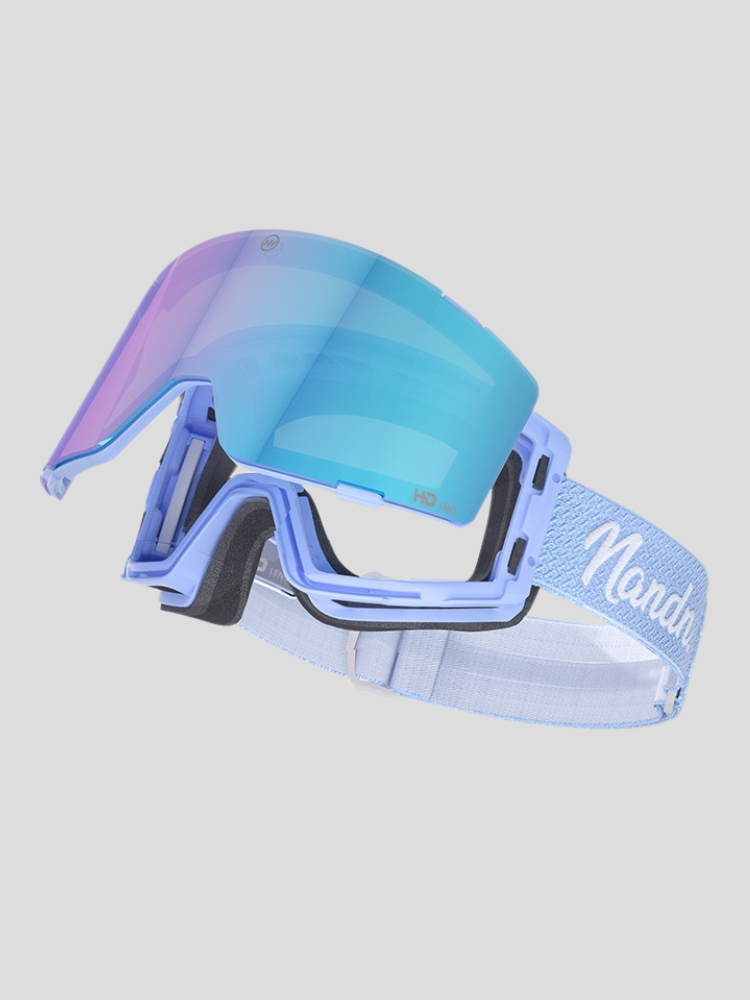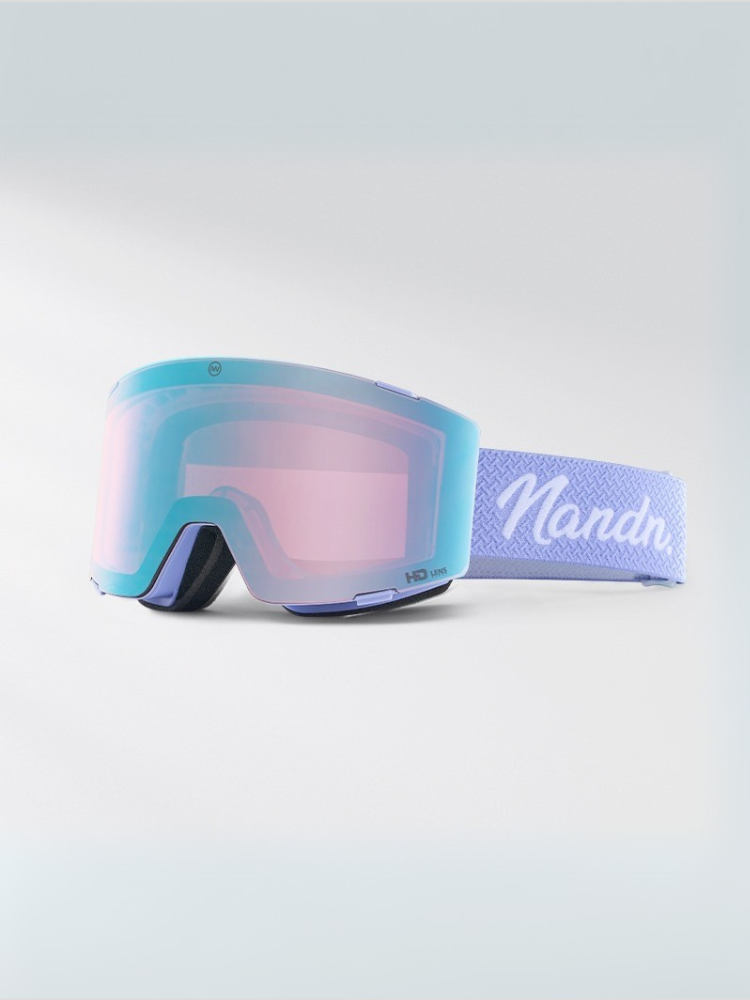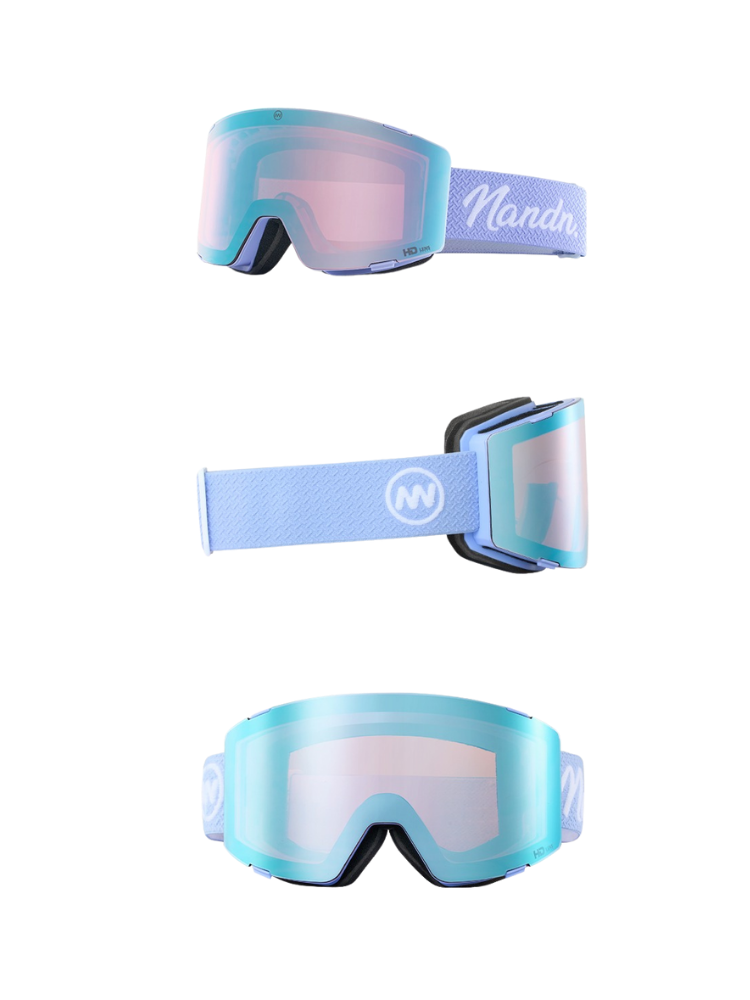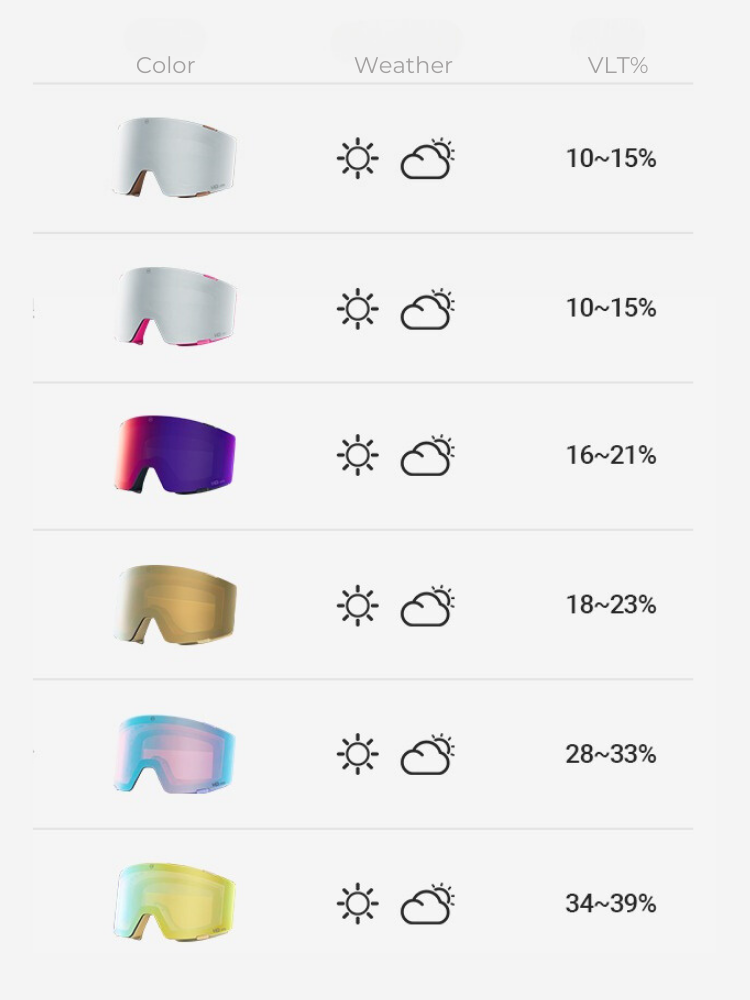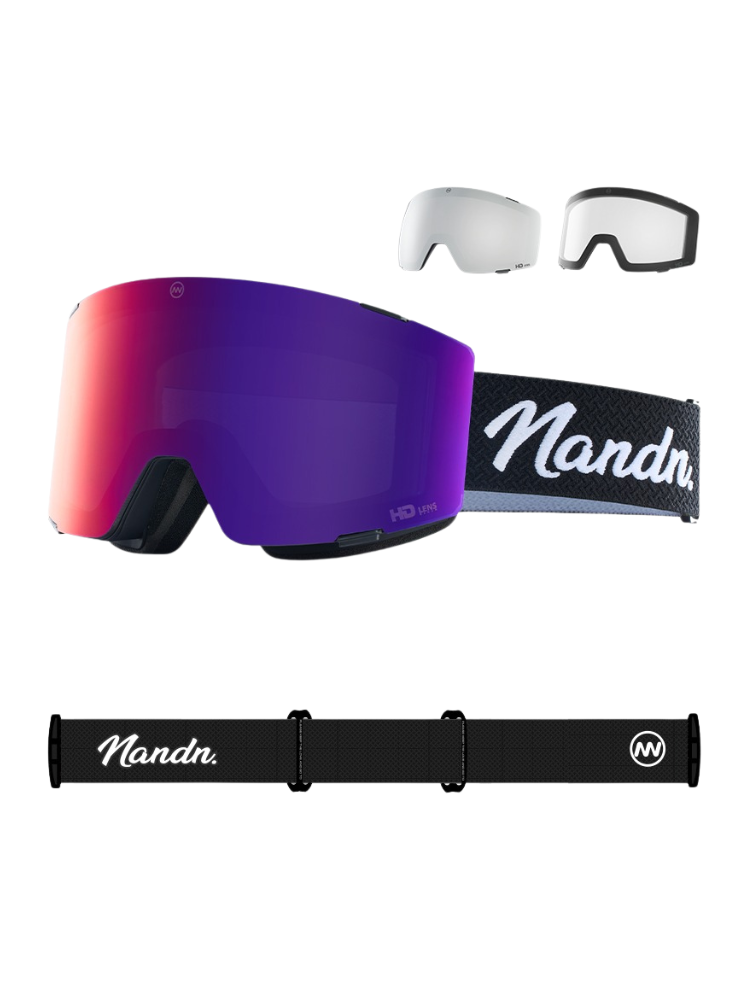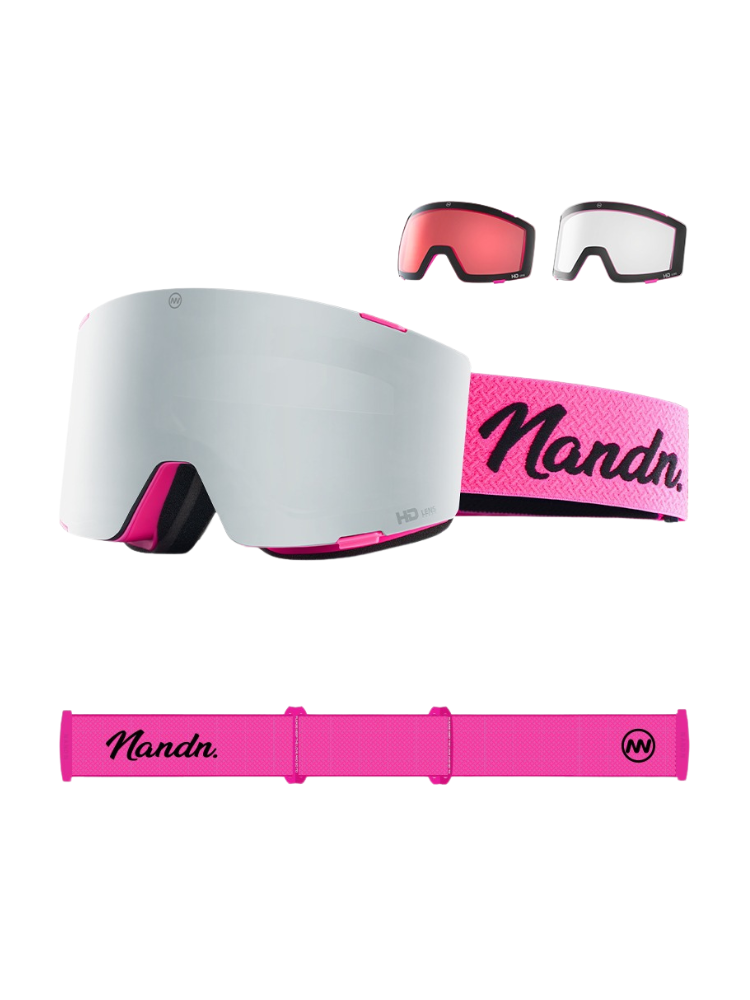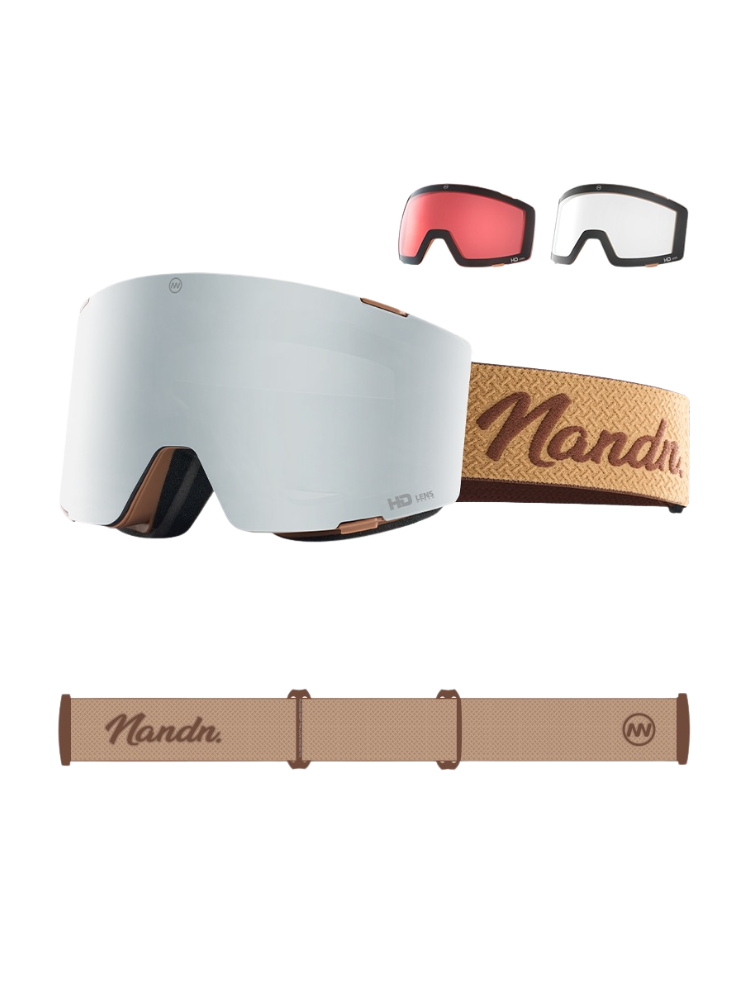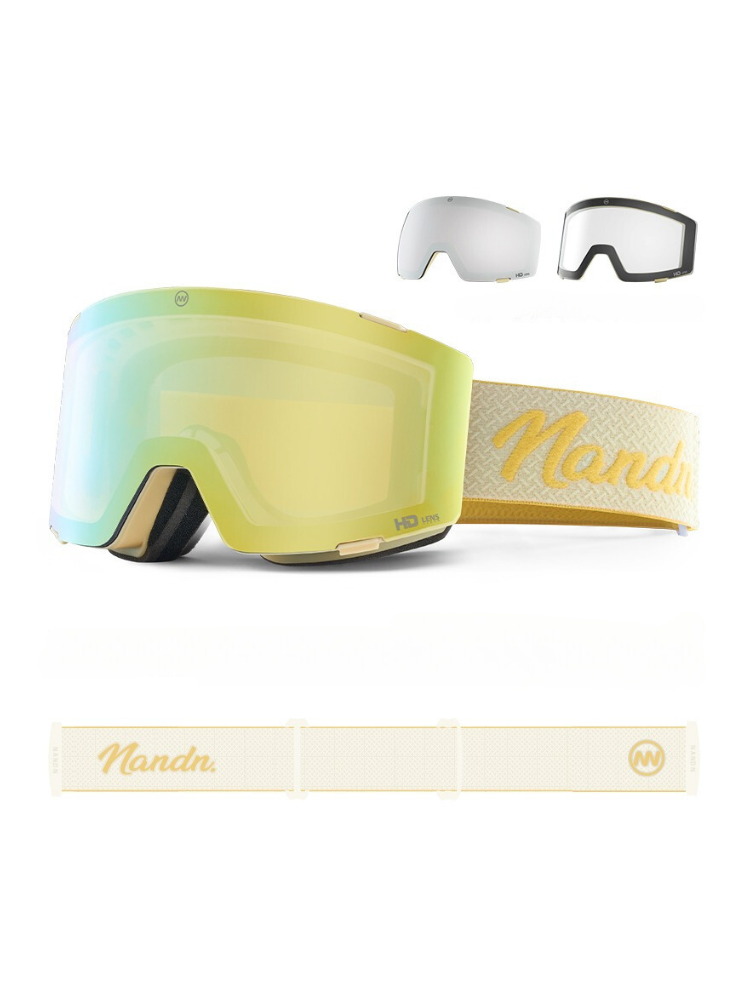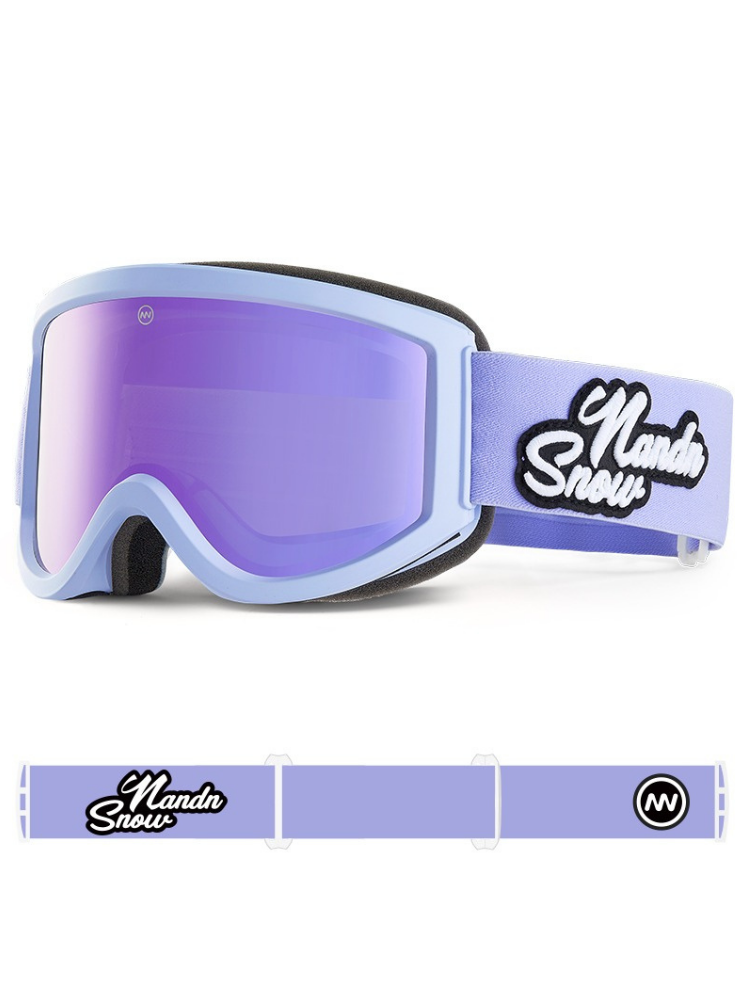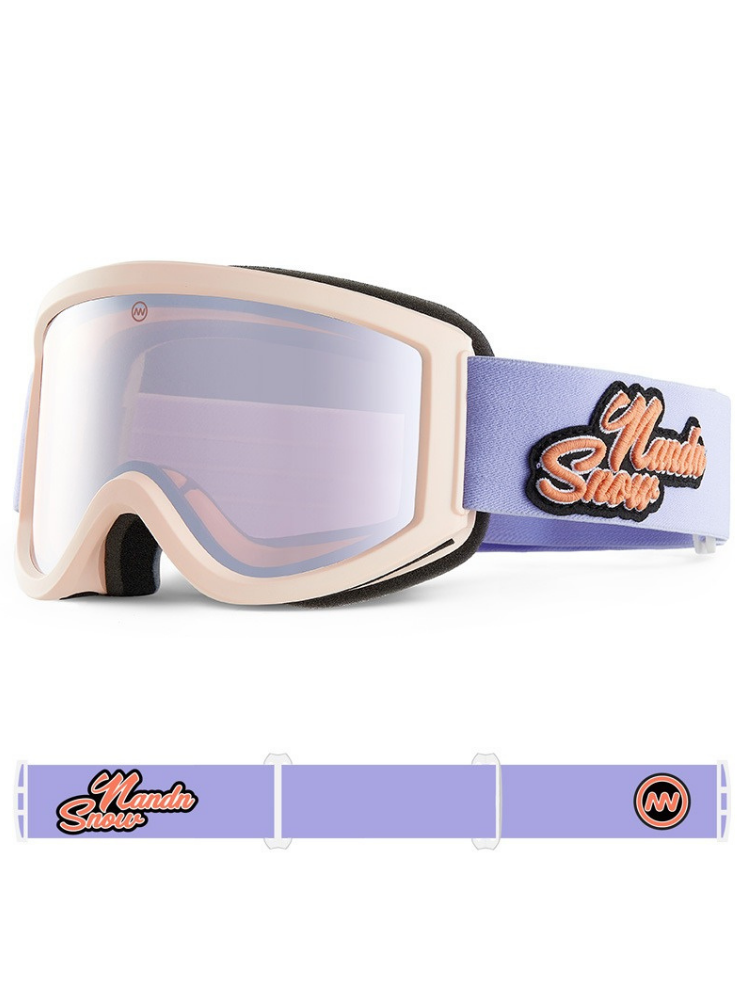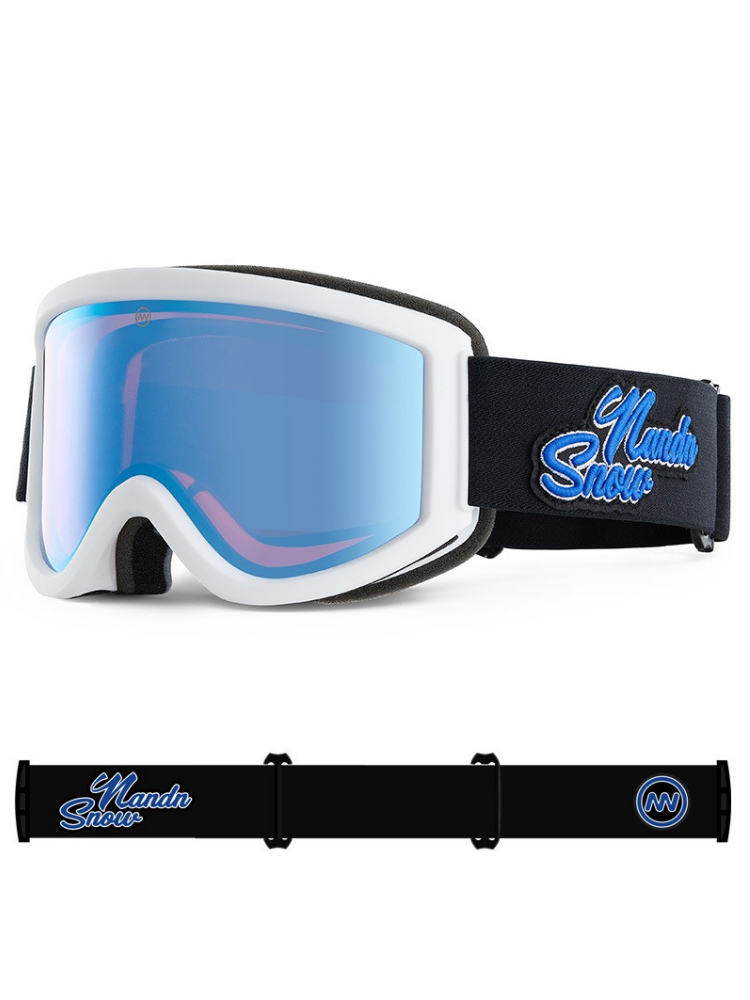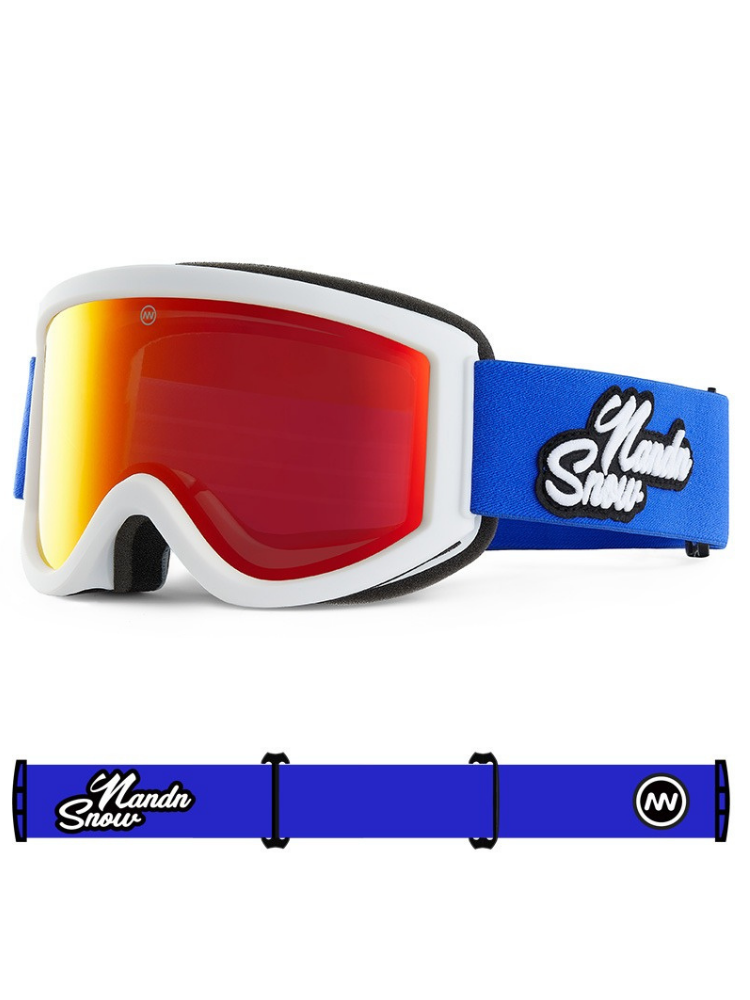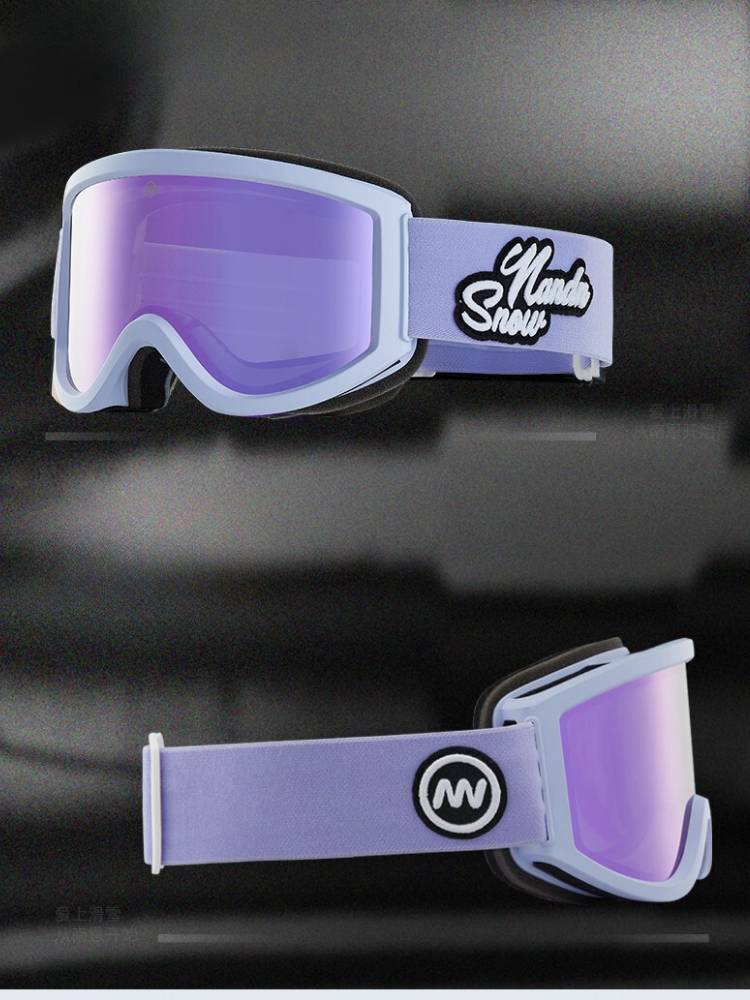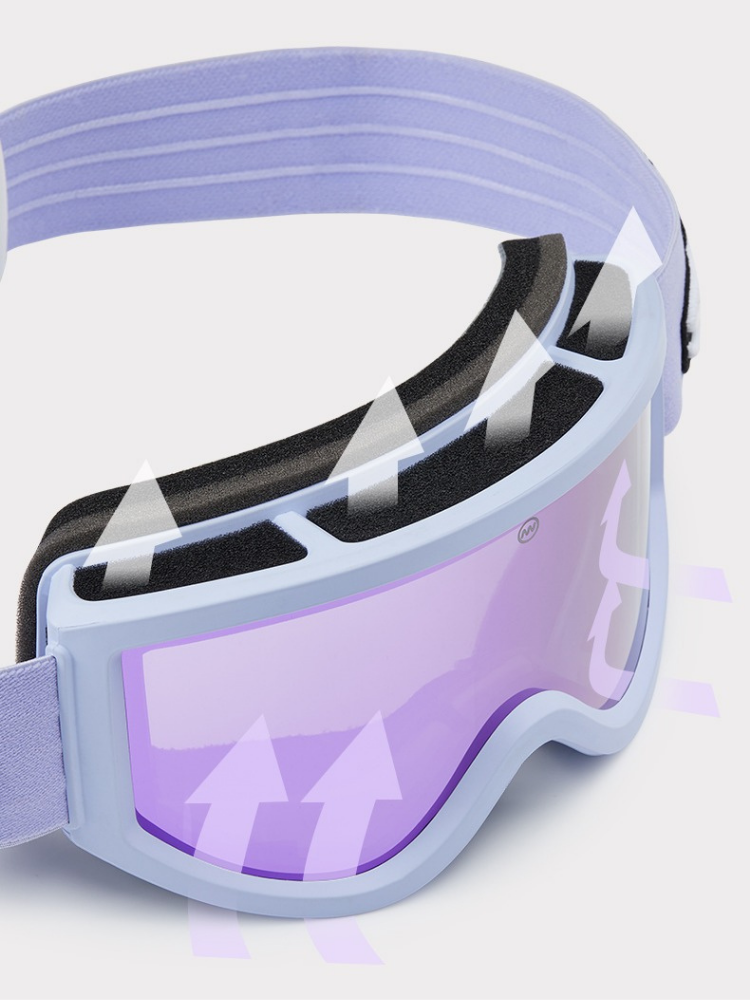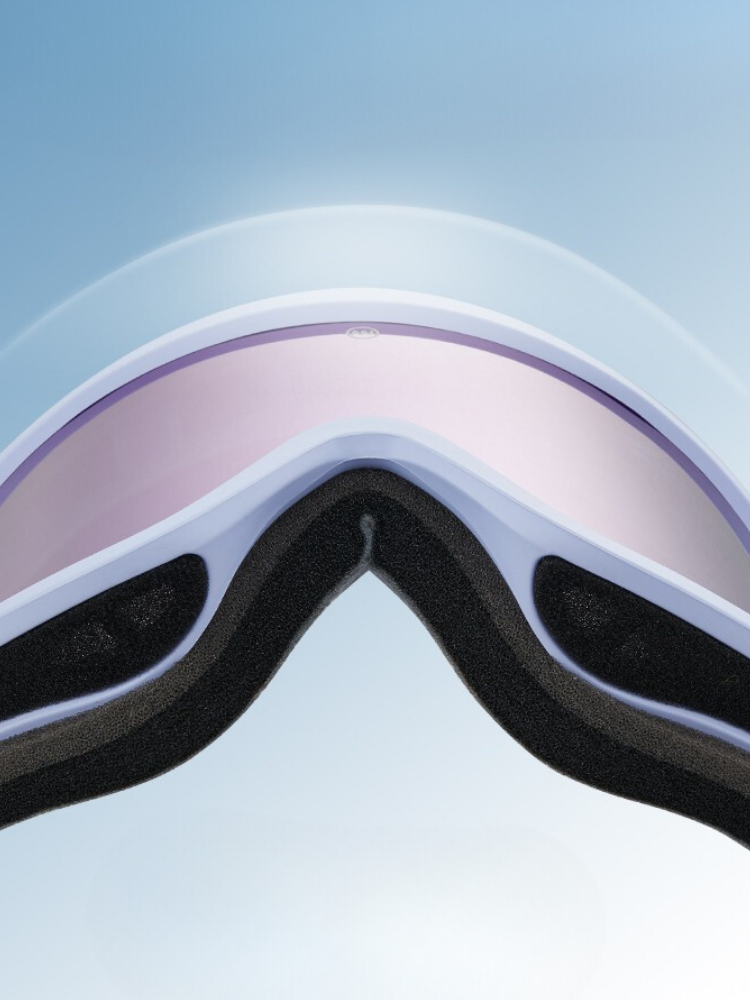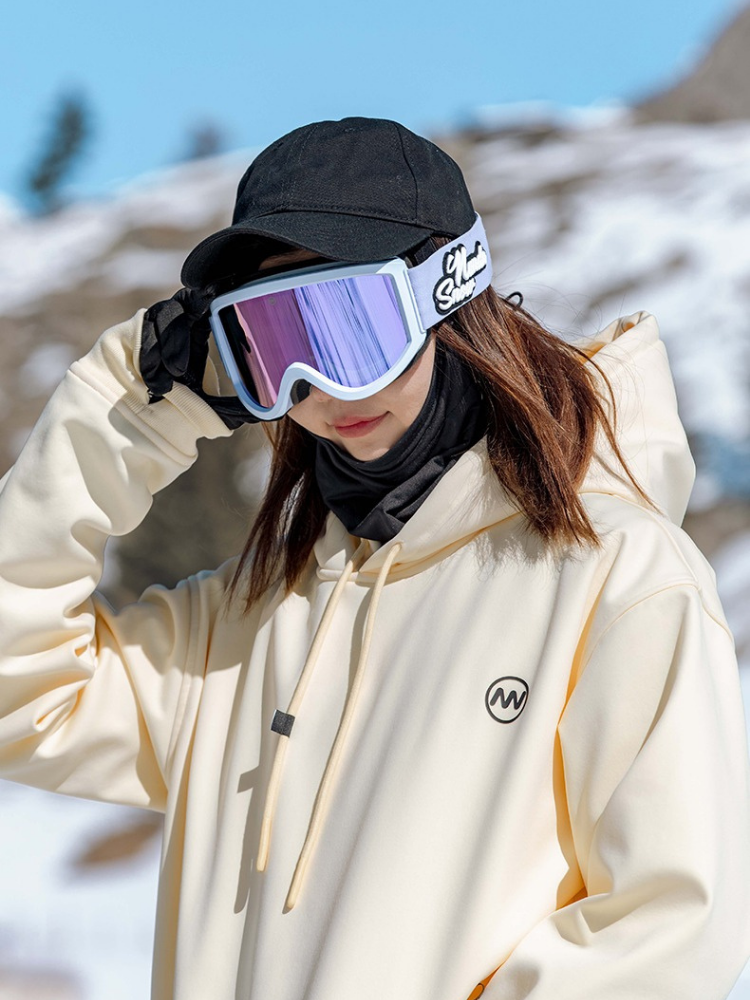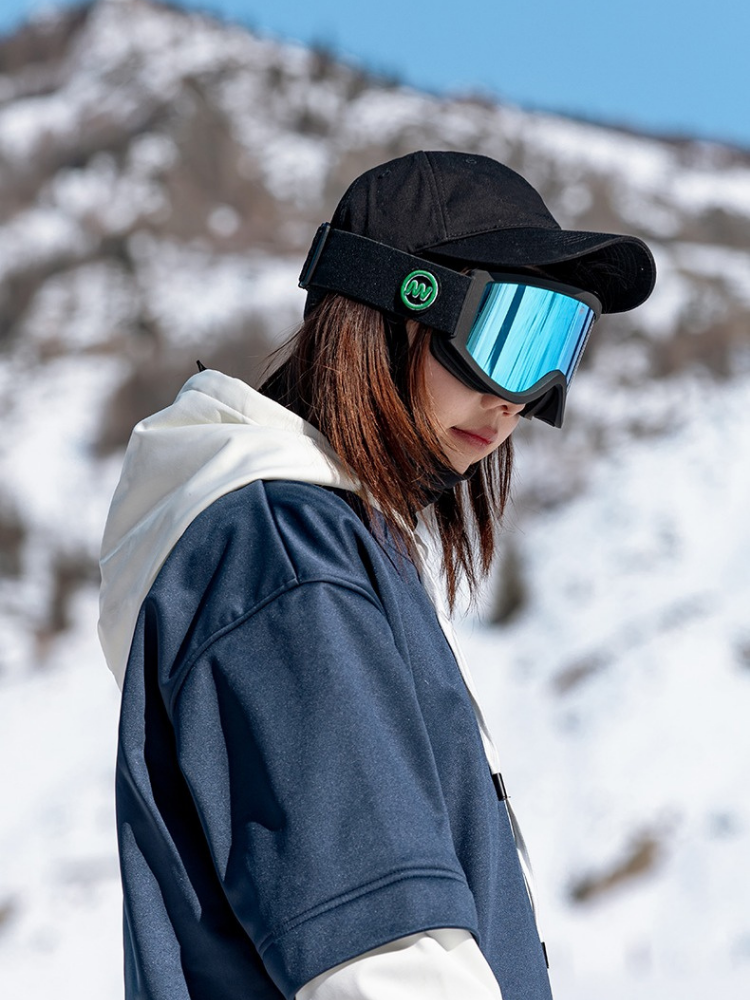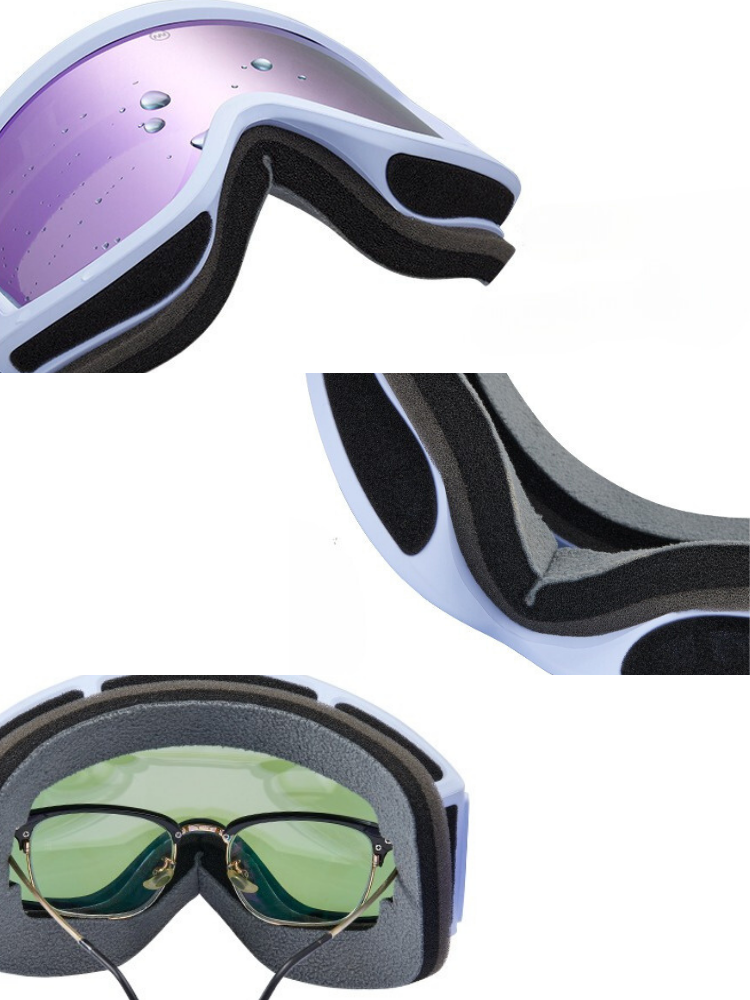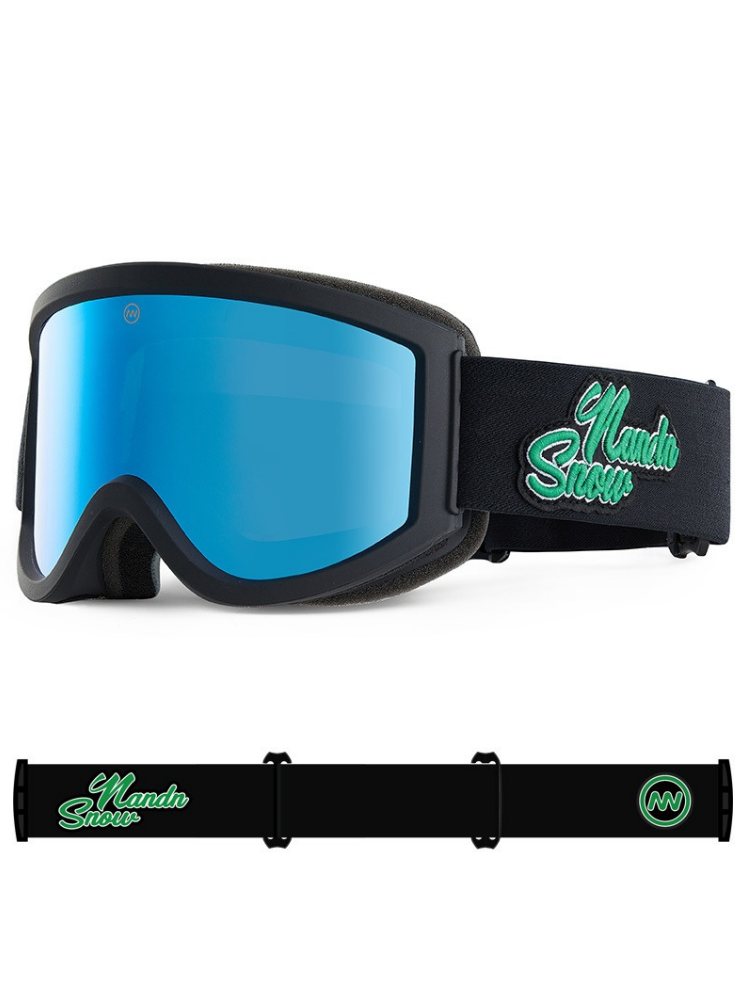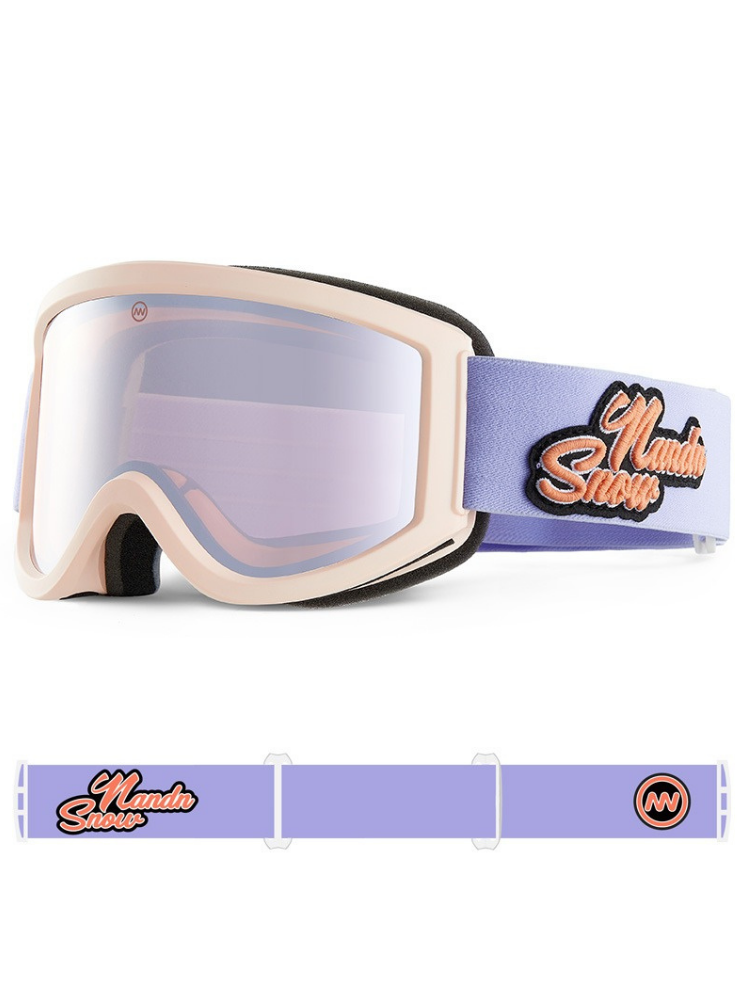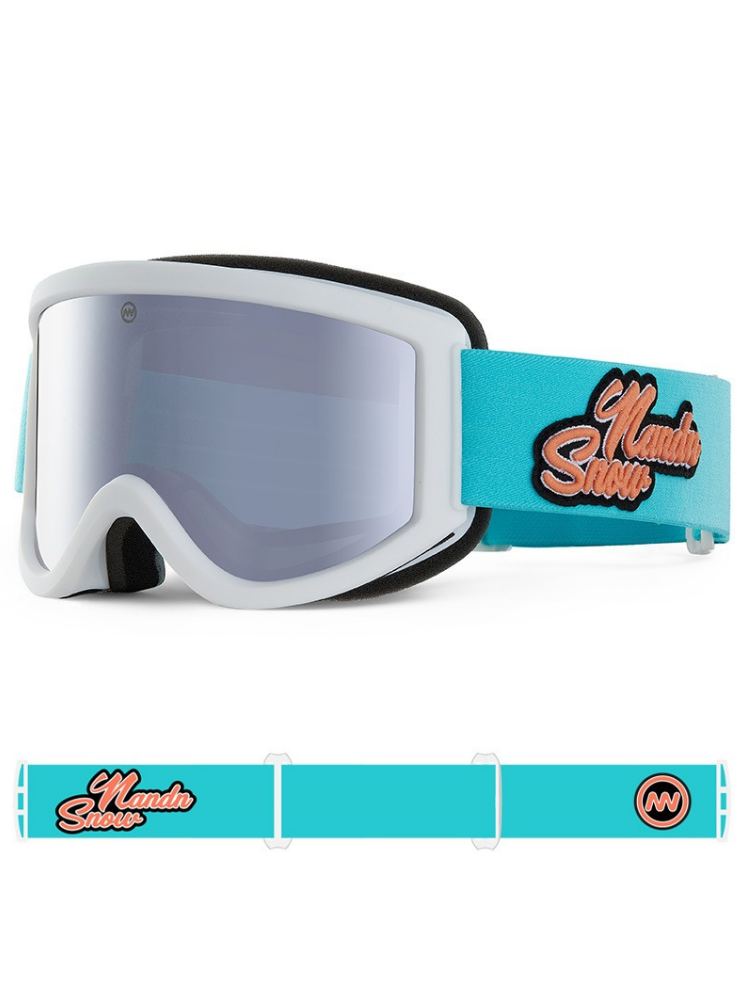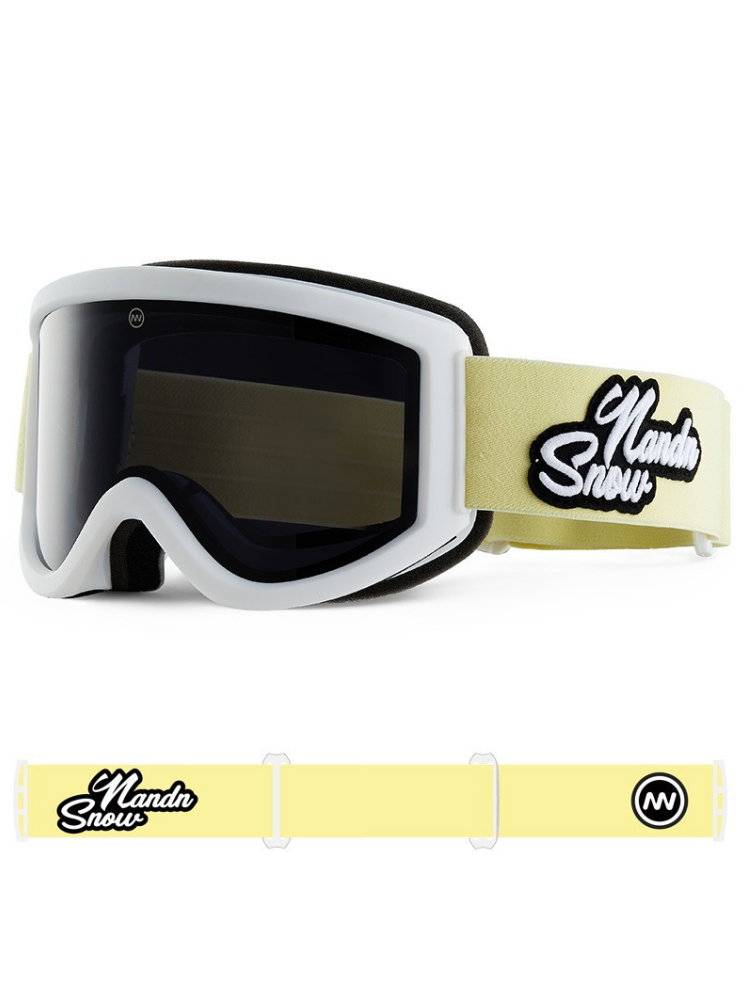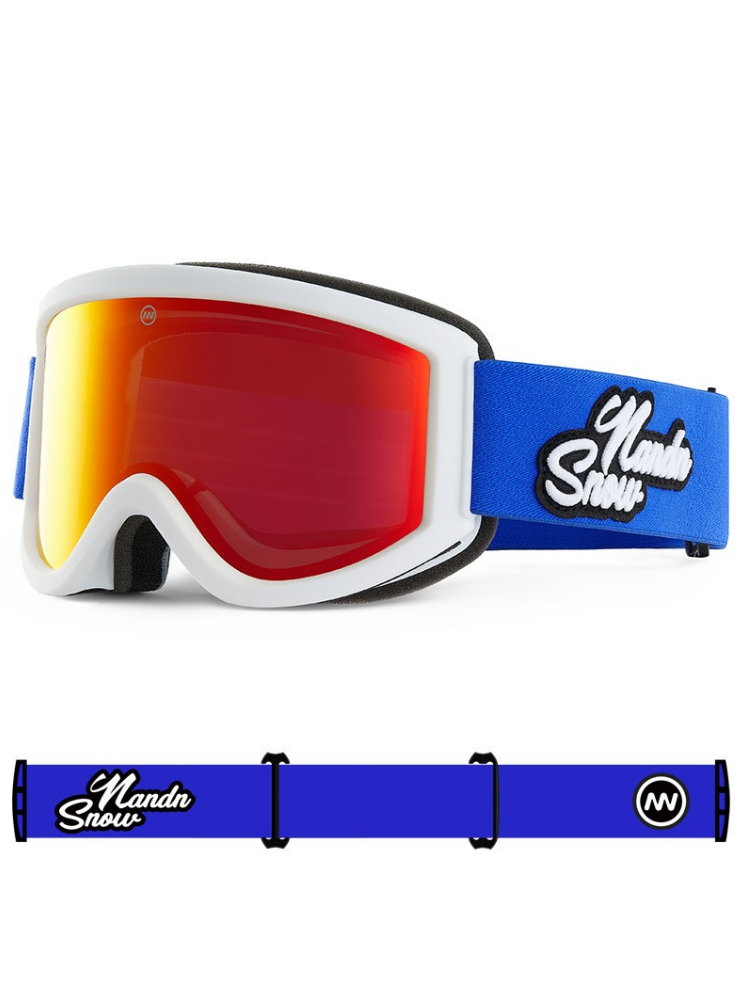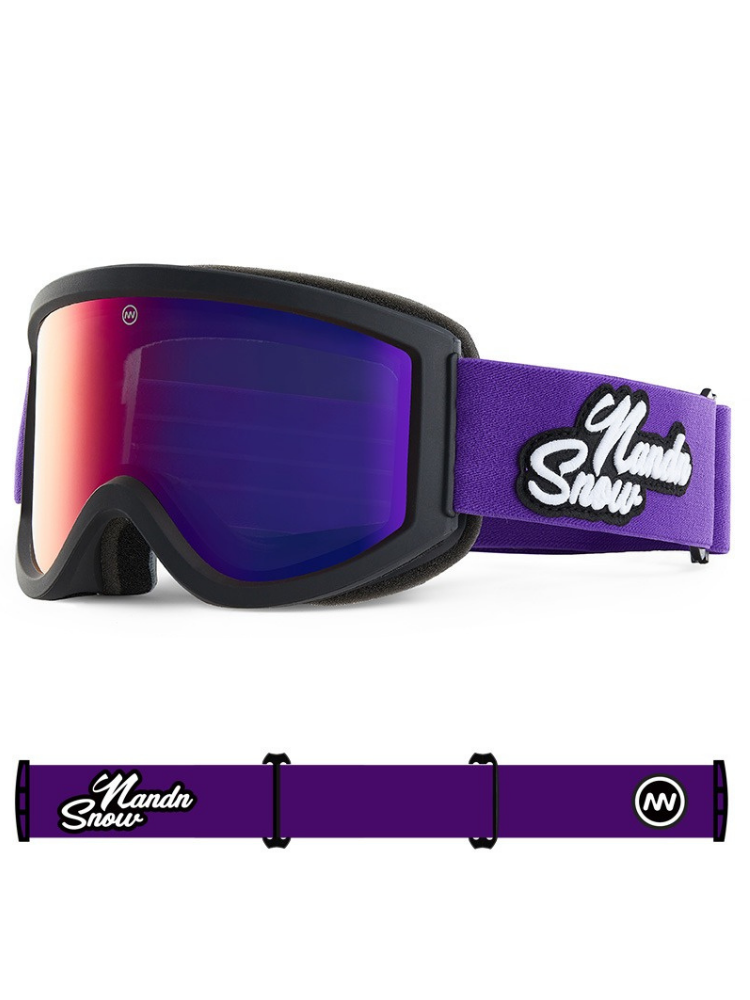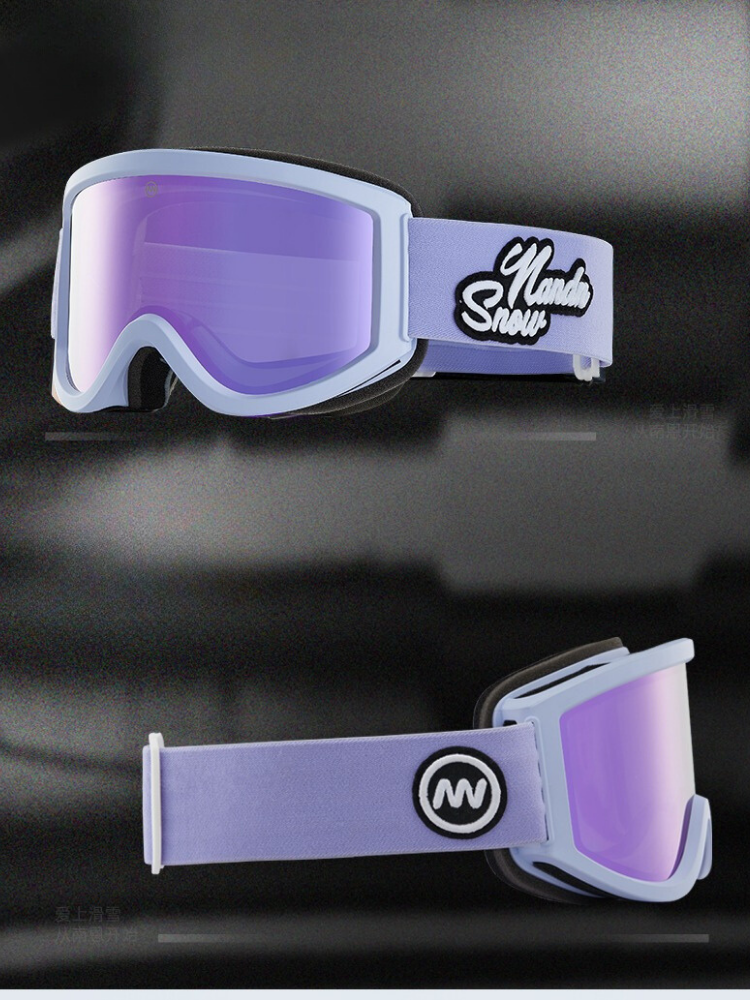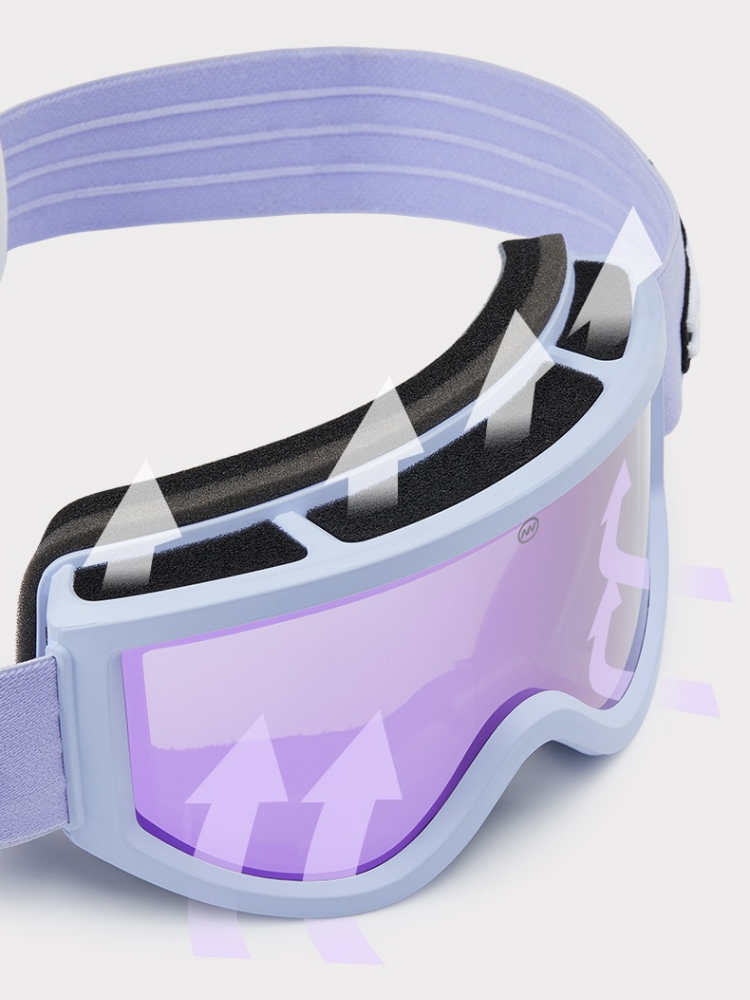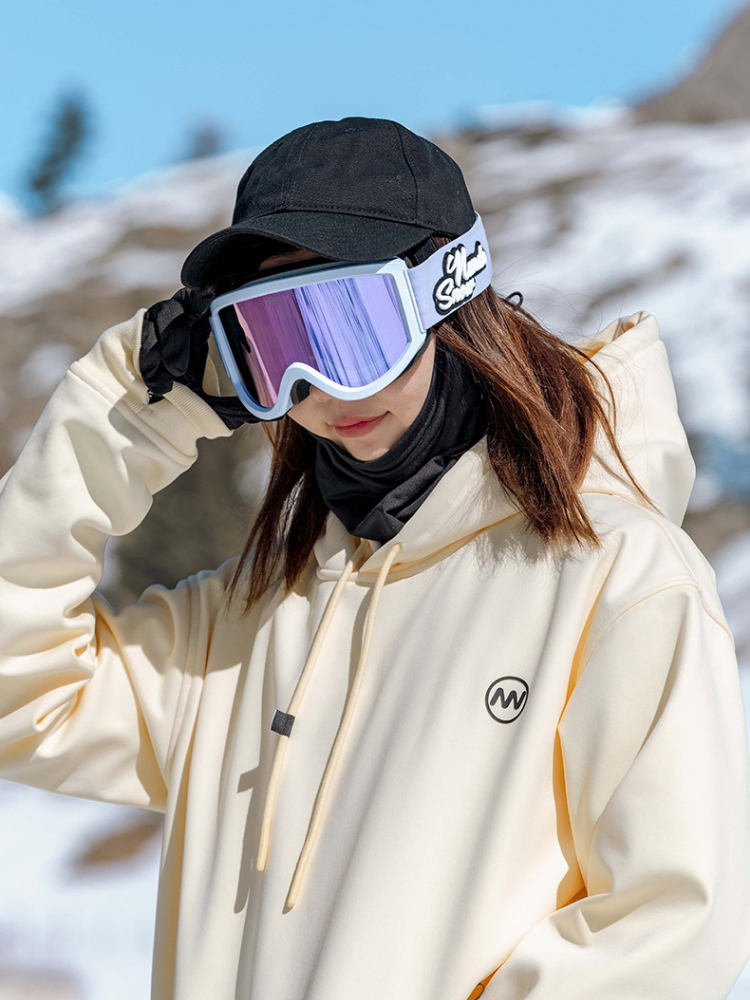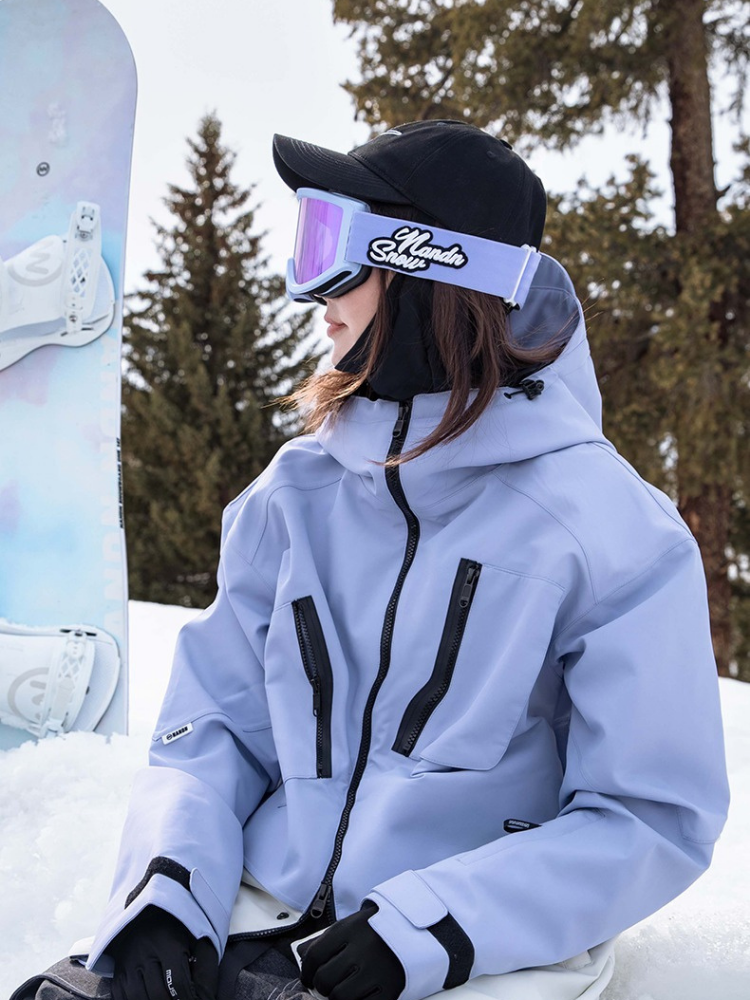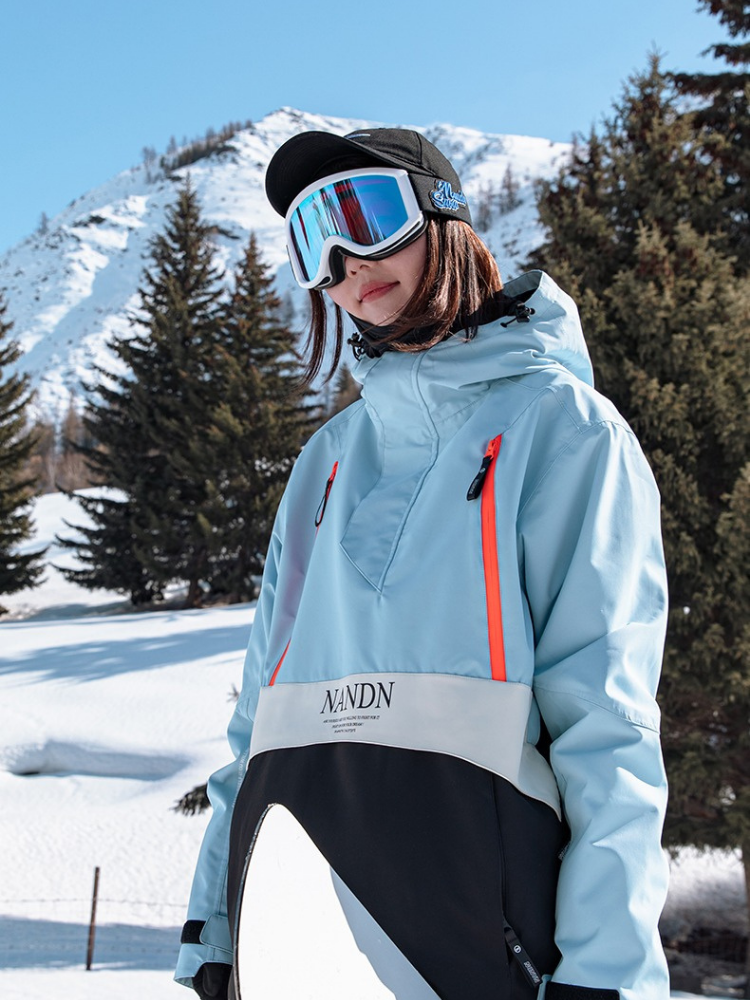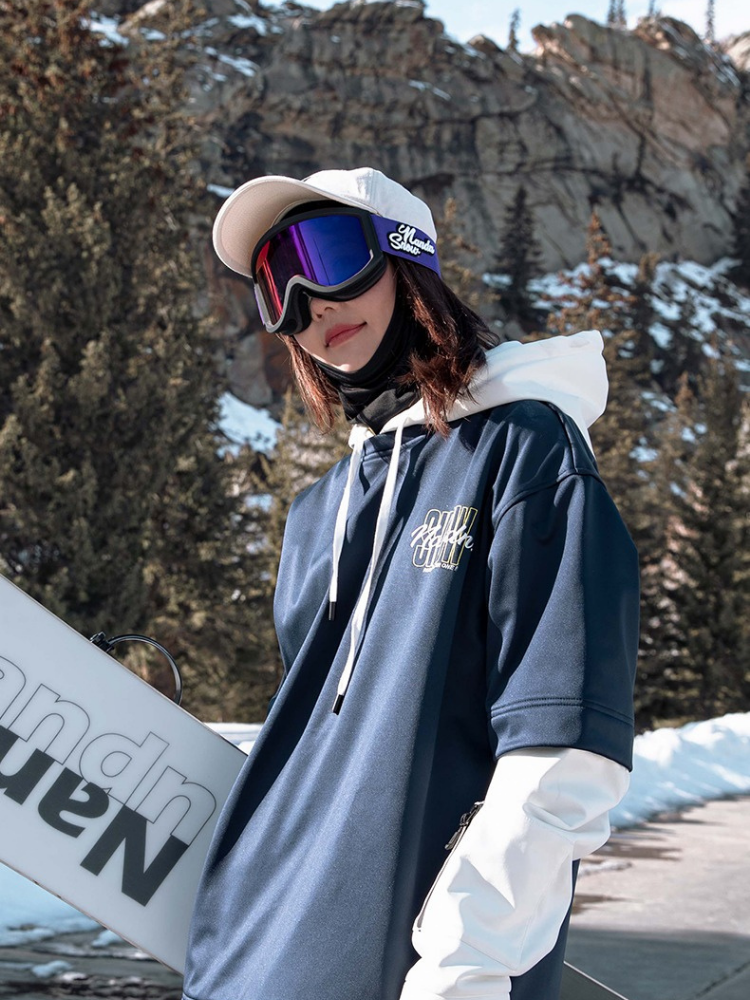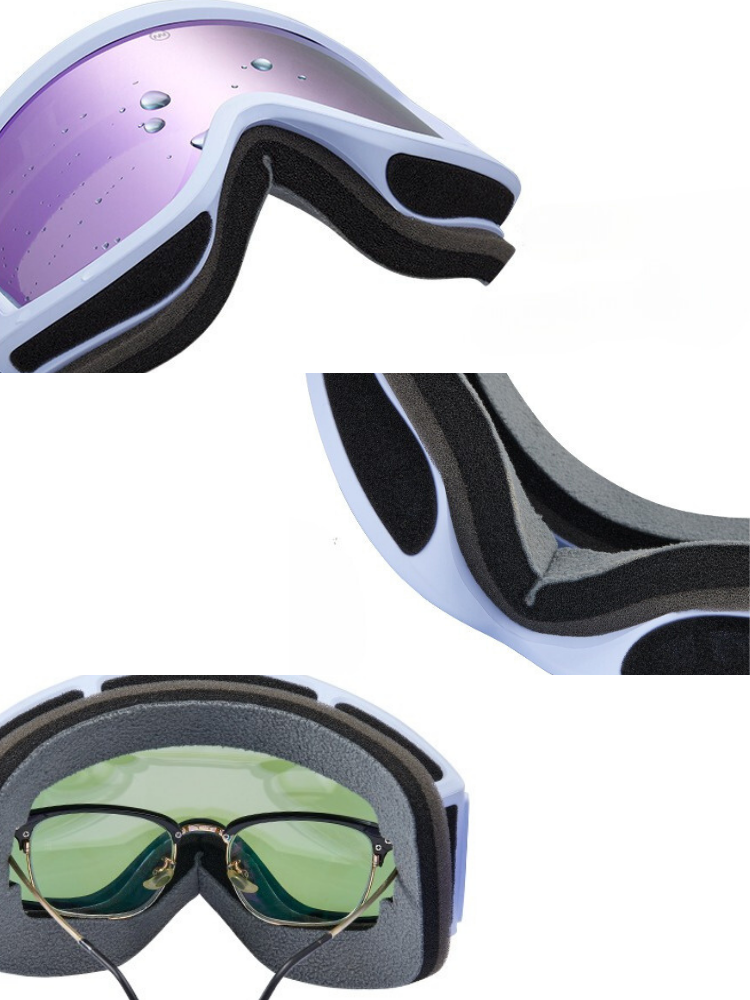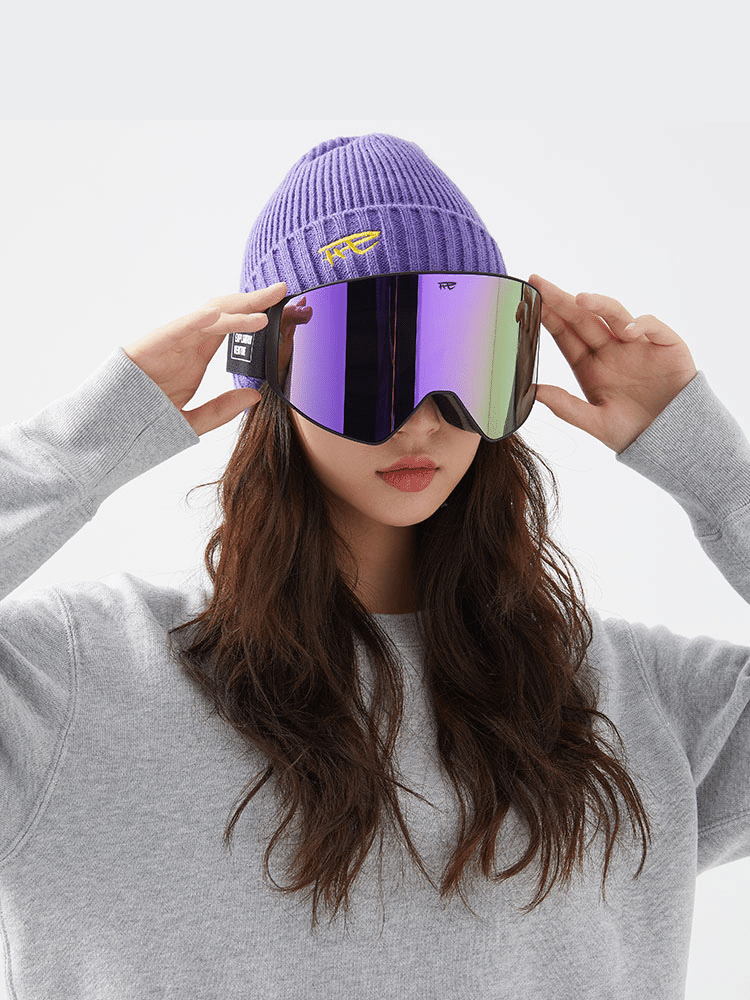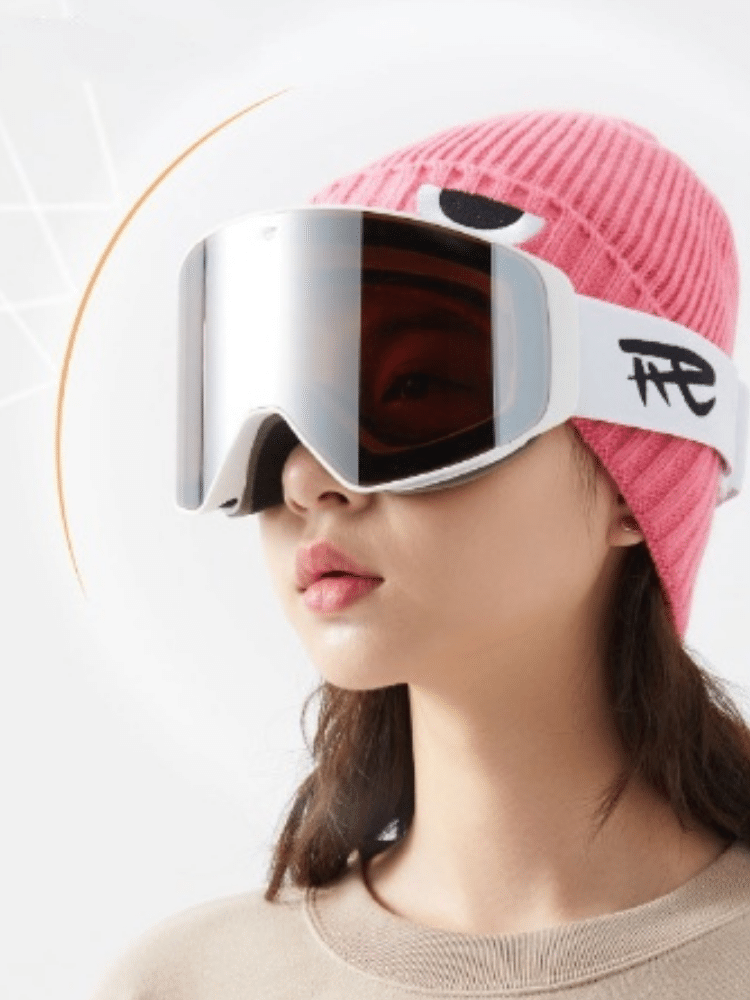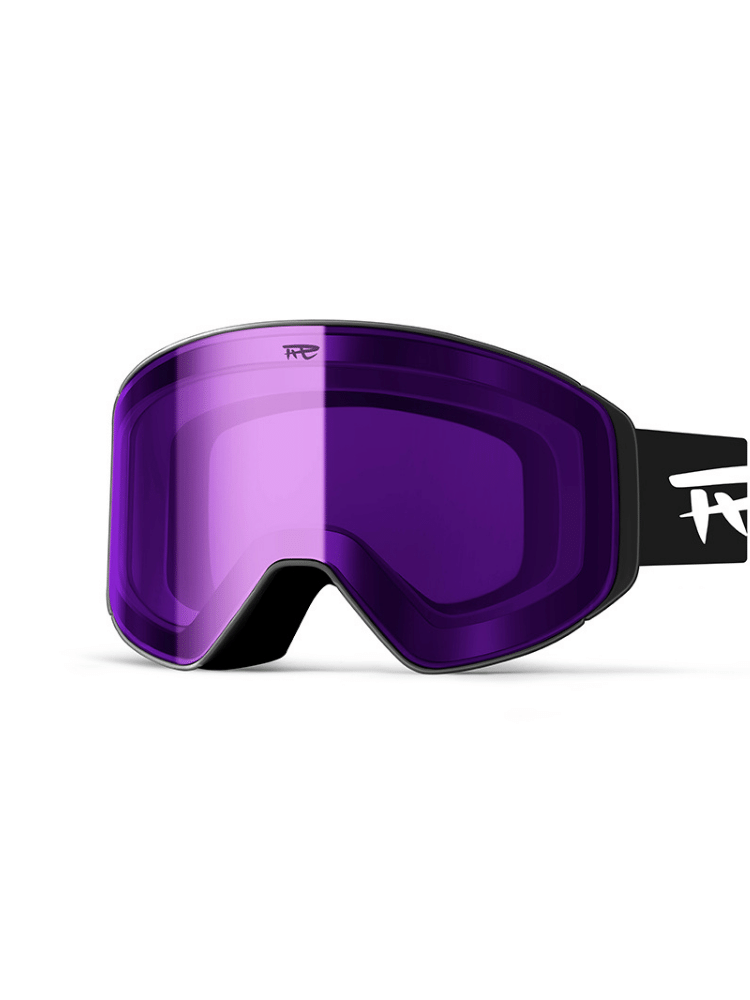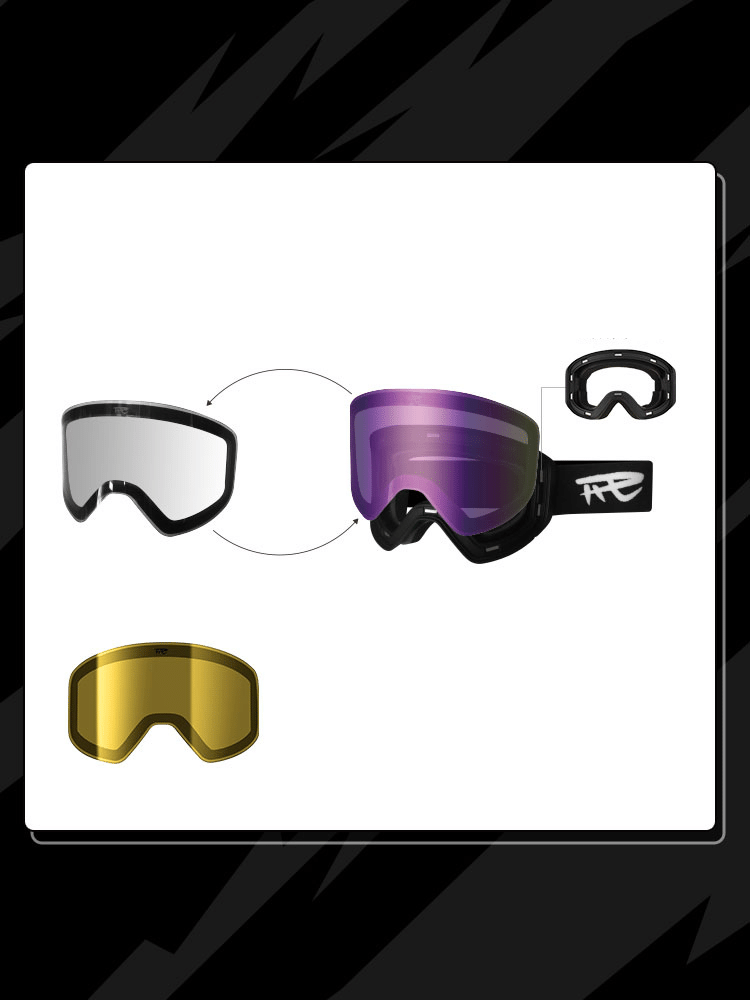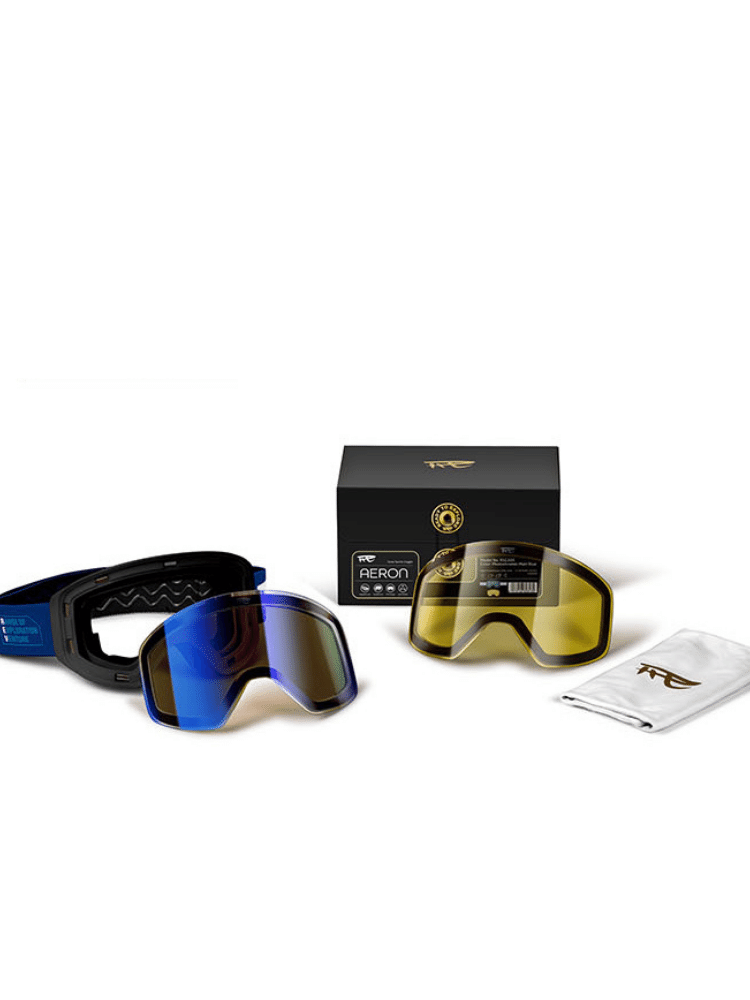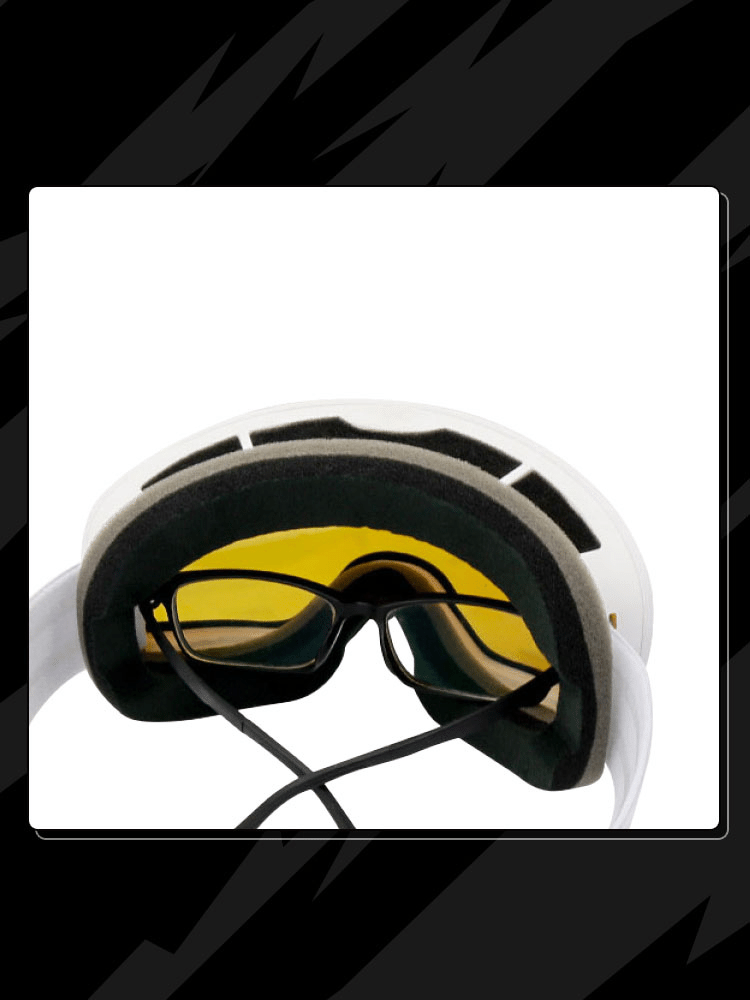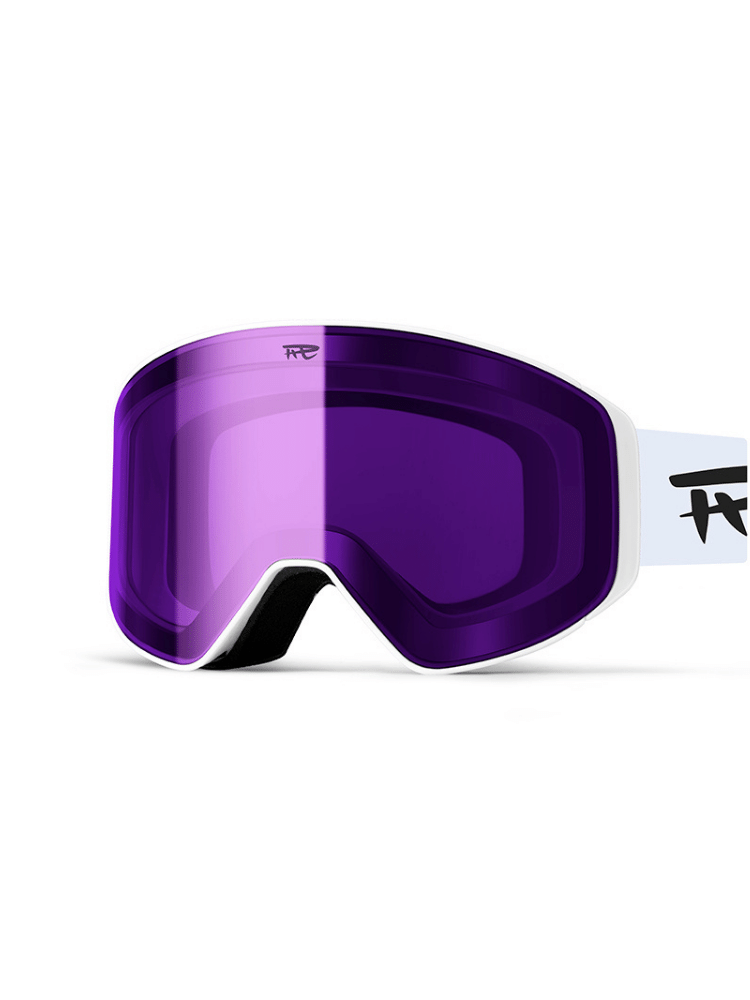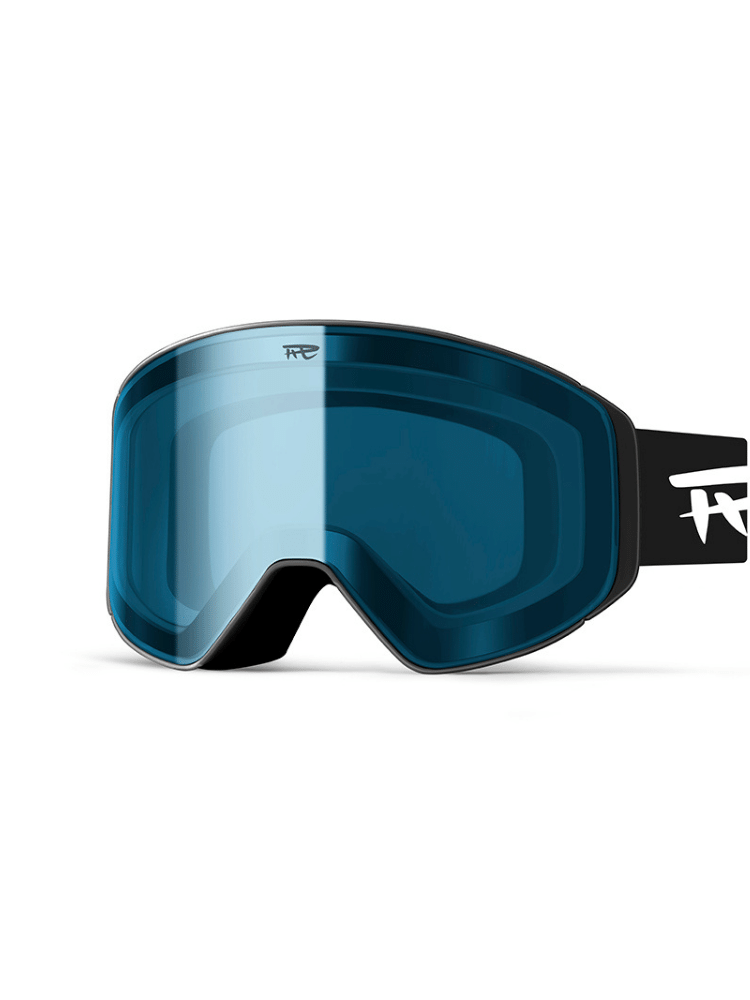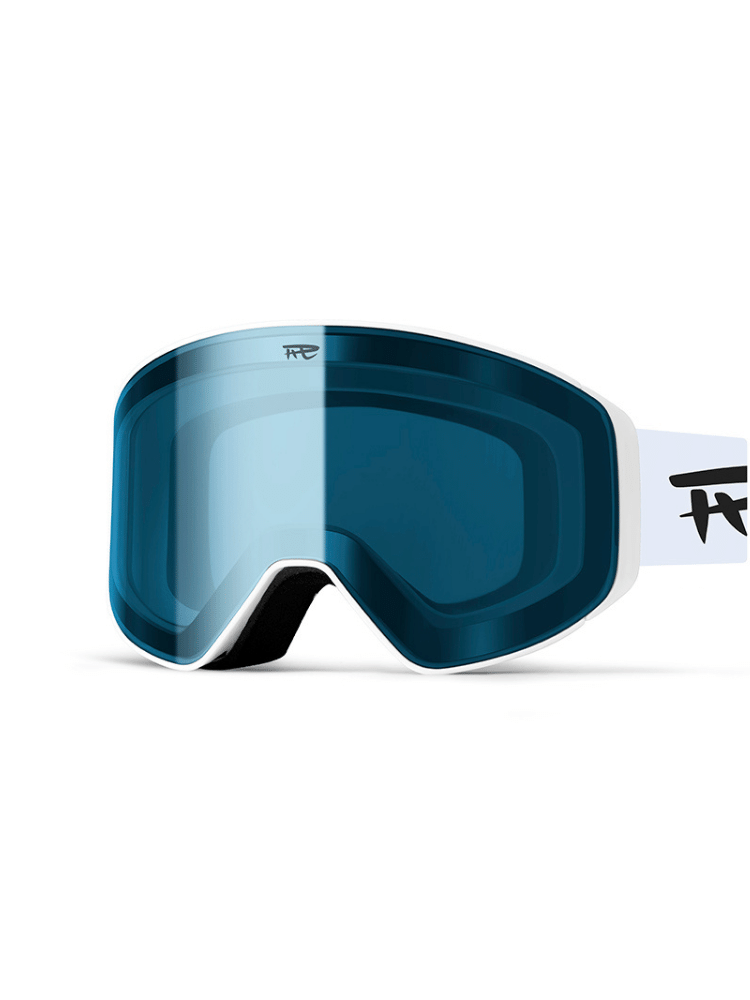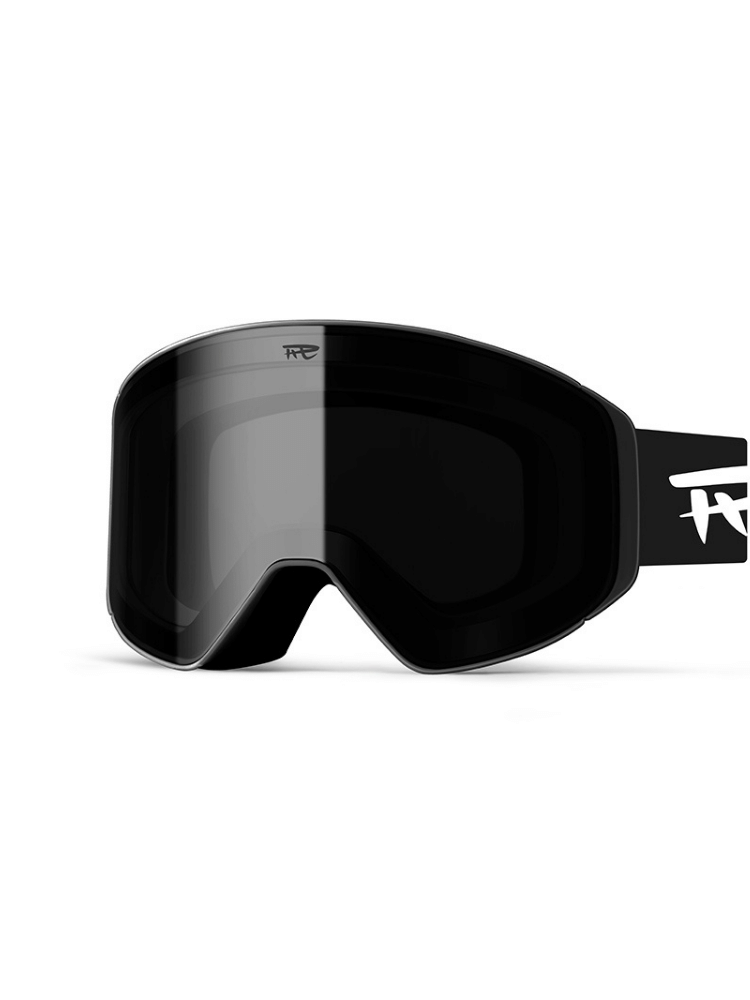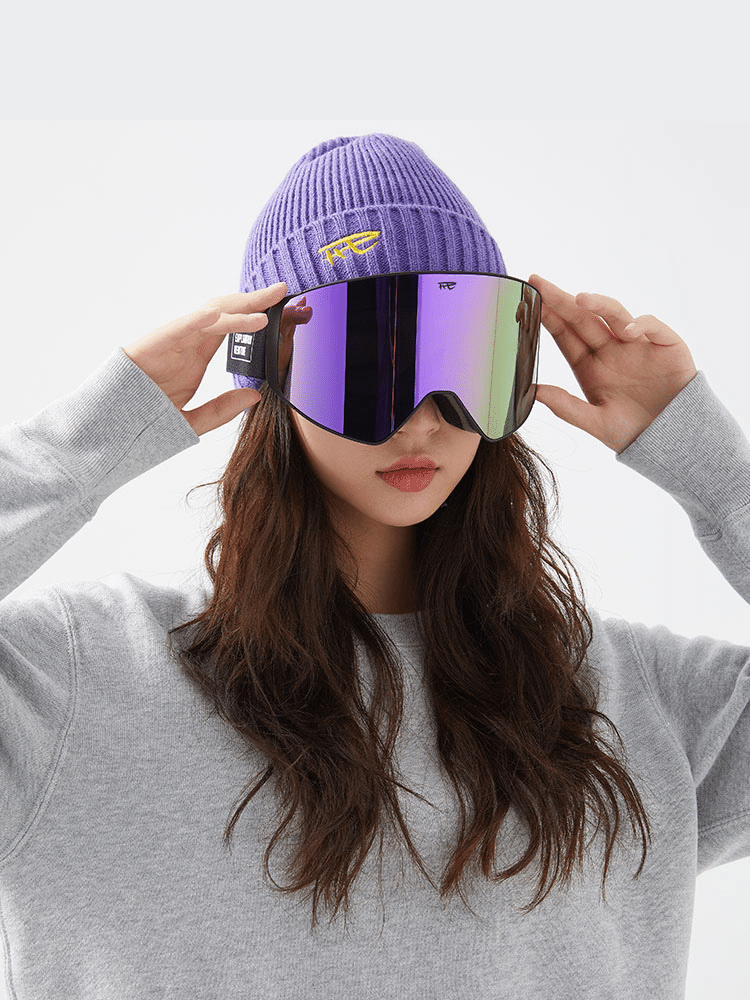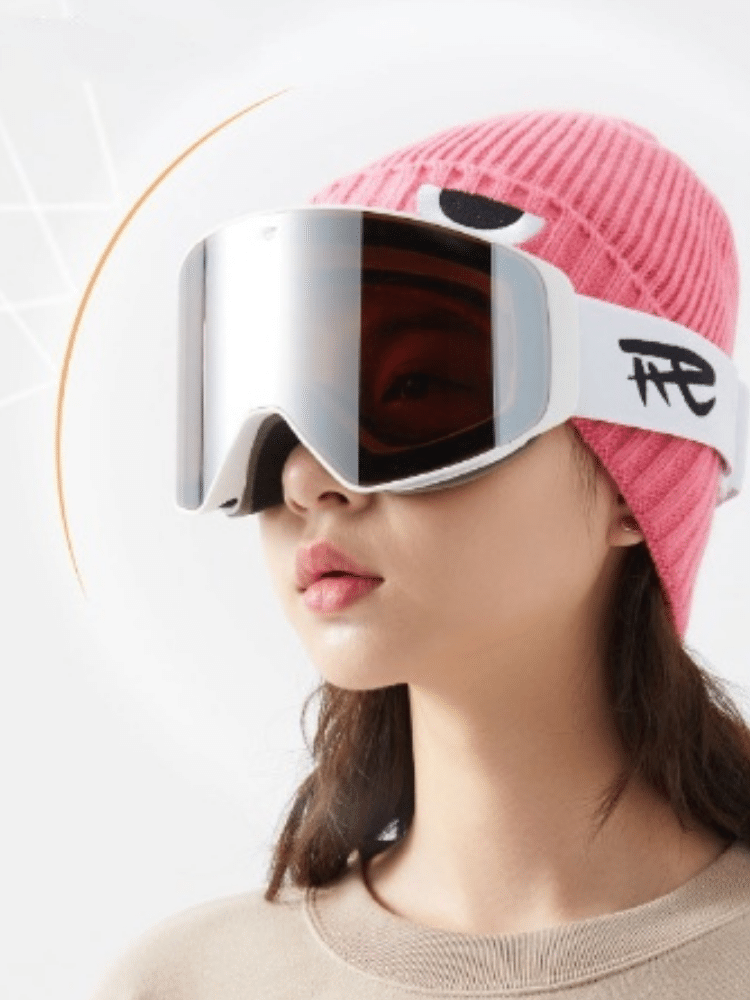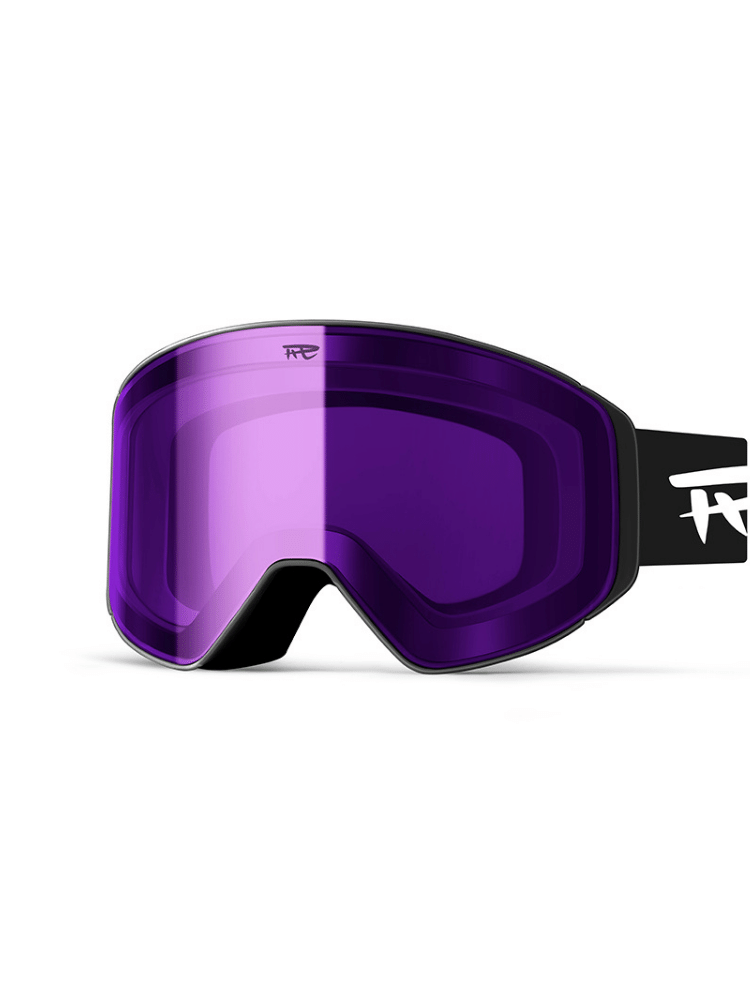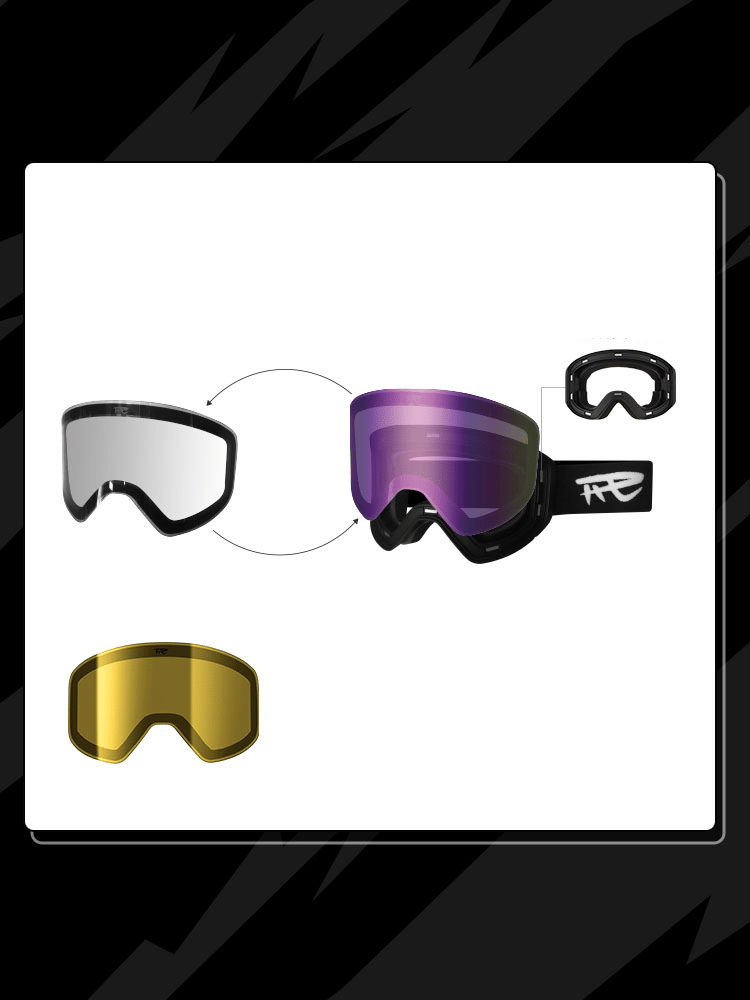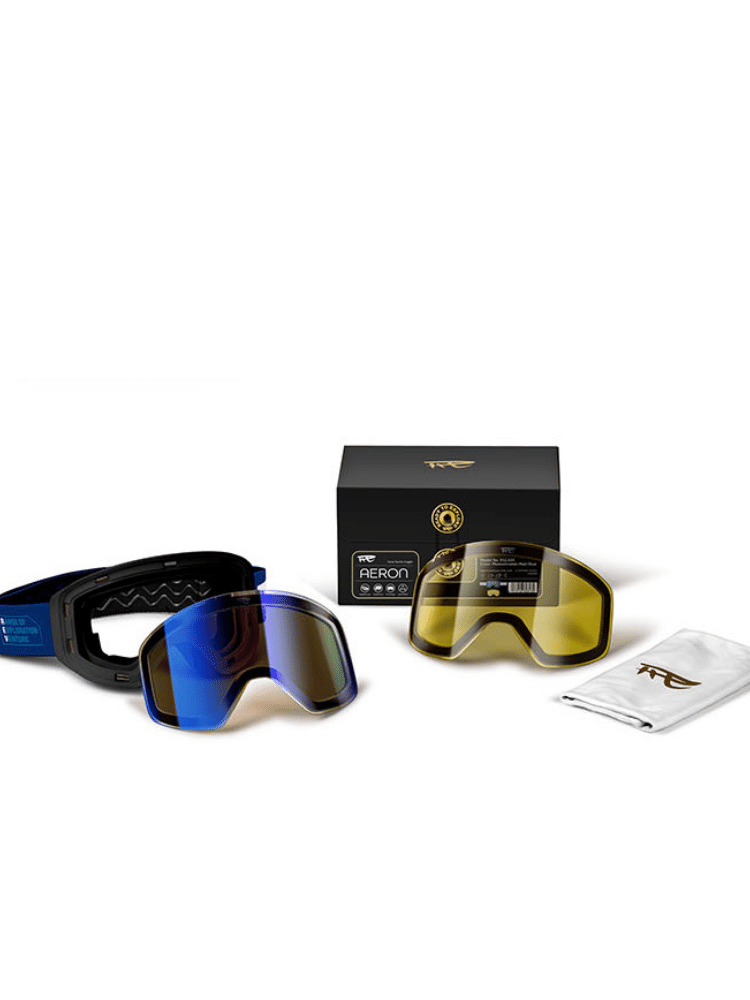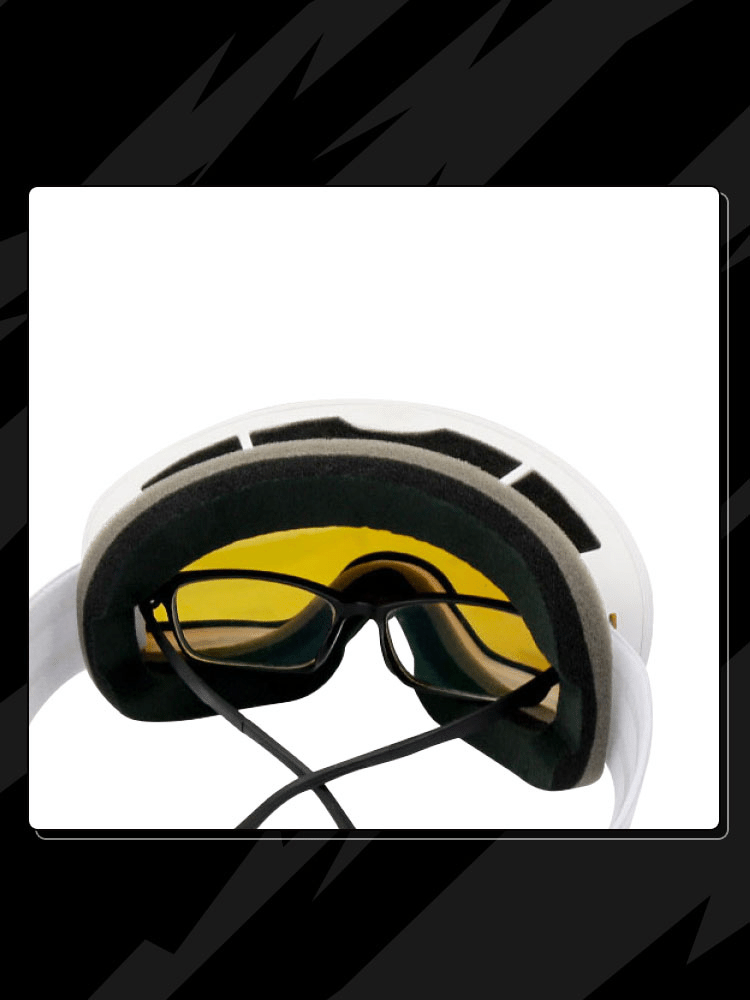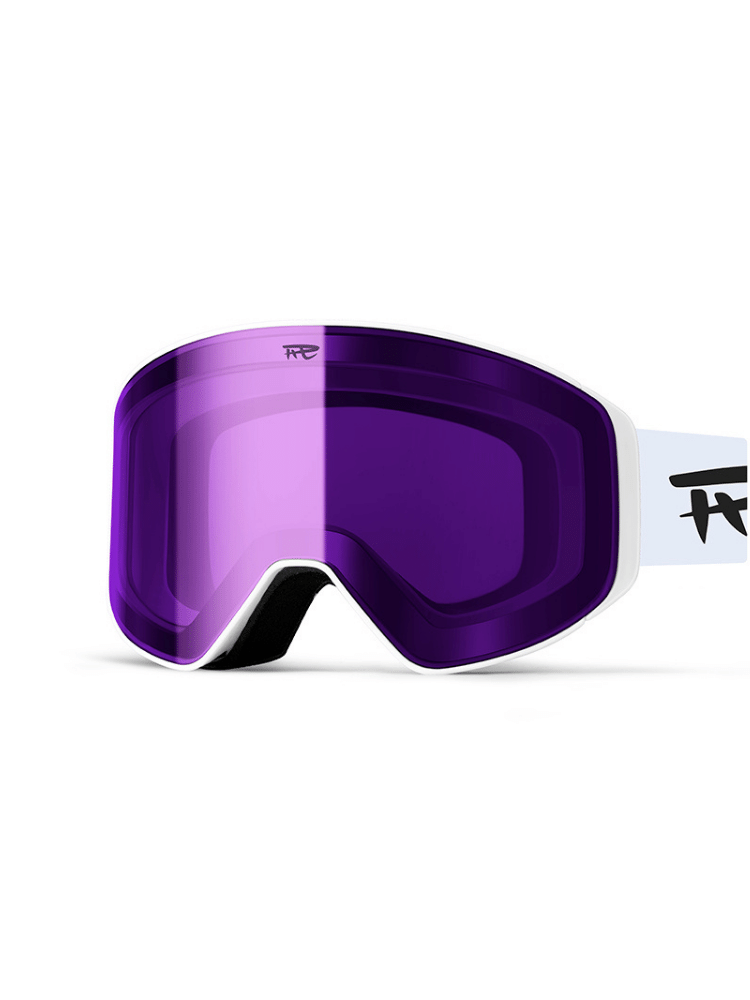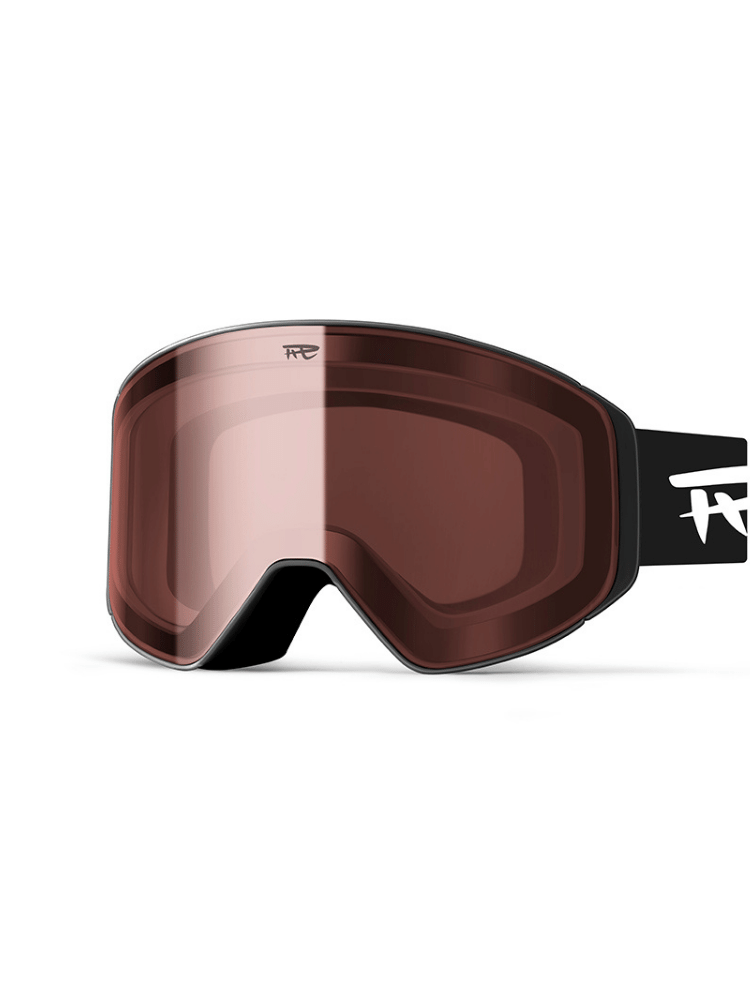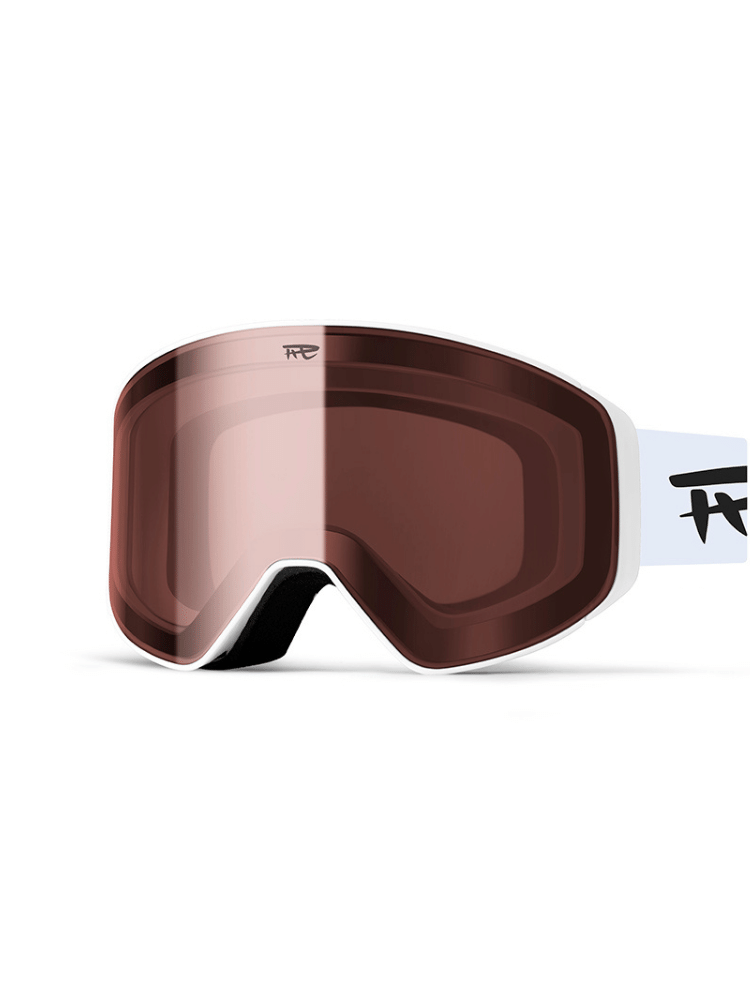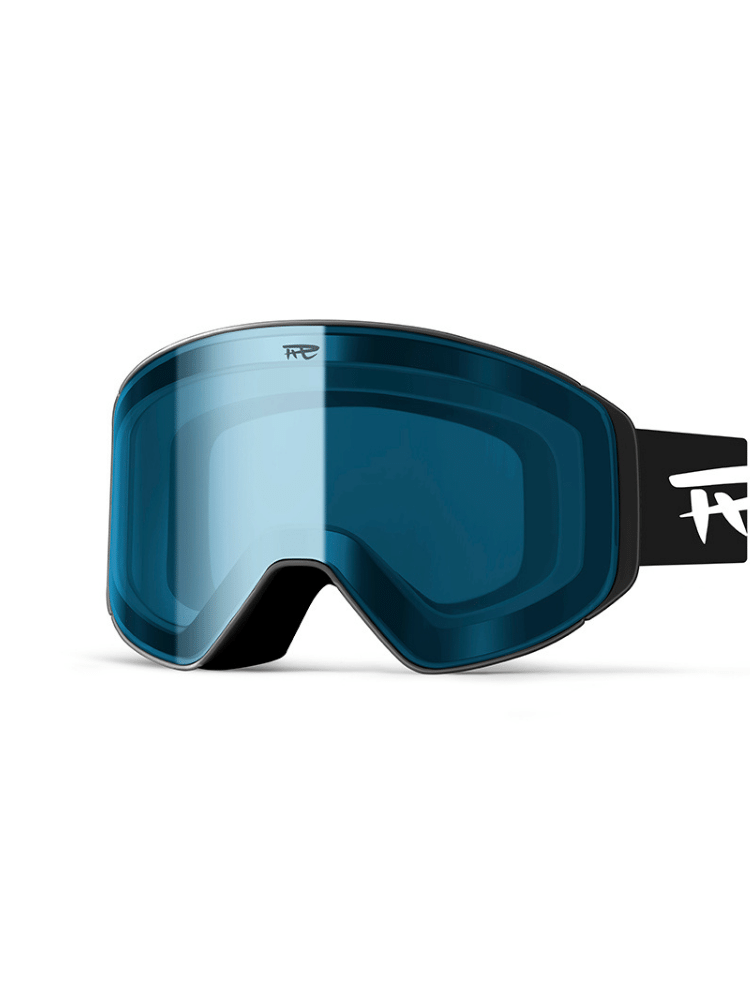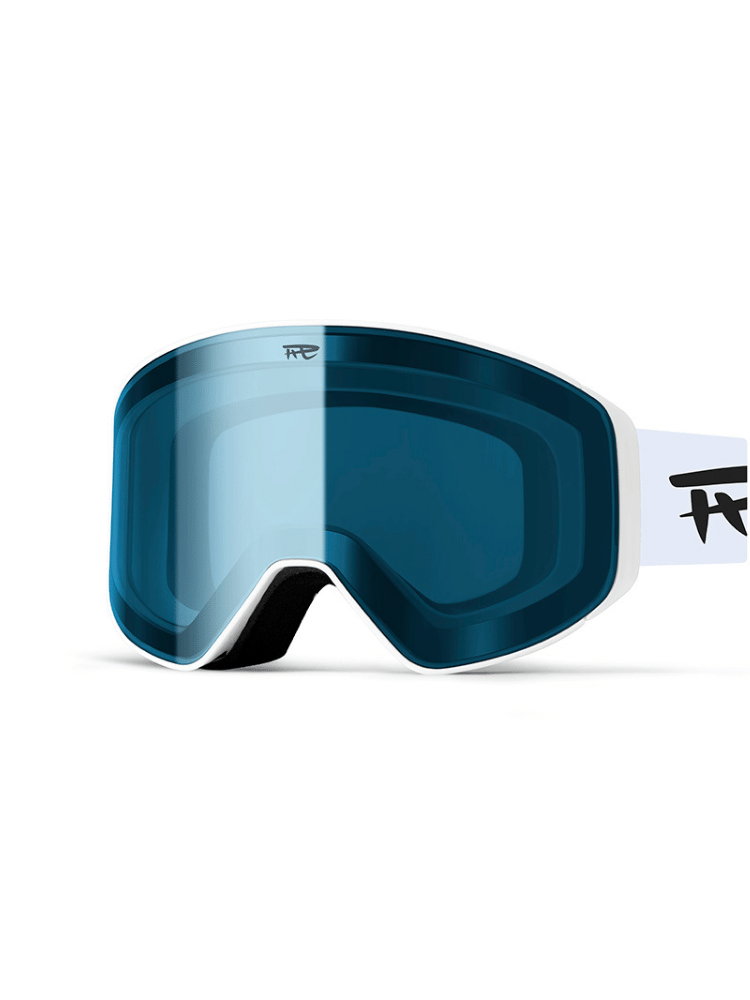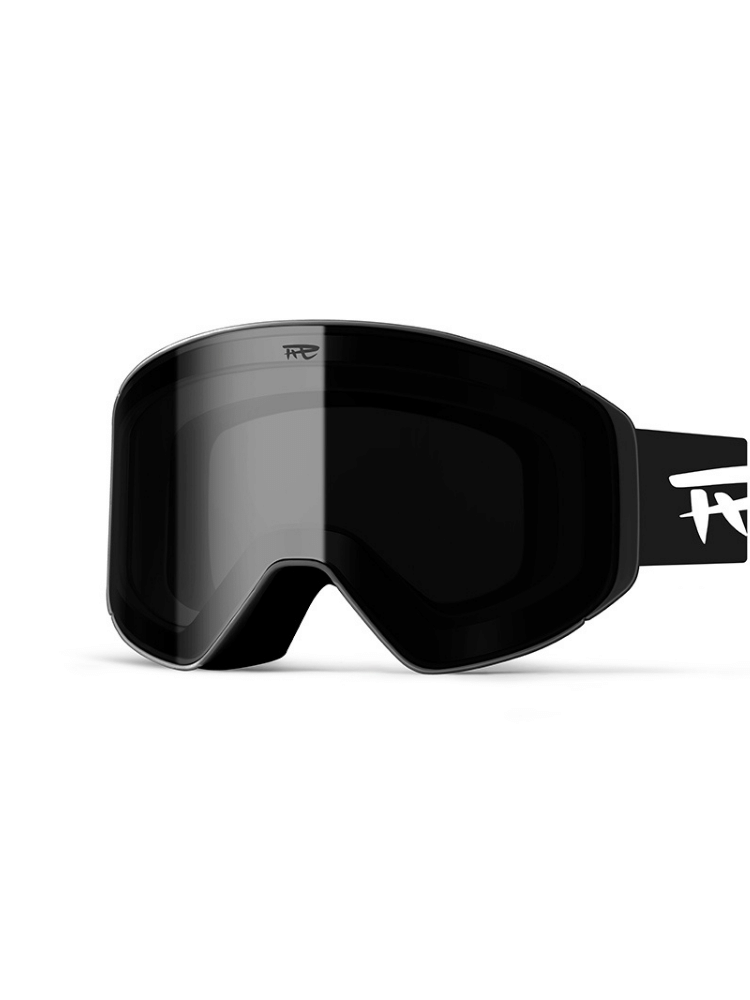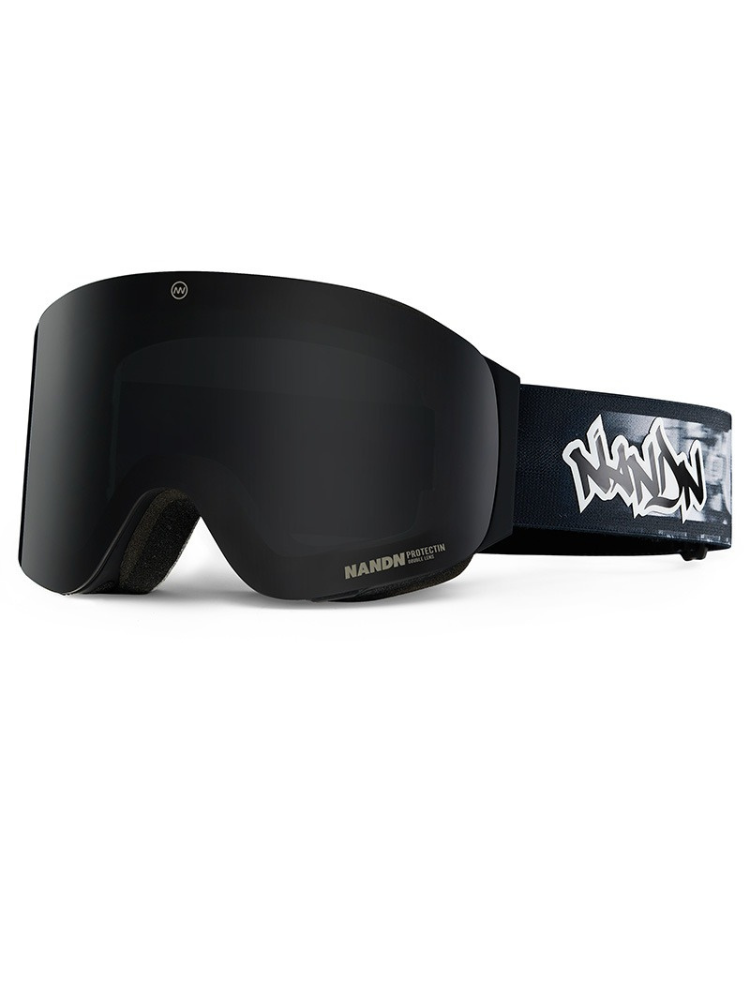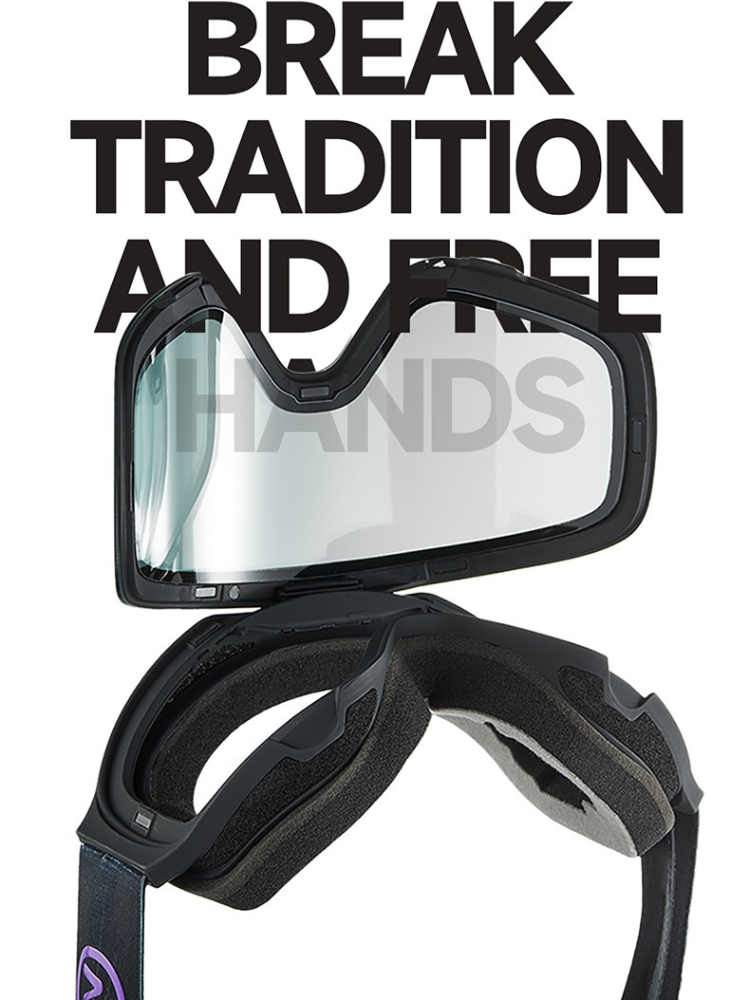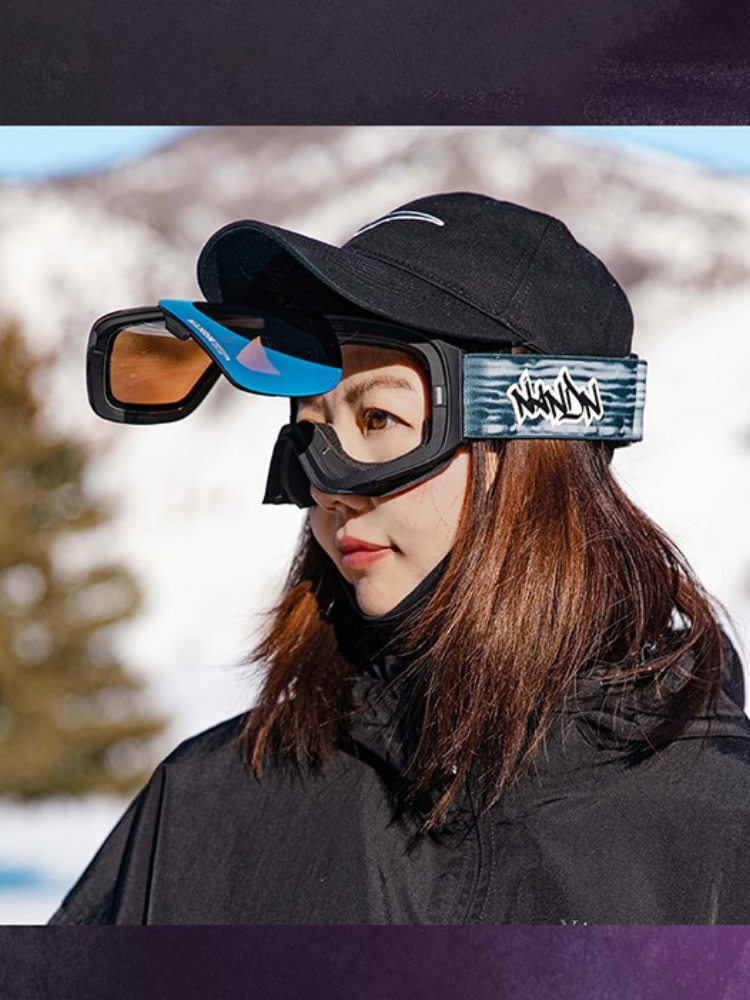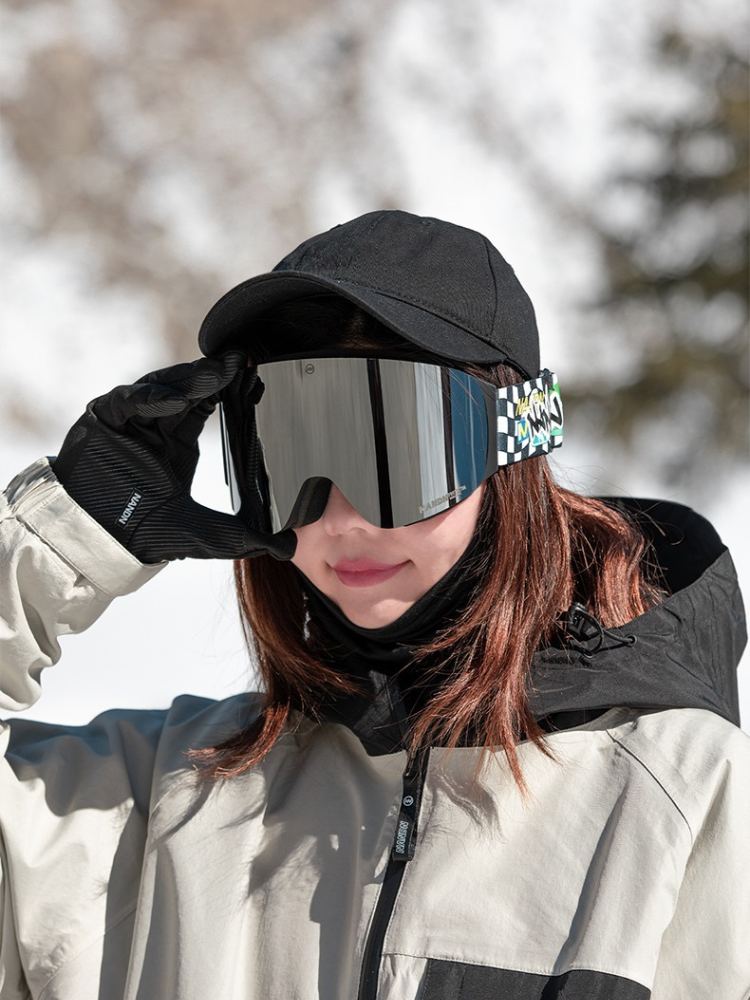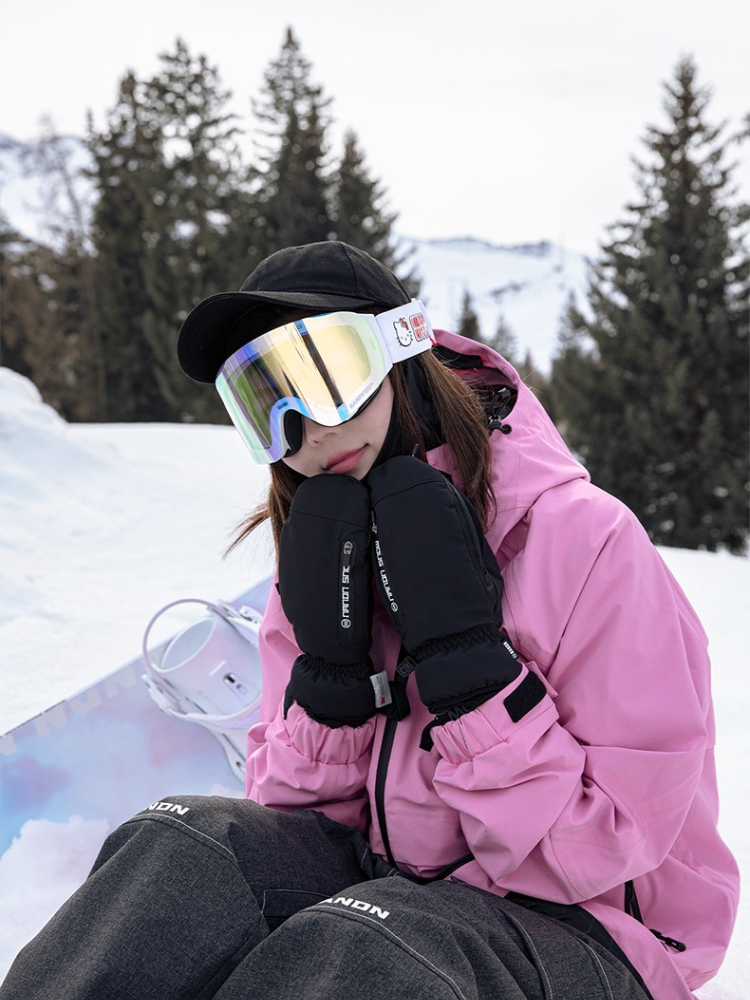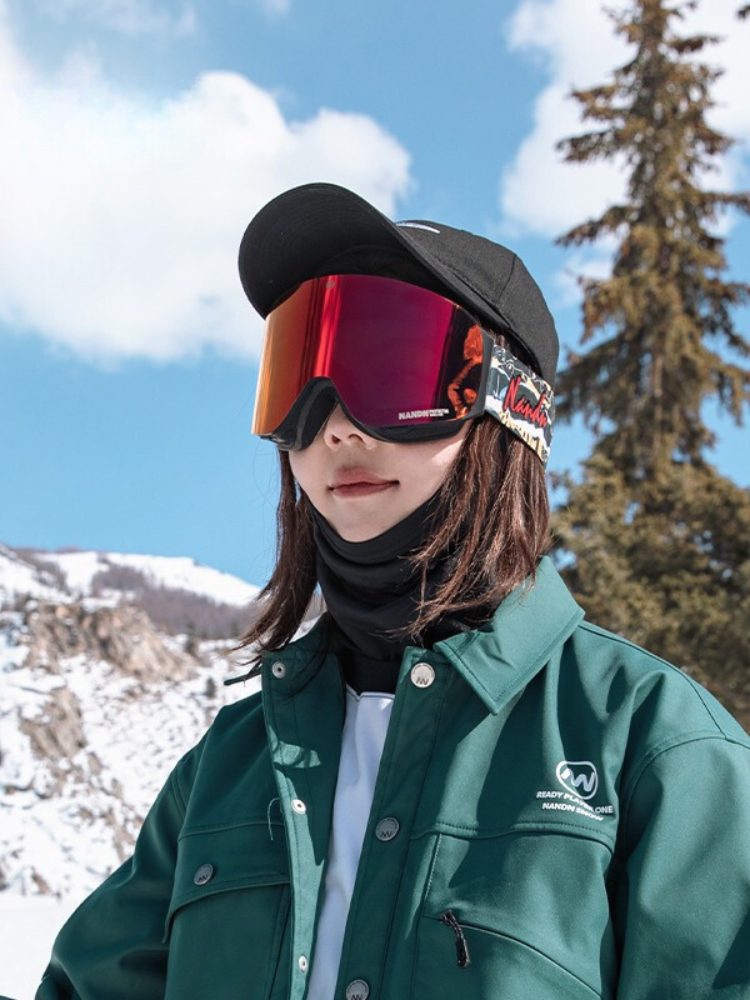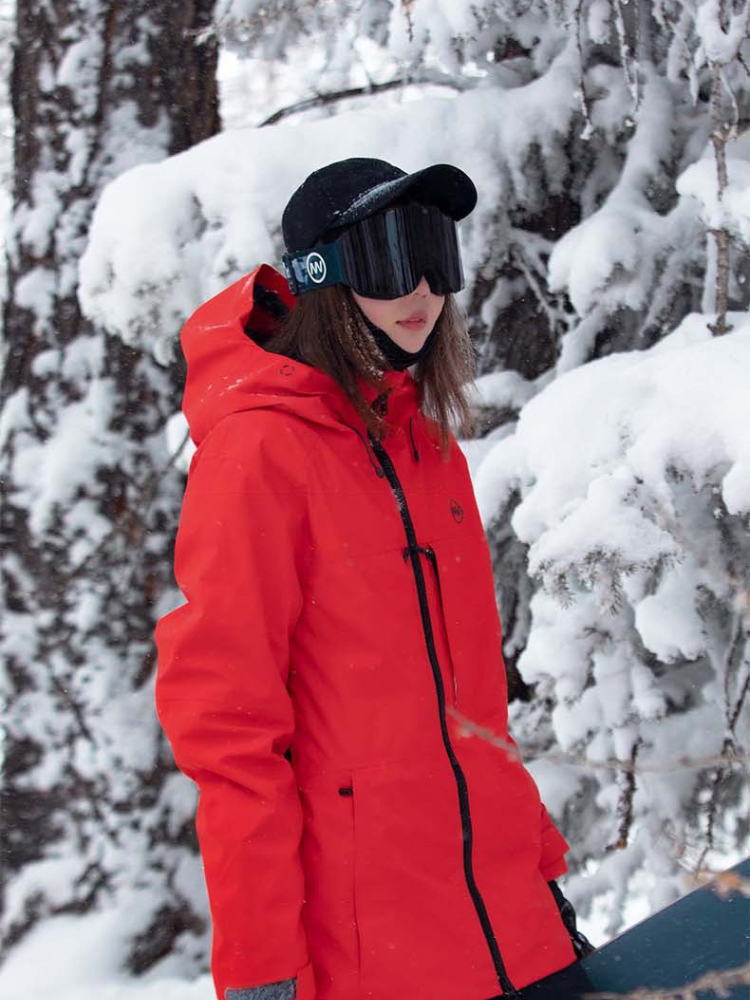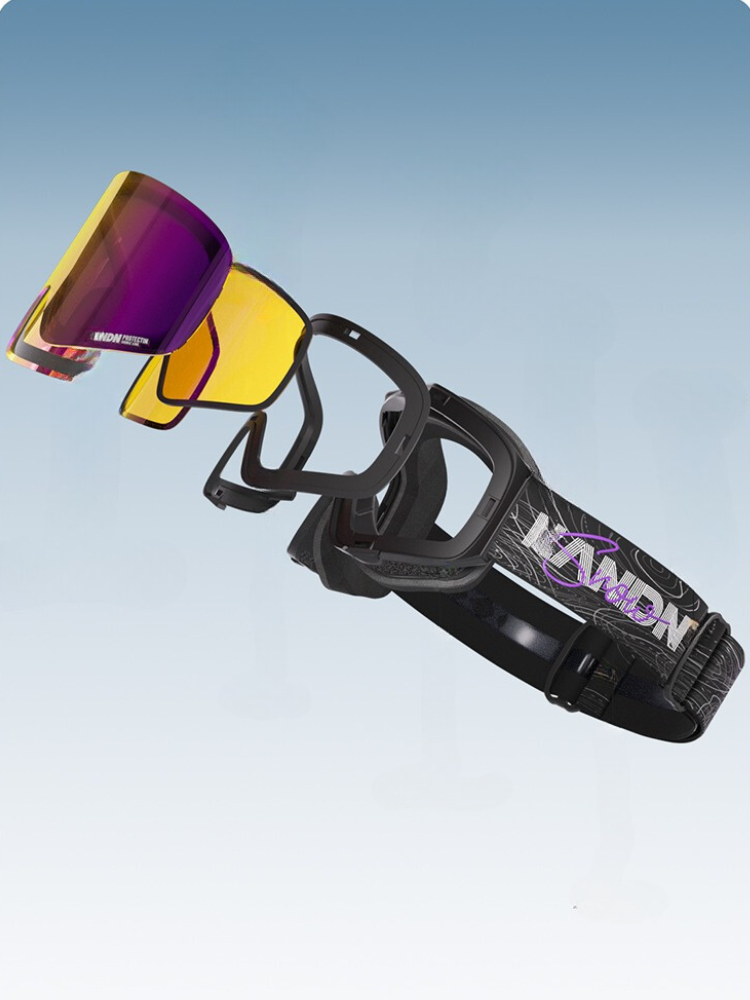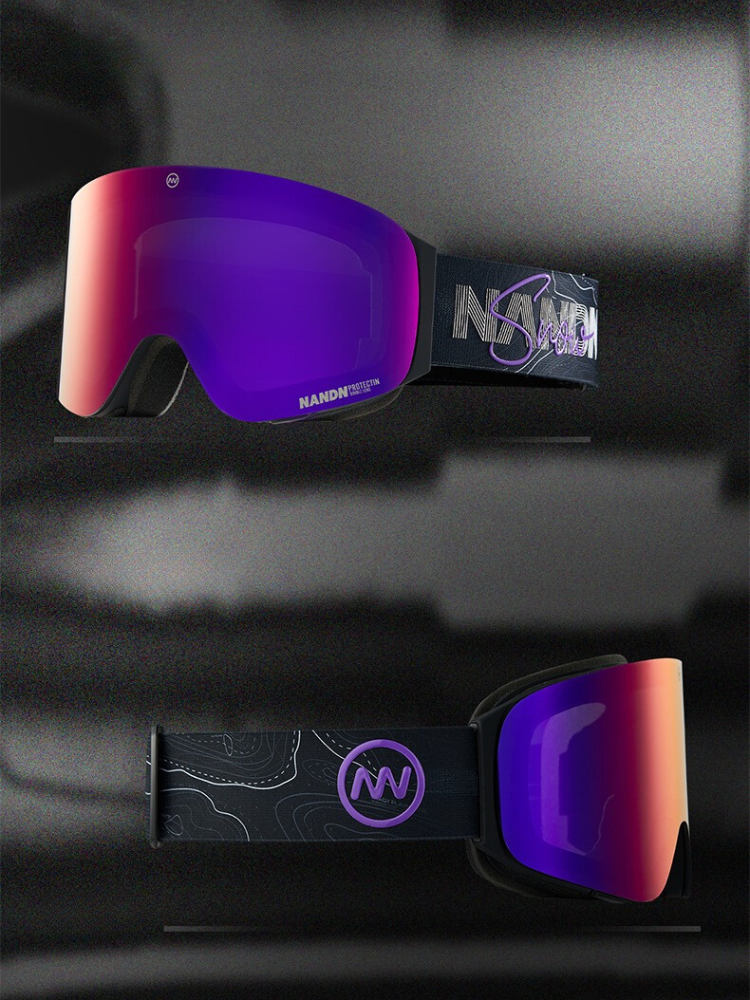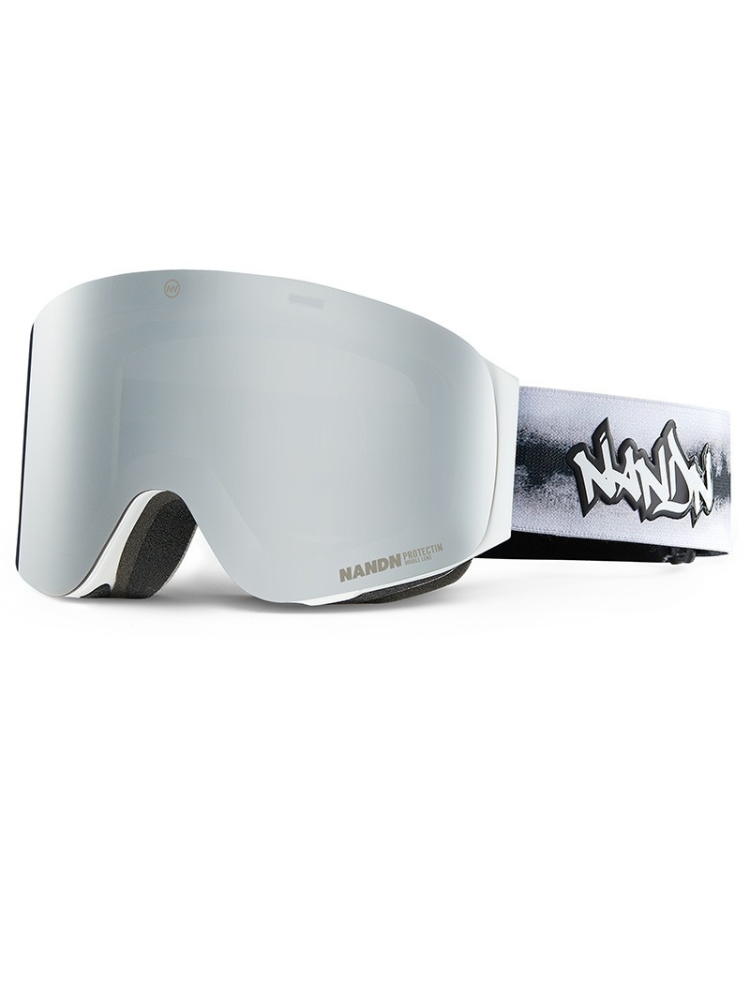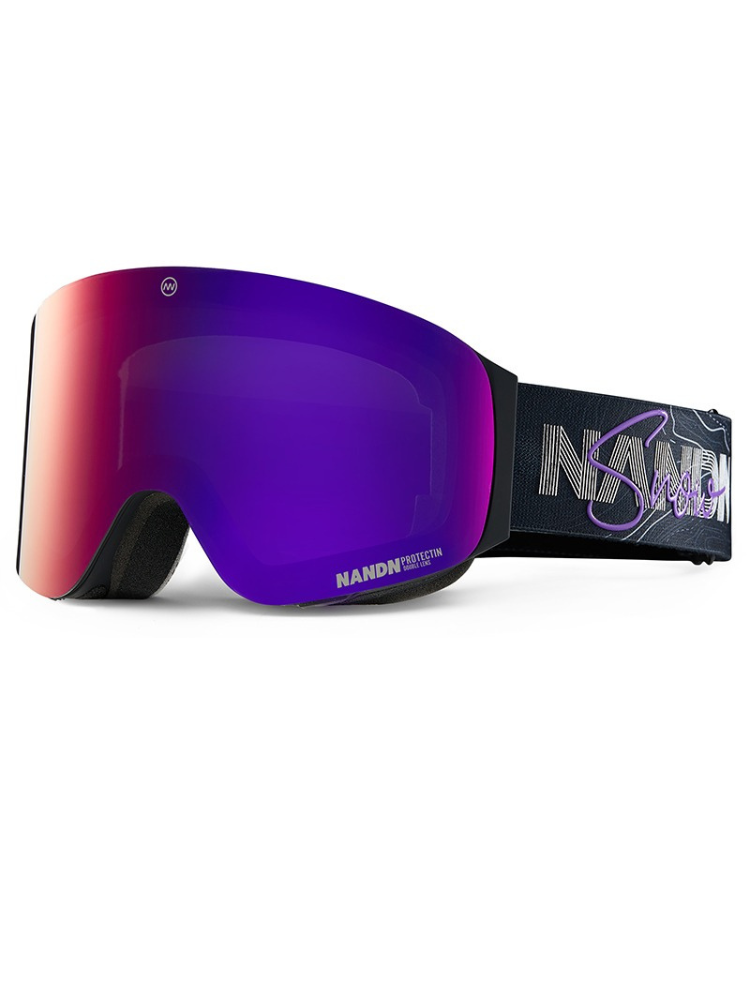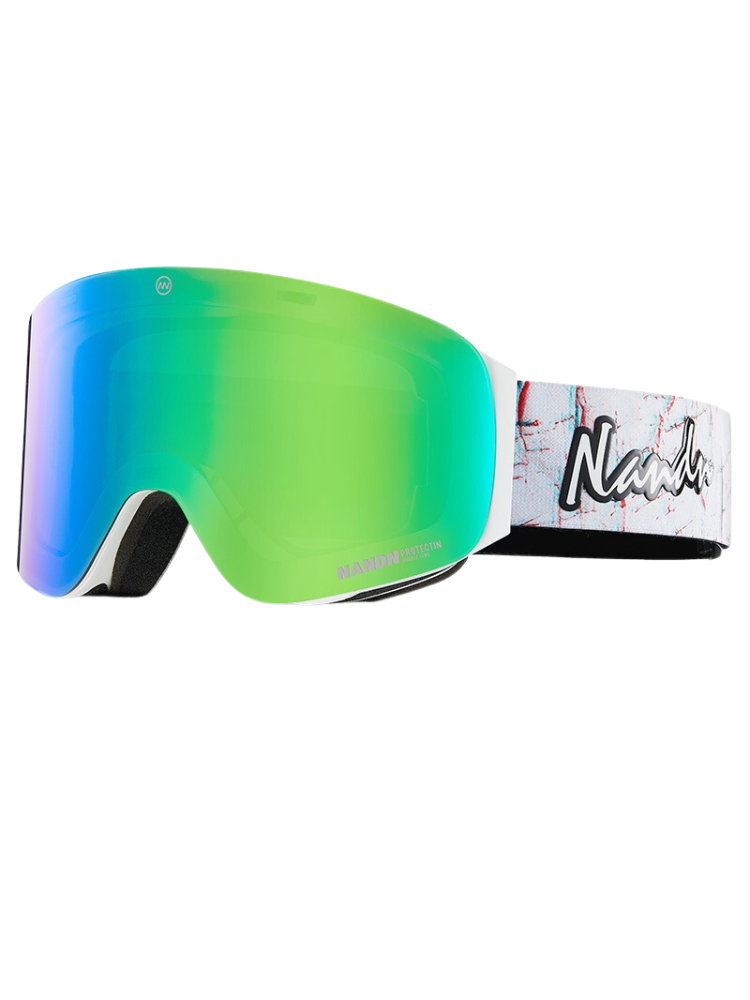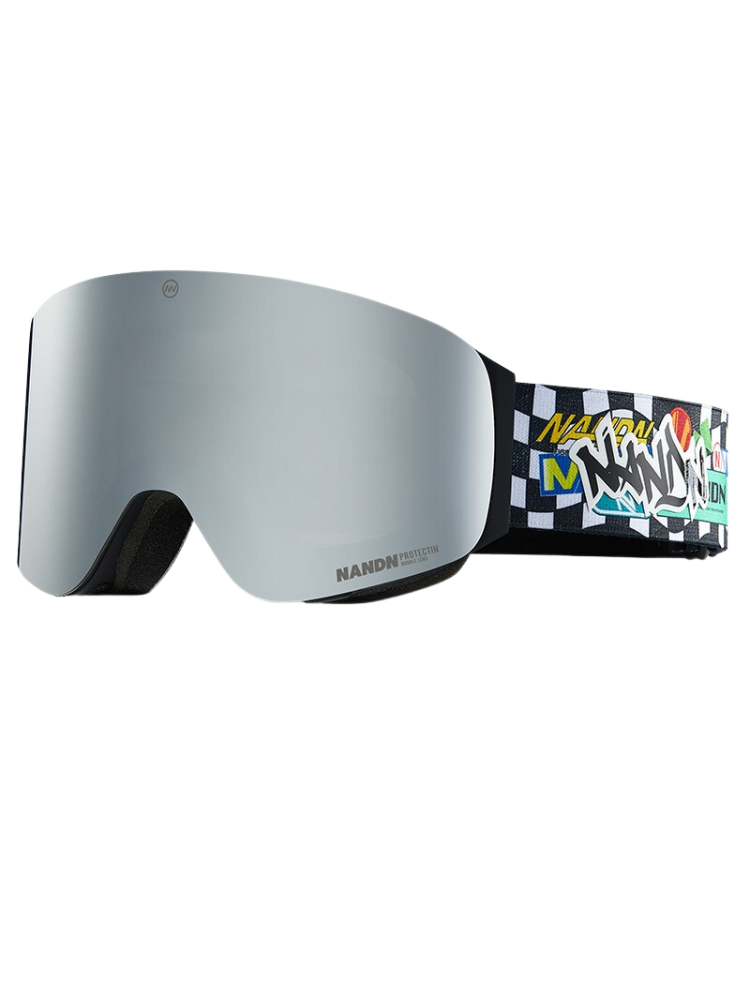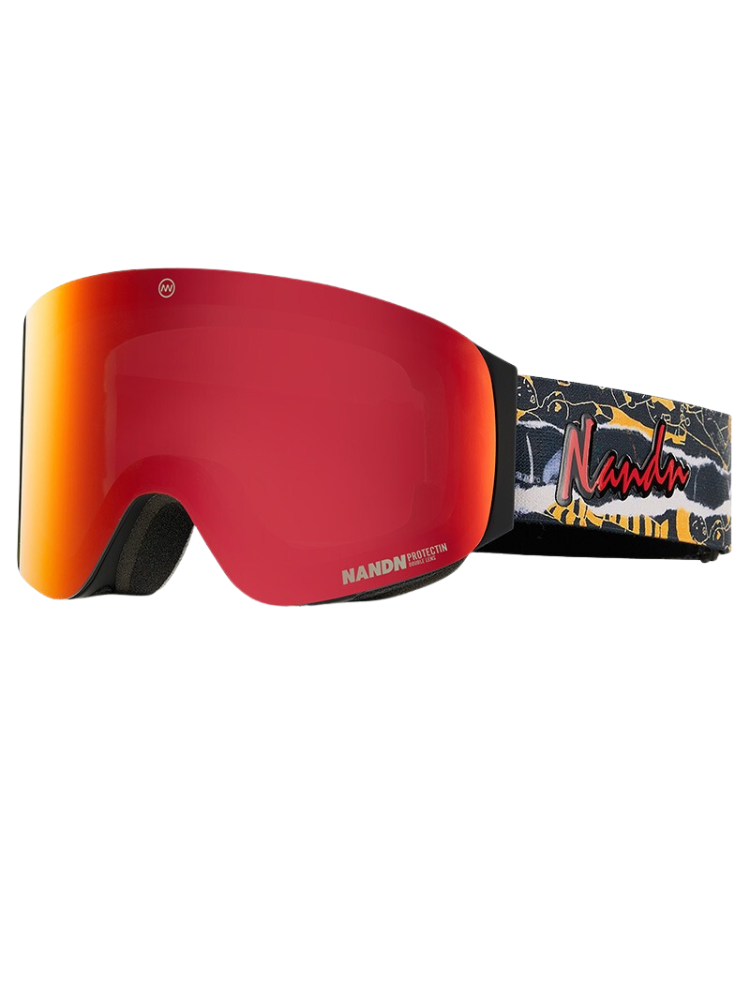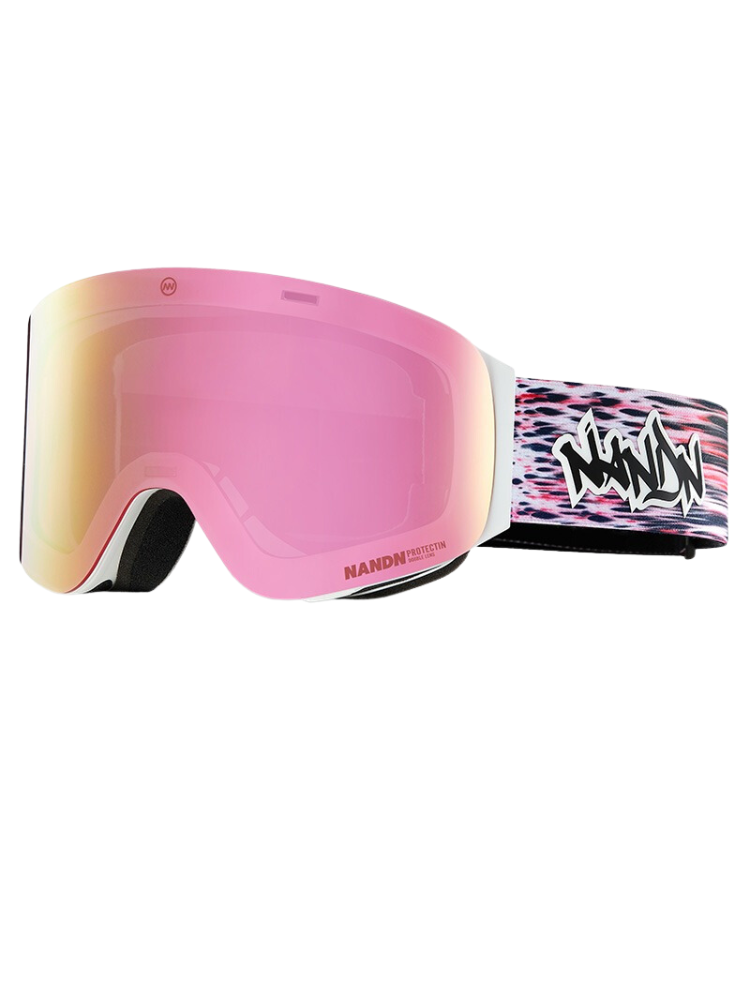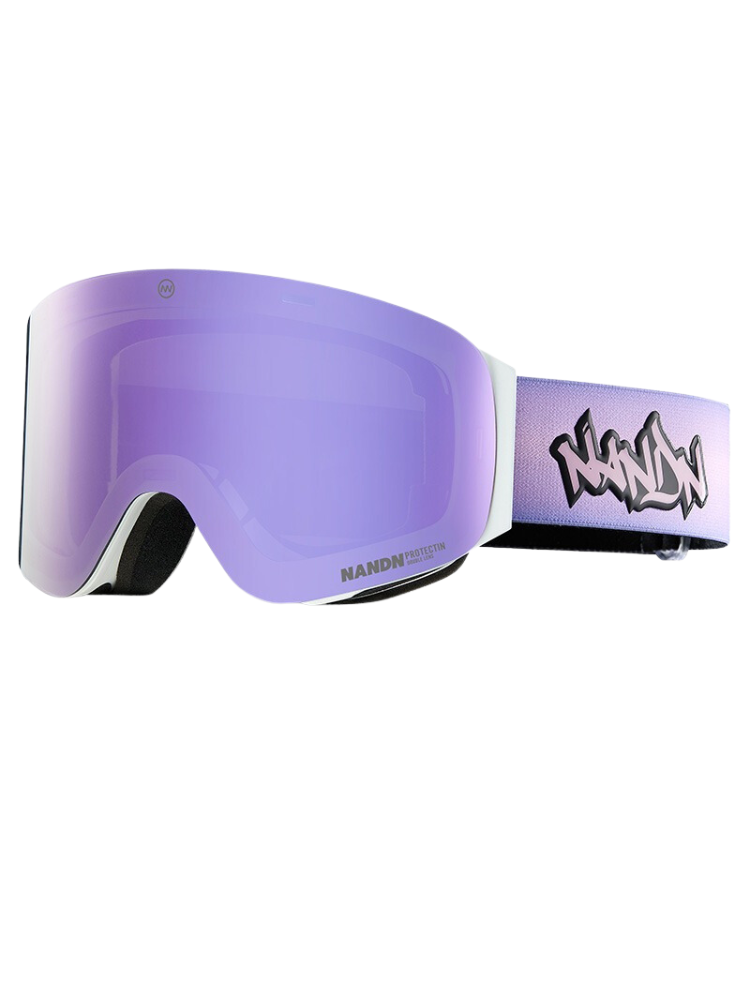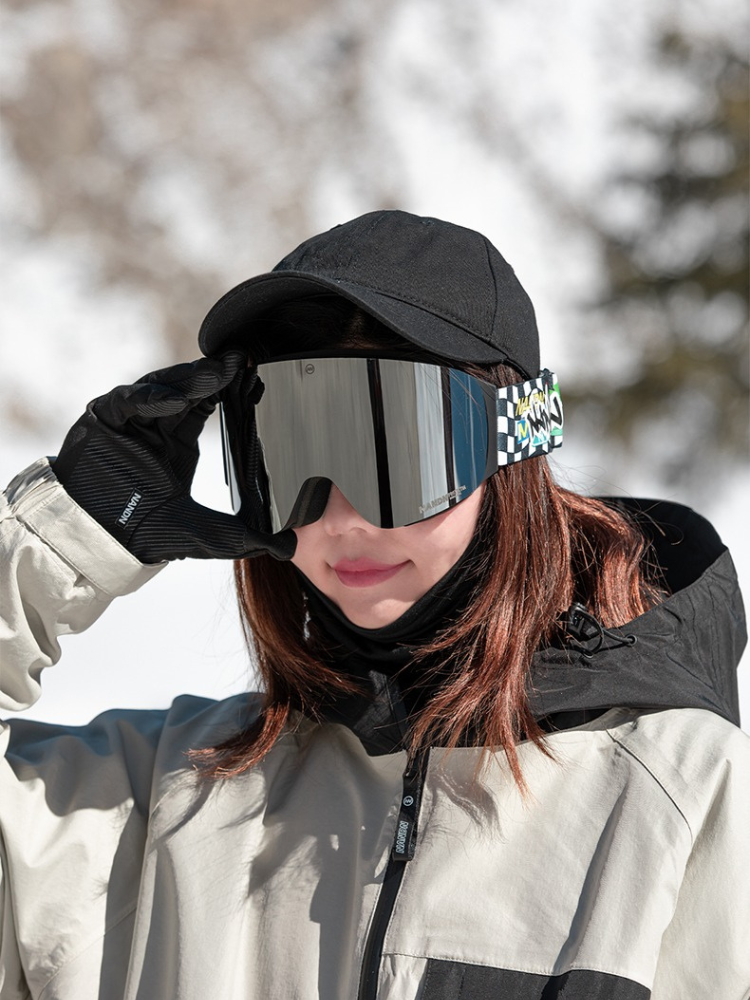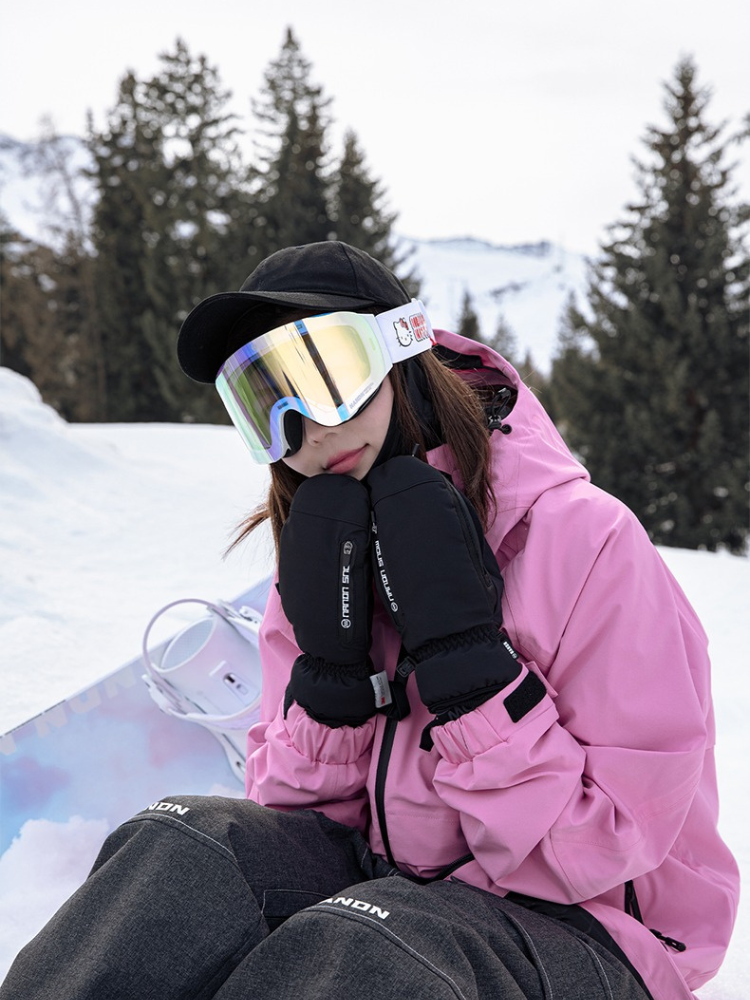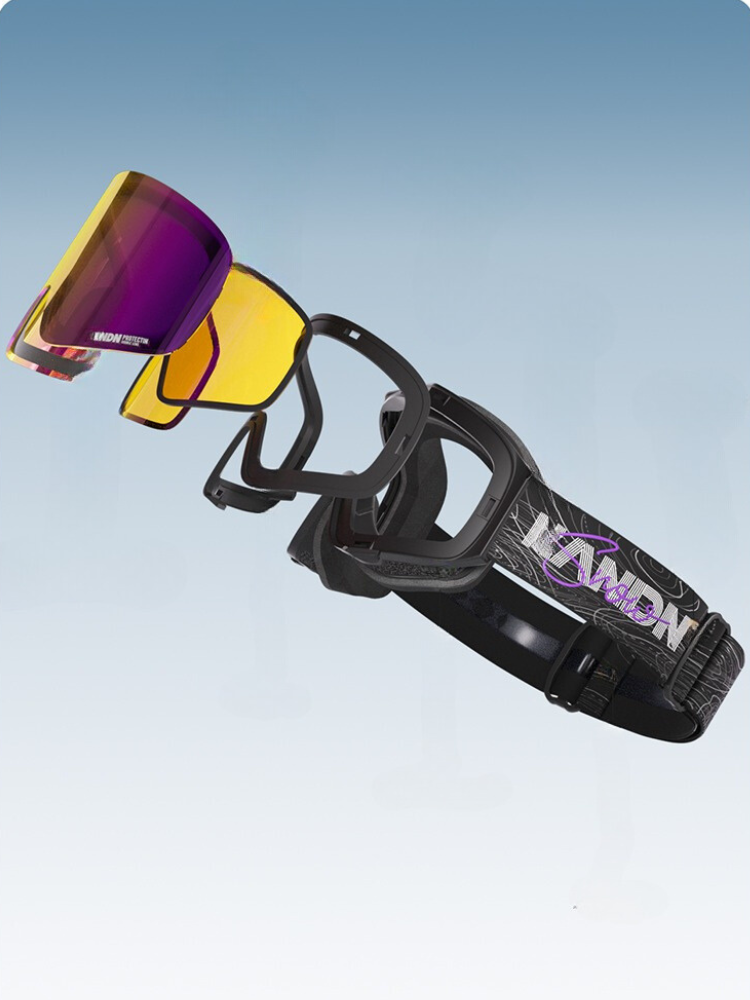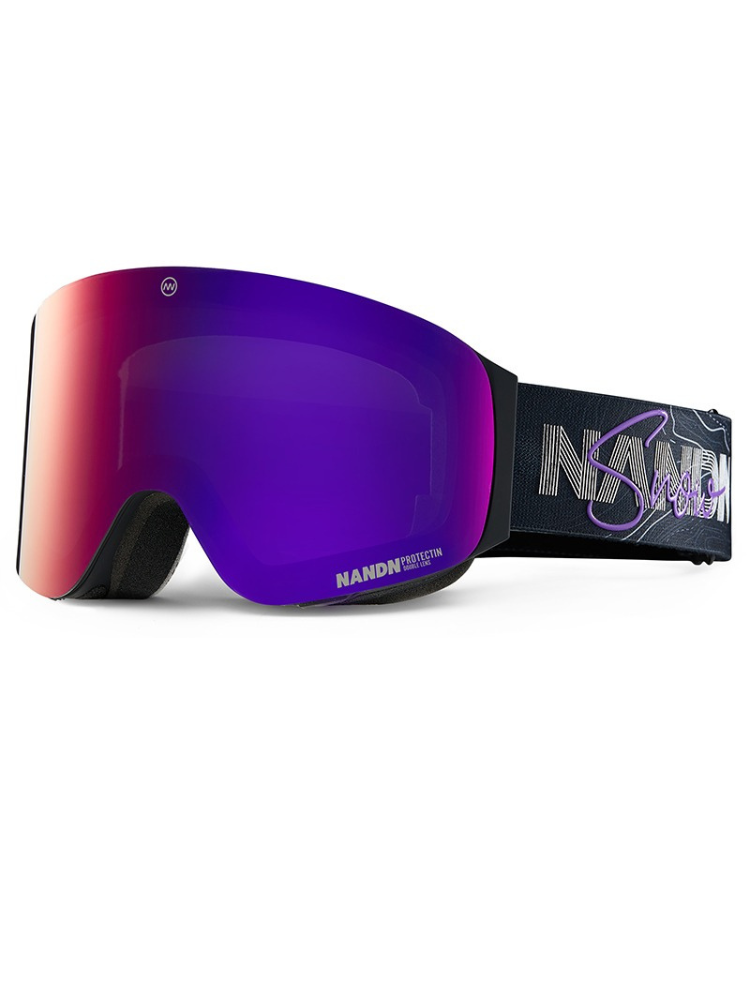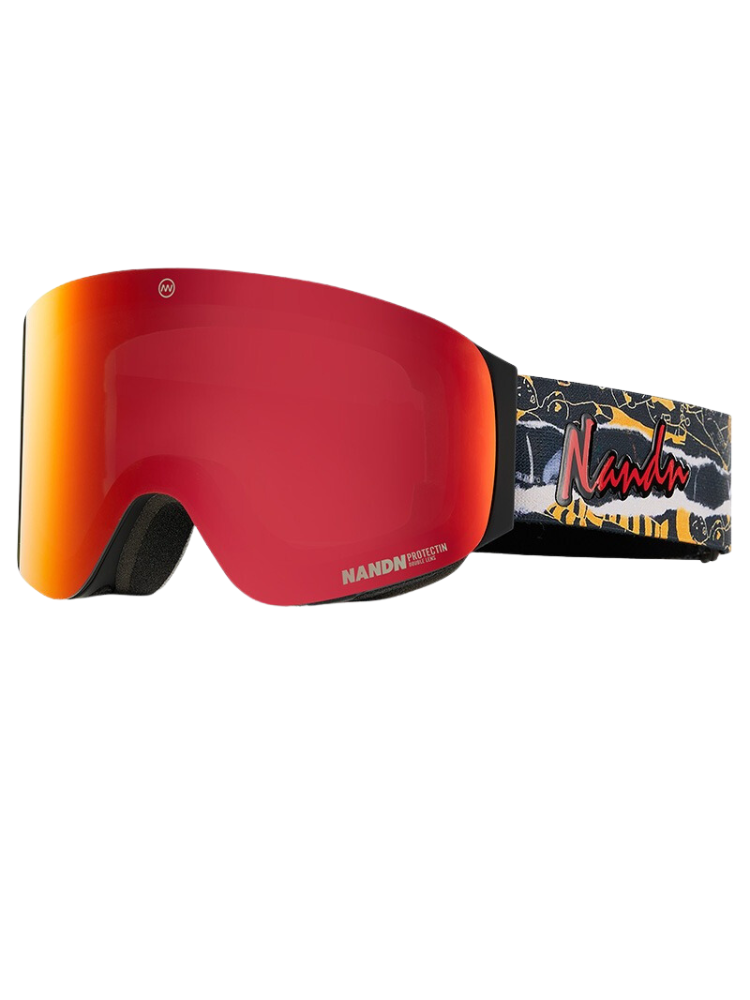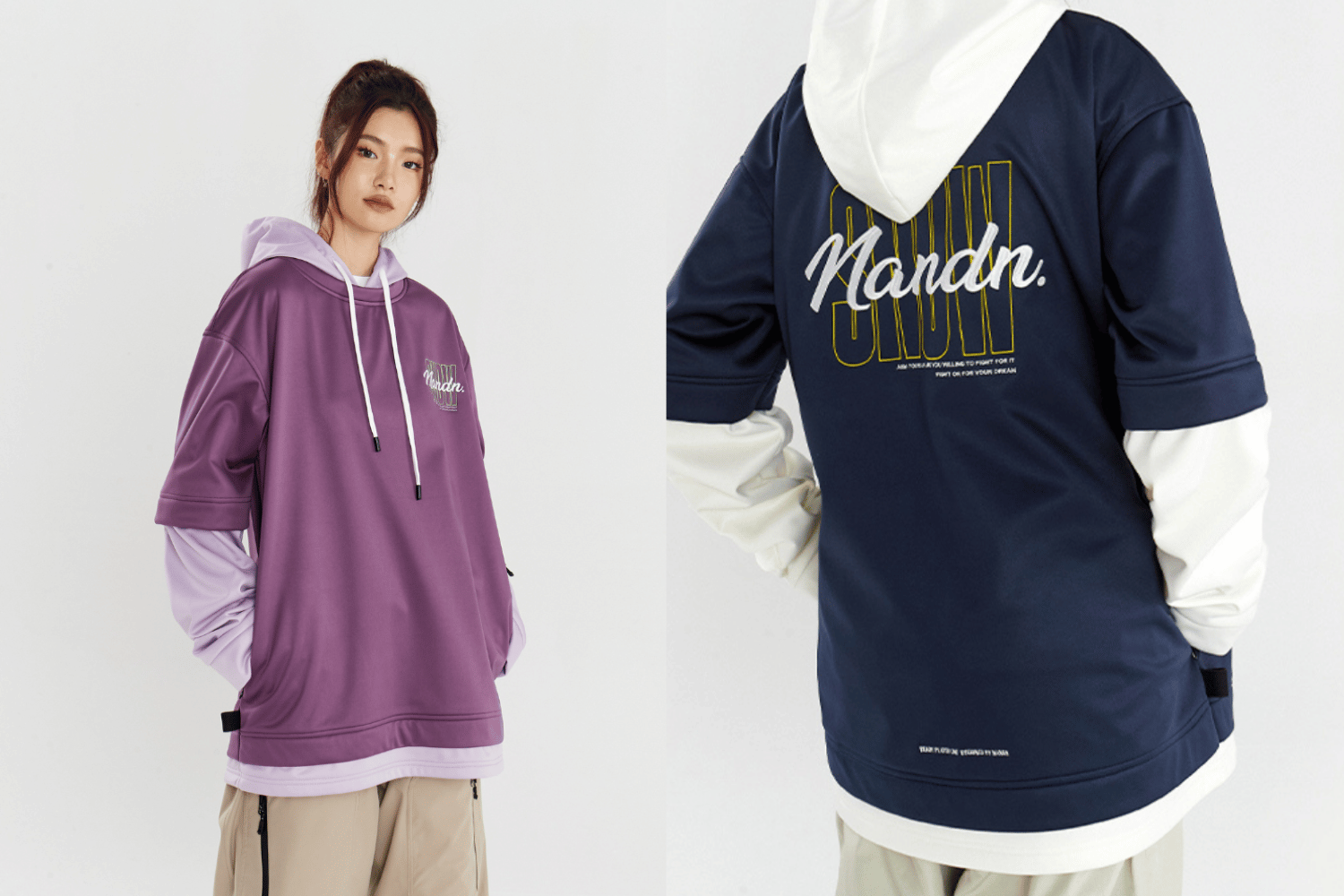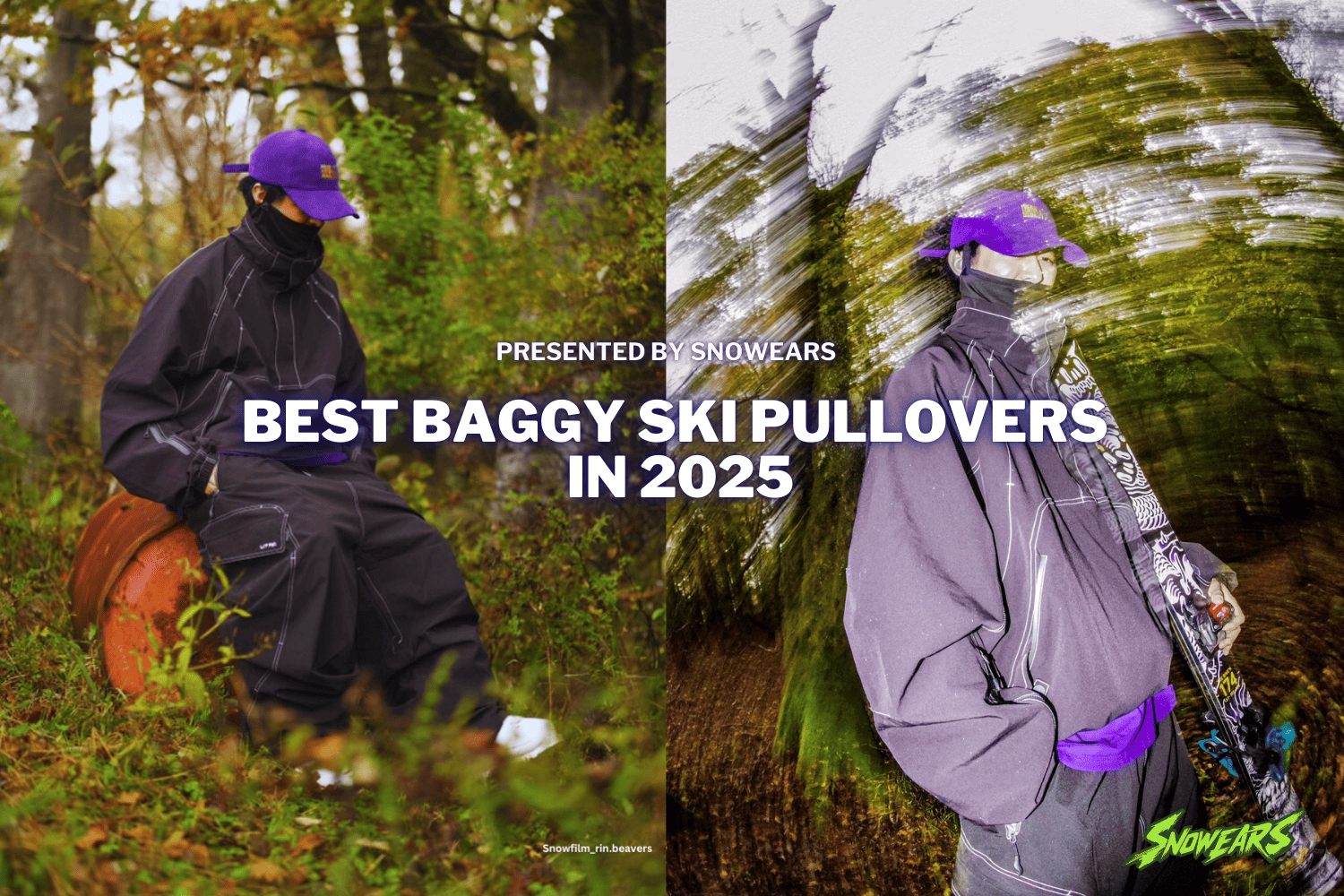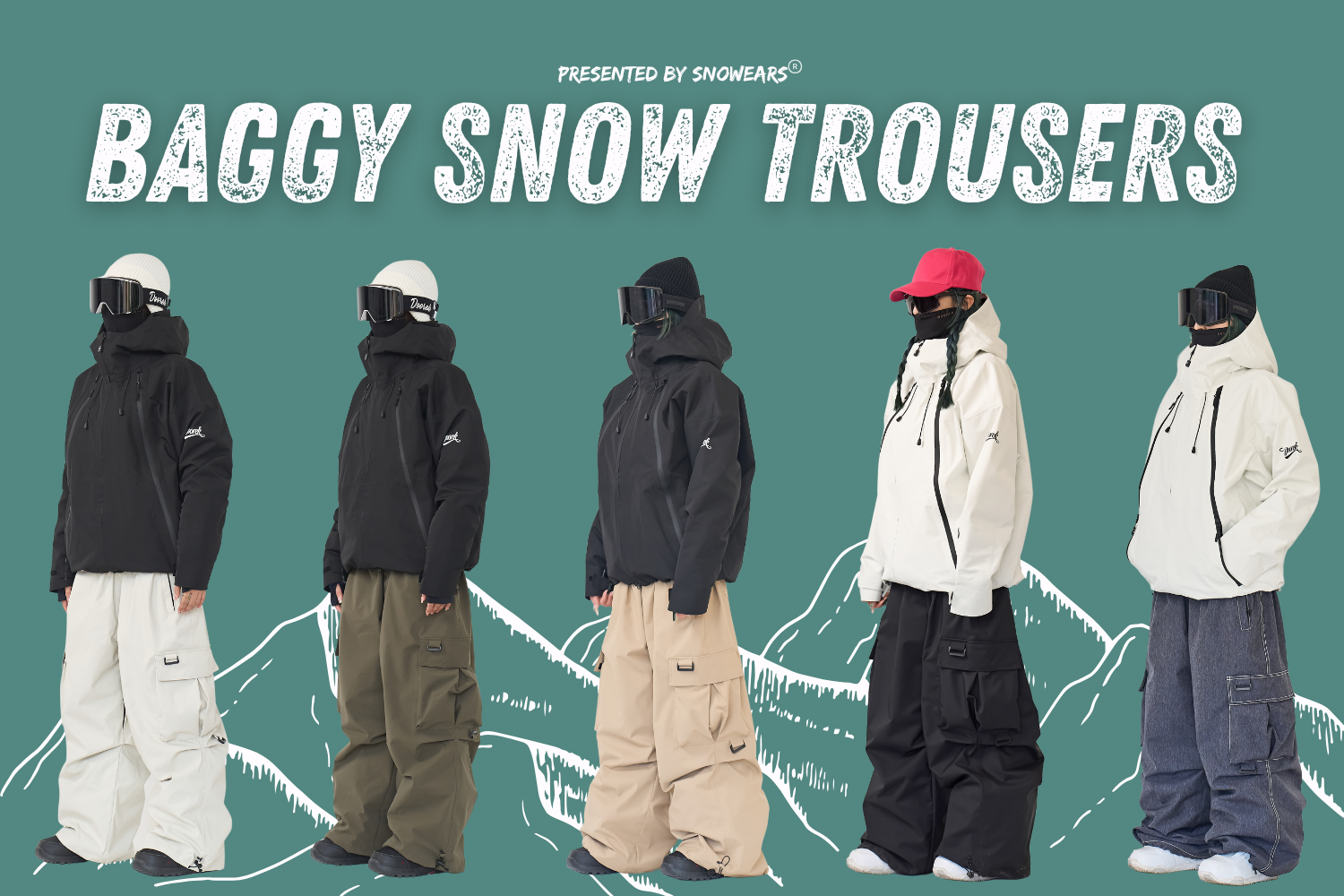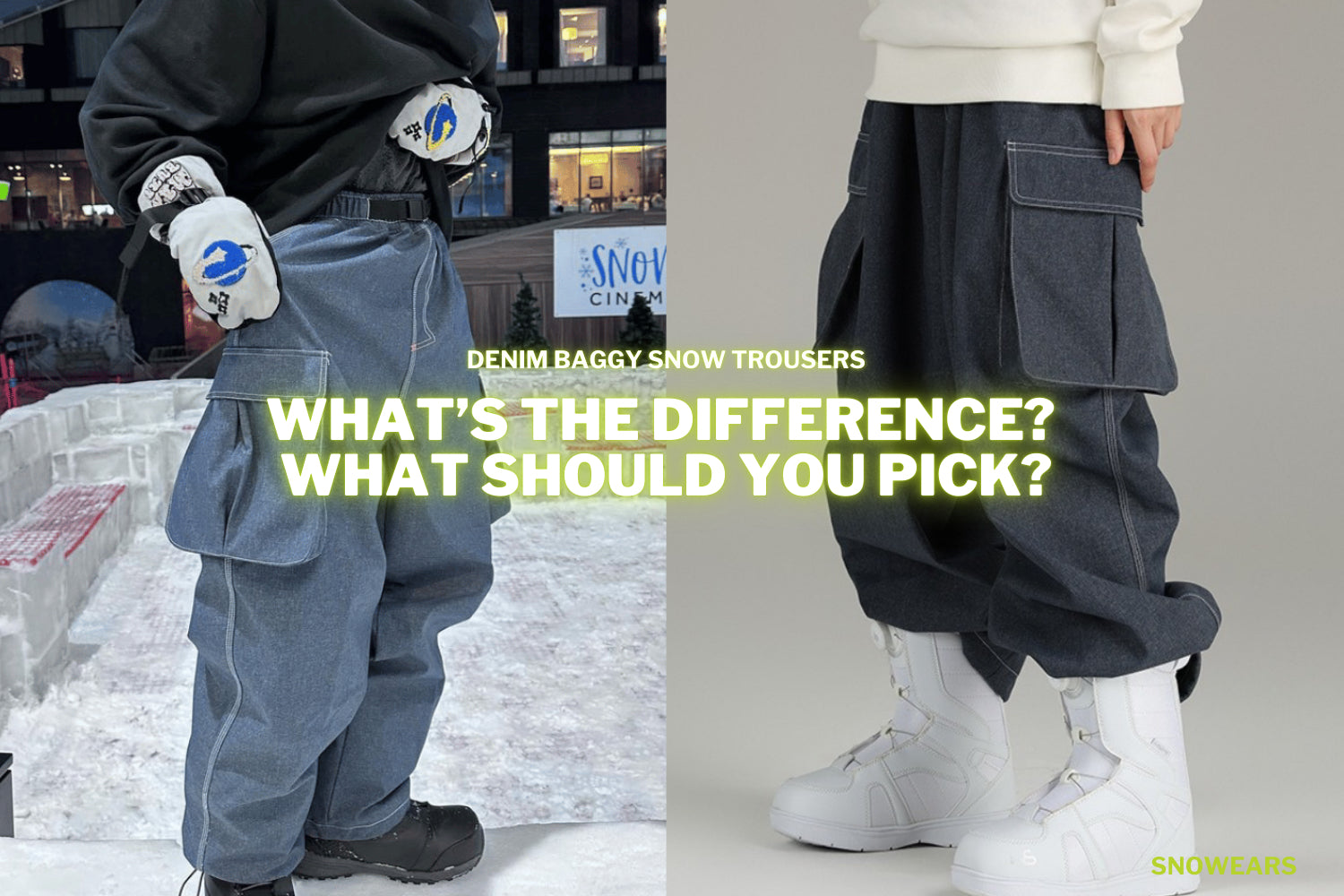Best Ski Goggles of 2025 - We Select Our Favorites | Snowears
Cecilia Wong
August 20, 2025
Best Ski Goggles of 2025 | Snowears
Pre-intro
I tested 9 products and found NANEND LumenFlash Zeiss Ski Goggles to be the best overall ski goggles.
Intro
You want the best—without the guesswork. We’ve tested dozens of models to help you find ski goggles that perform on the mountain, not just look good online.
Our #1 pick? NANEND LumenFlash Zeiss Ski Goggles. Why? Insane clarity in flat light, ultra-fast lens tint adjustment, and premium comfort that rivals goggles twice the price. It's the kind of gear that makes you forget you're even wearing it—until you realize you can still see everything in a snowstorm. No fog. No fiddling. Just a crystal-clear run, every time.
But “best” depends on you. Perhaps you’re looking for the best budget ski goggles that deliver exceptional value. Maybe you need the best women’s ski goggles with a slimmer fit. Or the best men’s ski goggles built for wider faces. Maybe you’re chasing versatility, and the best photochromic ski goggles are your jam.
Whatever your riding style, conditions, or budget, we’ve got picks that make sense for your winter.
Let’s find your perfect pair.
- Introduction
- Best Overall Ski Goggles
- Best Lens Change Ski Goggles
- Best Budget Product Ski Goggles
- Best Photochromic Ski Goggles
- Best for Large Faces Ski Goggles
- Best Fit and Comfort Ski Goggles
- Best Optics Ski Goggles
- Best Price + Performance Ski Goggles
- Most Ventilated Ski Goggles
- What To Consider When Buying Ski Goggles
- How Should I Size My Ski Goggles?
- Conclusion
Table of Content
#1 - Best Overall Product
NANEND LumenFlash Zeiss Ski Goggles
The Nanend LumenFlash Zeiss Ski Goggles combine premium clarity, functional innovation, and skier-focused comfort into a standout all-mountain package.
Designed in partnership with ZEISS for unparalleled lens quality and featuring a flip-up design that redefines on-mountain usability, these goggles are a go-to choice for those who demand high performance in all light conditions.
While the slightly bulkier frame may not appeal to minimalists, the added night vision lens and OTG compatibility offer unmatched versatility.
Pros
- Industry-leading clarity with ZEISS optics across both day and night lenses
- Flip-up lens mechanism enhances airflow and adaptability on the go
- Anti-fog coating and ventilation system deliver fog-free skiing
- OTG design accommodates prescription glasses seamlessly
- Includes a bonus low-light lens for night skiing or storm days
Cons
- Flip-up design adds slight bulk to the frame
- Premium pricing may deter budget-conscious buyers
Detailed Review
Nanend’s LumenFlash Zeiss Ski Goggles are purpose-built for the modern skier who values both clarity and convenience. At the heart of their performance is ZEISS lens technology, offering razor-sharp contrast and true-to-life color across a wide range of lighting conditions. Whether you’re charging through variable terrain or waiting out a blizzard on the lift, the optics hold strong, minimizing distortion and maximizing awareness.
Where the LumenFlash truly breaks ground is its flip-up lens design. With a simple upward motion, the lens lifts away from the face, instantly dumping heat without needing to remove your goggles entirely. This makes transitions during ascents or rest stops noticeably easier, especially in mixed conditions.
A standout goggle for everyday riders who demand premium performance without the premium price.
Score: 4.6/5
The anti-fog system is equally impressive, combining a specialized coating with strategically placed vents to keep vision clear during high-output sessions. OTG compatibility ensures a pressure-free fit over prescription glasses, and the included night lens extends usability well into dusk and stormy low-light scenarios.
Though the innovative frame is slightly bulkier than standard goggles, it never feels cumbersome, and for skiers prioritizing function, the trade-off is more than justified. These aren’t just goggles; they’re an adaptive optical system for all-mountain riding.
#2 - Best Lens Change
NANEND 3-Lens Magnetic Ski Goggles
The Nanend 3-Lens Magnetic Ski Goggles deliver unmatched optical versatility with a sunny, cloudy, and night-use lens swap system—and it’s fast.
The dual-lock magnetic mounting makes transitions seamless, and the goggles offer solid ventilation and comfort for all-day mountain use.
While slightly bulkier than single-lens models, the trade-off is complete adaptability: you're prepared no matter what the forecast brings.
Pros
- Three high-definition lenses cover bright sun, overcast, and low-light/night use
- Dual‑lock magnetic system enables quick lens swaps without struggle
- Adjustable fit stays secure through aggressive lines and lift rides
- Perfect for skiers who want one goggle for all conditions
Cons
- Slightly heavier frame than single-lens goggles
- May feel bulky under low-profile helmets
Detailed review
Nanend’s 3-Lens Magnetic Goggles are built for serious riders—those who demand top-tier optics across every light condition. Each HD lens offers precise contrast and visibility, and swapping between sunny, cloudy, or night settings takes mere seconds thanks to the dual-lock magnetic attachment. No awkward fumbling in cold, no missed runs while peeling off clips.
A swappable-lens powerhouse offering elite visibility in any weather, though not ultra-light.
Score: 4.7/5
The airflow system and anti-fog design hold up well in long sessions, and the fit stays stable even during aggressive maneuvers. Though the frame adds a slight weight penalty, it’s a fair exchange for the convenience and adaptability it provides. If you want a single goggle to handle everything from bluebird days to dusk or storm laps, the Nanend Magnetic system is a smart, all-around choice.
#3 - Best Budget Product
NANDN Dual Protection Ski Goggles
The NandN Dual Protection Ski Goggles deliver sharp optics, effective anti-fogging, and all-day comfort at a price point that undercuts the competition.
With thoughtful features like hollow anti-fog tech, adaptive lens tinting, and impact-ready frames, these goggles balance performance and affordability for recreational skiers and snowboarders alike.
However, they may fall short for pros chasing ultra-specialized gear in extreme conditions.
Pros
- Hollow Anti-Fog Technology provides long-lasting lens clarity
- Adaptive light transmission adjusts to varying light conditions
- Generous ventilation reduces lens fog and sweat buildup
- Comfortable, impact-resistant frame ideal for daily use
- Excellent value—premium tech at a mid-range price
Cons
- Not as customizable as higher-end models
- May not satisfy performance purists in extreme alpine settings
Detailed review
For those seeking premium features without the eye-watering price tag, the NandN Dual Protection Ski Goggles hit a sweet spot. The standout feature is the Hollow Anti-Fog Technology, which actively minimizes fog buildup and preserves lens clarity even during intense sessions or rapid temperature shifts.
These goggles also feature Adaptive Light Transmission, a welcome addition for those who ride in variable weather. The lens intelligently adjusts to lighting conditions, improving visibility whether the sun is peeking through clouds or completely gone.
A standout goggle for everyday riders who demand premium performance without the premium price.
Score: 4.6/5
Comfort is another area where the NandN excels. The frame is impact-resistant yet flexible, conforming well to most face shapes. A wide ventilation system helps regulate internal temperature, keeping the lens and your face dry. While some elite skiers might want finer tuning options, such as interchangeable lenses or pro-tier coatings, for the majority of recreational riders, the NandN Dual Protection goggles offer performance that far exceeds expectations for their price.
Whether you're cruising groomers or chasing powder between storms, these goggles are built to handle real-world conditions without compromise.
#4 - Best Photochromic
Glade Adapt 2
The Glade Adapt 2 punches above its price tag with a photochromic lens, plush foam, and solid ventilation—all for under $150. It’s a “one lens does it all” setup that works great in shifting light.
Downsides? A chunky frame that narrows your downward view and a lens that can lean too dark on cloudy days. But if you’re chasing value and convenience, this goggle delivers.

Pros
- Excellent price for a photochromic goggle
- Triple-layer foam feels premium and fits snugly
- Vents move air and prevent fog buildup
- Solid VLT range (16–61%) covers most conditions
Cons
- The lens can feel too dark in overcast or mixed light
- Thick frame limits downward visibility
- Standard size looks oversized on medium/small faces
Detailed review
The Adapt 2 proves that you don’t need a big brand to get big performance. At $149, you’re getting a legit photochromic lens that shifts with the light, meaning fewer lens swaps and less gear to pack.
The tint does run dark in low light, but for most riders, it’s a set-it-and-shred option that works across conditions.The comfort is surprisingly deluxe—triple-layer foam and a flexible frame keep pressure off your face. Venting is another win, with smart cutouts and enough space between your skin and the lens to keep things fog-free.
A killer deal for light-adaptive tech and all-day comfort, though the bulky frame limits your view.
Score: 3.4/5
The trade-off? A thicker frame that cuts into your peripheral vision, especially when glancing down. And while Glade offers a smaller size, the standard Adapt 2 looks bulky on mid-sized faces.
Still, if you’re after the best budget ski goggles with photochromic performance, the Adapt 2 is hard to beat.
#5 - Best for Large Faces
Oakley’s Flight Deck L
Oakley’s Flight Deck L nails the essentials for resort riders who value a massive field of vision and clean, frameless style. With Prizm lens tech and an ultra-wide spherical lens, the optics are top-tier.
But the old-school lens-swap method and single-lens setup mean it’s best for folks who pick one tint and stick with it.

Pros
- Huge, uninterrupted field of view—peripheral vision is excellent
- Comes with Oakley’s high-contrast Prizm lens tech
- Fits well with most helmets and prescription glasses
- Solid ventilation that cuts down on fog, even during warmer laps
Cons
- Only one lens included—choose your VLT carefully
- Lens changes are slow and frustrating
Detailed review
The Flight Deck L has been Oakley’s top dog for years, and it shows. The oversized spherical lens offers killer visibility in every direction, especially out to the sides. You also get that signature Prizm clarity, which helps terrain pop in flat light. It’s a great fit for medium-to-large faces, and it works with most helmets and even prescription glasses.
A stunner in the field of view and optical clarity, the Flight Deck L hits hard on visuals, but swapping lenses is a chore, and you only get one.
Score: 3,7/5
Ventilation is strong, too—fogging wasn’t a problem in our tests, even during spring laps. But where this goggle stumbles is flexibility. You only get one lens in the box, and switching it out is... not fun. The system hasn’t kept up with newer magnetic designs, and unless you’ve got the patience (and fingernails) for it, we recommend doing swaps at home, not on the chairlift.
For riders who rarely change lenses and want an edge-to-edge view with premium optics, the Flight Deck still earns its spot in the lineup. Just know what you’re signing up for: style, clarity, and comfort, minus the convenience.
#6 - Best Fit and Comfort
REV Sports Asain Fit Goggles
The REV Sports Asian Fit Goggles offer a refined balance between form and function. Featuring a sleek frameless design and magnetic interchangeable lenses, these goggles are engineered for long days on the mountain, especially for riders prioritizing fit, comfort, and wide peripheral vision.
With a fit tailored to lower nose bridges and narrower faces, they eliminate common pressure points without compromising on visibility.
Still, rapid lens swaps in stormy weather could be smoother compared to premium high-end quick-swap systems.
Pros
- Frameless construction offers an expansive field of view with modern, low-profile styling
- Magnetic lens system makes changing tints relatively hassle-free
- Asian fit design ensures better face conformity and all-day comfort
- Lightweight build ideal for travel and multi-resort trips
Cons
- Lens magnetism is solid, but not the strongest—careful handling needed during swaps
- Not suited for skiers frequently changing lenses mid-descent
Detailed review
The REV Sports Asian Fit Goggles stand out in a crowded goggle market by delivering comfort-first performance without skimping on visual clarity. Built with a frameless profile and magnetic lens-swapping system, they maximize peripheral awareness while keeping a sleek, minimalist look.
Riders with smaller facial structures or lower nose bridges will appreciate the secure, pressure-free seal, especially over long sessions or in varied alpine conditions.
Clean aesthetics meet functional brilliance in these all-mountain goggles built for clarity and comfort. Great for most resort riders, although not the best choice for those who constantly change lenses mid-run.
Score: 4.6/5
The optics are crisp, and the tint options handle flat light well. While the magnetic lens system works smoothly under calm conditions, it may require extra care during mid-run changes in heavy snow or wind. Still, the included travel pouch and durable construction make these a strong companion for those hitting multiple destinations in a season.
Ideal for resort riders and weekend warriors looking for comfort, style, and clarity in a single package, these goggles check nearly all the boxes without the premium price tag of big-name competitors.
#7 - Best Optics
The Smith I/O Mag
The Smith I/O Mag goggles bring top-tier optics and an intuitive lens-swap system to a wide audience, with three sizes and a low-bridge fit option.
You get ChromaPop lenses that make flat light feel less flat and a magnetic lens system that’s dead easy, even with gloves on. But at $275, you're paying for refinement, not a steal.

Pros
- Crystal-clear ChromaPop lenses (and two included)
- Snappy magnetic lens-change system that just works
- Comes in three sizes and low-bridge fits
- Plush, face-hugging comfort for long days
Cons
- Expensive compared to solid mid-range options
- The field of view is decent, but not mind-blowing
Detailed review
The I/O Mag is Smith’s dependable crowd-pleaser—great lenses, glove-friendly swaps, and dialed comfort. The ChromaPop optics are sharp across changing light, and the lens options are deep.
The magnetic release system is fast and satisfying, backed by levers that lock things down. Fit-wise, there’s something for everyone: standard, small (S), XL, and even low-bridge versions.
Sleek, sharp, and dead-reliable—Smith’s I/O Mag is still a resort favorite, though there are better deals if you're hunting value.
Score: 4.2/5
Still, there are trade-offs. The price feels high considering the field of view is just okay, and rivals like the Giro Axis offer more bang for your buck.
But if you want a premium experience that just works—and looks sharp doing it—the I/O Mag still deserves a spot on your gear list.
#8 - Best Price + Performance
NANDN New Tech Magnetic Lens Goggles
The NANDN New-Tech Magnetic Lens Goggles are a perfect storm of practicality and price. They deliver a surprisingly comfortable experience thanks to their intuitive flip-up lens, fog-fighting ventilation, and adaptive Revo photochromic optics.
While they skip the ultra-wide view or brand cachet of high-end options, they more than make up for it with comfort, usability, and value. These are the goggles you grab when you want dependable, do-it-all performance, without the premium price tag.
Pros
- Flip-up lens offers instant ventilation and glove-friendly use
- Revo Photochromic Serilium+ lenses adjust to light for versatile visibility
- The magnetic lens system is simple and secure
- Vented frame minimizes fog on warm days or stormy ones
- Excellent value for casual and intermediate riders
Cons
- Not as much peripheral vision as oversized cylindrical lenses
- Fewer lens tint options compared to pricier models
Detailed review
Let’s be honest—ski goggles are one of the easiest places to overspend. The. NANDN New-Tech Magnetic Lens Goggles change that. These are not just another budget option—they’re a genuinely well-thought-out piece of gear, ideal for riders who value utility over flashy logos.
Their standout feature? The flip-up lens. Whether you're catching your breath on the lift or adjusting for changing visibility mid-run, the design adds an extra layer of control that most goggles don’t offer. Pair that with Revo’s light-adaptive Serilium+ lenses and you get solid contrast, clear visuals, and fewer lens swaps throughout the day.
Feature-packed and freakishly functional for the price. A smart pick for budget-conscious skiers who still want pro-grade performance.
Score: 4.6/5
Venting is another win here. The Air-Vent frame channels moisture away before fog becomes a problem, even during warm spring laps. And with a secure magnetic attachment system, lens handling feels slick—no fumbling around with frozen fingers.
These aren’t goggles for high-alpine expeditions or ultra-wide POV chasers—but for 90% of skiers? They deliver standout performance for a seriously friendly price.
#9 - Most Ventilated
Julbo Lightyear Goggle
The Julbo Lightyear is engineered for skiers who struggle with goggle fog—its standout SuperFlow Pro lens hinges away from the face to maximize airflow. This unique design is ideal for high-output touring or steamy bootpacks.
But with only one non-removable lens and average clarity, it’s a niche pick that prioritizes breathability over versatility.

Pros
- Unrivaled airflow from Julbo’s hinged SuperFlow vent system
- Wide, immersive field of view in a compact frame
- Minimalist, no-fuss aesthetic that pairs well with helmets
Cons
- Non-replaceable photochromic lens limits long-term use
- Only available in one frame size
- Lacks extras like a goggle wipe or spare lens
Detailed review
Julbo’s Lightyear goggle is in a league of its own when it comes to airflow. The SuperFlow Pro hinge system lets the lens pull away from the frame to vent hot air before it fogs up.
It’s a game-changer for sweaty uphill missions or storm days where staying fog-free is mission-critical. When it’s time to drop in, magnets snap the lens back into place with ease.
That innovation comes at a trade-off. The Lightyear only ships with one permanently fixed photochromic lens—no swapping tints or replacing worn-out optics.
Elite-level ventilation with a clever hinged design, but the fixed photochromic lens and middling optics won’t suit everyone.
Score: 3/5
While the 0–4 range covers most conditions, we found the lens skewed dark in variable light. Combined with middling optical clarity for the price, it’s not a goggle for die-hard visual purists.
Bottom line: The Lightyear isn’t built for everyone, but if ventilation is your top priority, it’s one of the smartest designs available. Just be ready to commit to the lens it comes with.
What To Consider When Buying Ski Goggles
Finding the right ski goggles isn’t always straightforward. With so many shapes, fits, lenses, and features out there, it’s easy to get overwhelmed. And while we always recommend trying goggles on in person if you can, it helps to understand what matters before you start comparing.
That’s why we’ve put together a clear breakdown of how we test each model—so you know what to look for, and what makes a real difference out on the mountain. From lens clarity to all-day comfort and fog resistance, we’ve dialed in the most important factors based on years of hands-on experience in all kinds of conditions.
Whether you're shopping for your first pair or upgrading for the season ahead, our approach is designed to help you make a smarter, more confident decision, without needing a gear tech by your side.
Overall
Our overall score weighs what matters most: price, performance (based on intended use), construction quality, comfort, and standout features. High-scoring goggles aren’t just elite—they’re smart buys, even at the budget end. They either outperform their price tag or flat-out outperform, period.

For most skiers, we recommend aiming for above-average overall scores—they’re usually worth it. That said, lower-rated models still earned their spot on our list. They may be less versatile, but they’re still worth considering if you ride in consistent conditions or have a specific fit or use case.
Optical Quality
This one’s all about the lens. Top scorers deliver sharp color, crisp contrast, and terrain-defining clarity—even in flat light. We also weigh how many lens options are available for different VLT needs. Models like the NANEND LumenFlash Zeiss Ski Goggles boost year-round versatility.

Price doesn’t directly impact this score, but let’s be honest—better lenses usually cost more. That said, there are exceptions. Frequent riders (especially in variable weather) should spend time here. Fair-weather skiers can get away with less.
4-5
Sharp contrast, accurate colors, and multiple lens tint options.
2.5-3.5
Decent clarity, limited tints, or slightly distorted color perception.
0-2
Flat, foggy visuals with minimal lens choices.
Field of View
Put a goggle on, and this is what you feel first—how much of the frame you see, how deep your periphery goes, and whether you can peek at your chest pocket without tilting your head.

Bigger lenses usually win here, but premium smaller fits can also punch above their size. We prioritize goggles that disappear once you put them on.
4-5
Borderless feel, with minimal frame or foam in view.
2.5-3.5
Good, but some frame in the periphery or slightly tunnel-like.
0-2
Noticeably cramped or restricted—visibility becomes a compromise.
Lens-Change System
Nearly every goggle today has swappable lenses—some make it painless, others… not so much. Our rating reflects how quickly and cleanly you can swap lenses (without fogging or fingerprinting everything).

Before prioritizing this score, ask: Will you be changing lenses? If yes, especially midday or on a lift, a high score matters. If not, save the money and keep it simple.
4-5
Magnetic or tool-free swaps in seconds, even with gloves on.
2.5-3.5
Swappable, but clunky or slow.
0-2
Fixed lenses or frustrating to replace—YouTube tutorials likely required.
Comfort
Comfort isn’t just foam-deep. It’s how a goggle feels three hours in, not just in the shop. Top scores go to frames that contour well, feature plush triple-layer foam, and balance weight for all-day wear.

Poor fits can cause gaps or hotspots, especially around the nose and cheekbones.Proper sizing and bridge fit play a big role, so match the frame to your face shape.
4-5
Plush foam, adaptable frame, and all-day wearability.
2.5-3.5
Decent feel, but some rigidity or average foam.
0-2
Budget comfort—expect pressure points or fit issues.
Ventilation
Fog is the enemy of good skiing. Ventilation ratings are based on field testing in everything from wet storms to sweaty bootpacks. While layering and helmet choice matter, some goggles simply vent better than others.

4-5
Excellent venting and durable anti-fog coatings.
2.5-3.5
Adequate airflow with proper use, but not foolproof.
0-2
Poor ventilation = frequent fog, especially on warmer days.
Sustainability
Most goggles lag in this department, but we rate for effort. We look at materials (recycled foams, frames, straps), lens replaceability, packaging, brand-level carbon reporting, and whether an annual sustainability report is published. Small things add up. Brands that go beyond greenwashing score higher.

4-5
Recycled materials + strong brand transparency = top rating.
2.5-3.5
Partial effort, decent but improvable.
0-2
Minimal to no sustainable design or reporting.
How Should I Size My Ski Goggles?
Ski goggles are designed to flex and adapt to your face, but the right fit still makes a big difference. Start by identifying your face size—small, medium, or large—and narrow your options accordingly (brands typically include this in their specs). A goggle that’s too small can cut off your peripheral view, while an oversized fit may not seal properly or press against your nose.
Many skiers size up slightly—say, from medium to medium/large—for improved visibility and comfort. Larger lenses enhance your field of view, which boosts both confidence and on-mountain awareness.
If you have a lower nose bridge or prominent cheekbones, consider a low-bridge fit. These goggles add extra foam around the nose for a snug, fog-free seal. Inclusive fit options have become standard among top-tier models, like the Nanend LumenFlash Zeiss Ski Goggles, which offer exceptional coverage, OTG compatibility, and a secure fit for a range of face shapes.
People Also Read
Conclusion
After testing dozens of models across every snow condition imaginable, the NANEND LumenFlash Zeiss Ski Goggles came out on top for their unbeatable blend of clarity, fit, and next-gen lens tech. The Zeiss optics deliver razor-sharp contrast in low light and full sun without ever needing a swap, while the adaptive photochromic lens means you can forget about switching lenses mid-mountain.
Add in premium ventilation, a universal face fit, and storm-ready durability, and it’s clear why this is our top pick for 2025.
Whether you’re chasing deep powder or racking up chairlift laps, these goggles are the one-quiver solution for most skiers and riders. If you're ready to invest in a goggle that nails comfort, performance, and visibility in one sleek package, grab the NANEND LumenFlash Zeiss Ski Goggles now while it’s still in stock.
FAQs
Have Any Questions?
We are here to answer all of your queries



